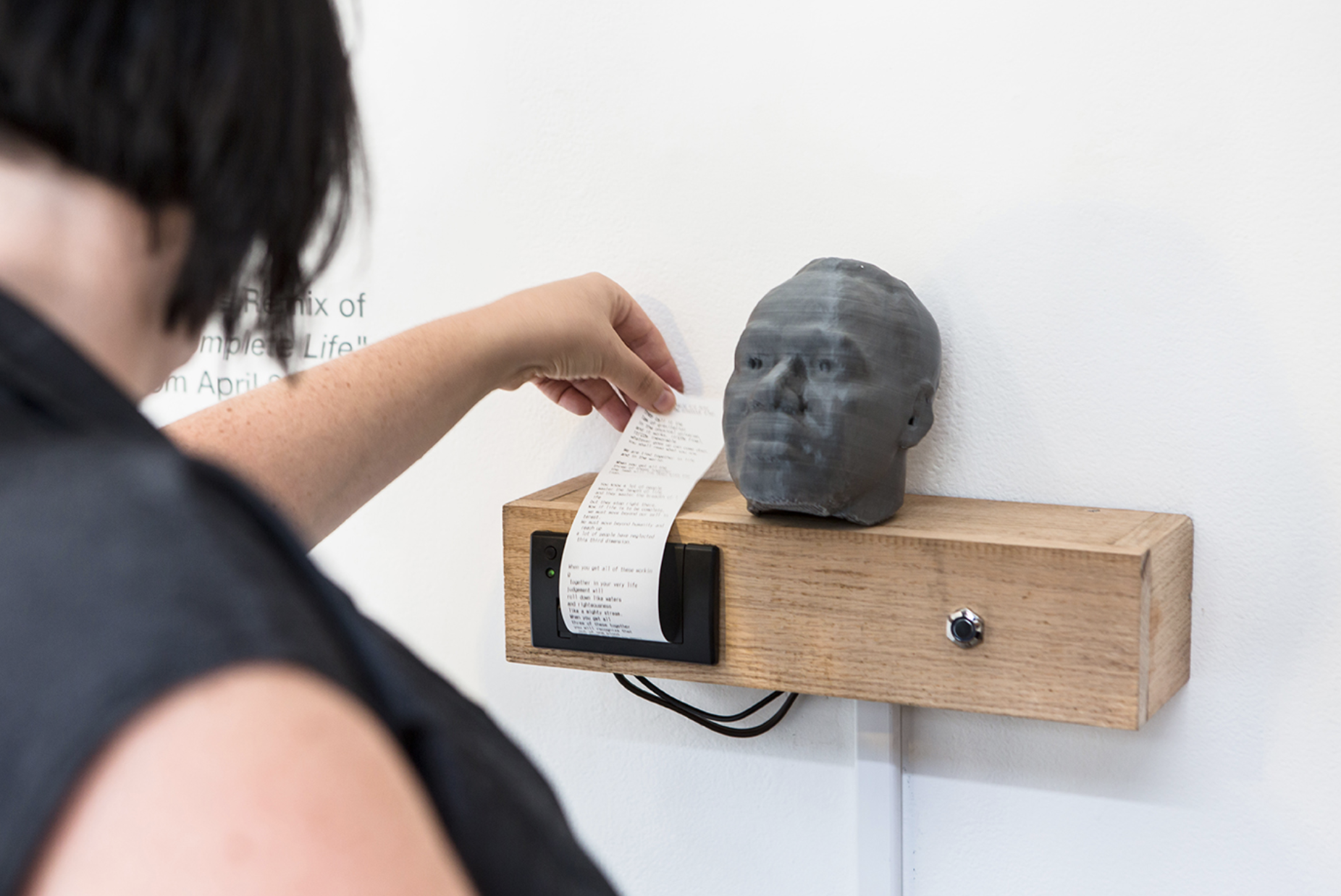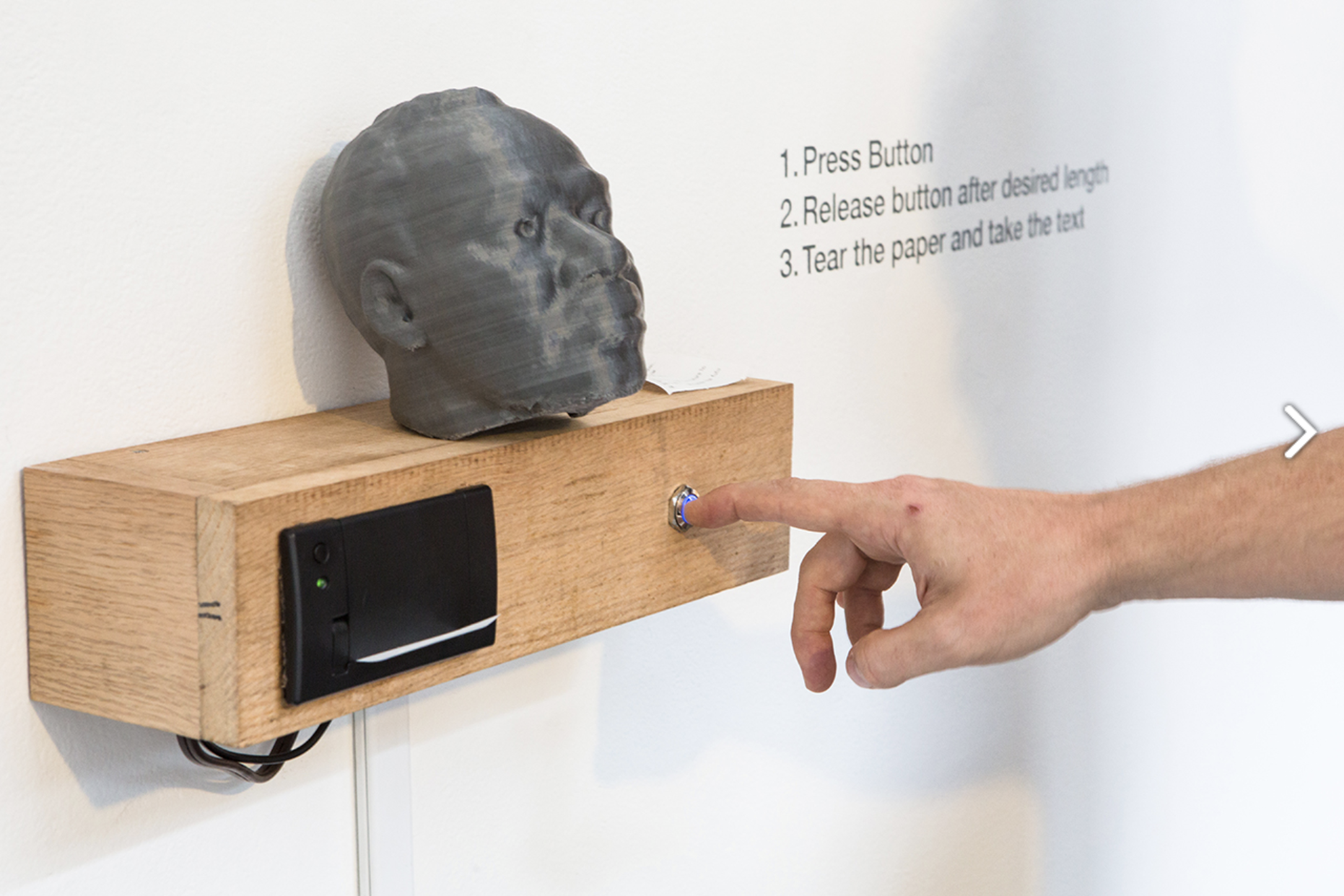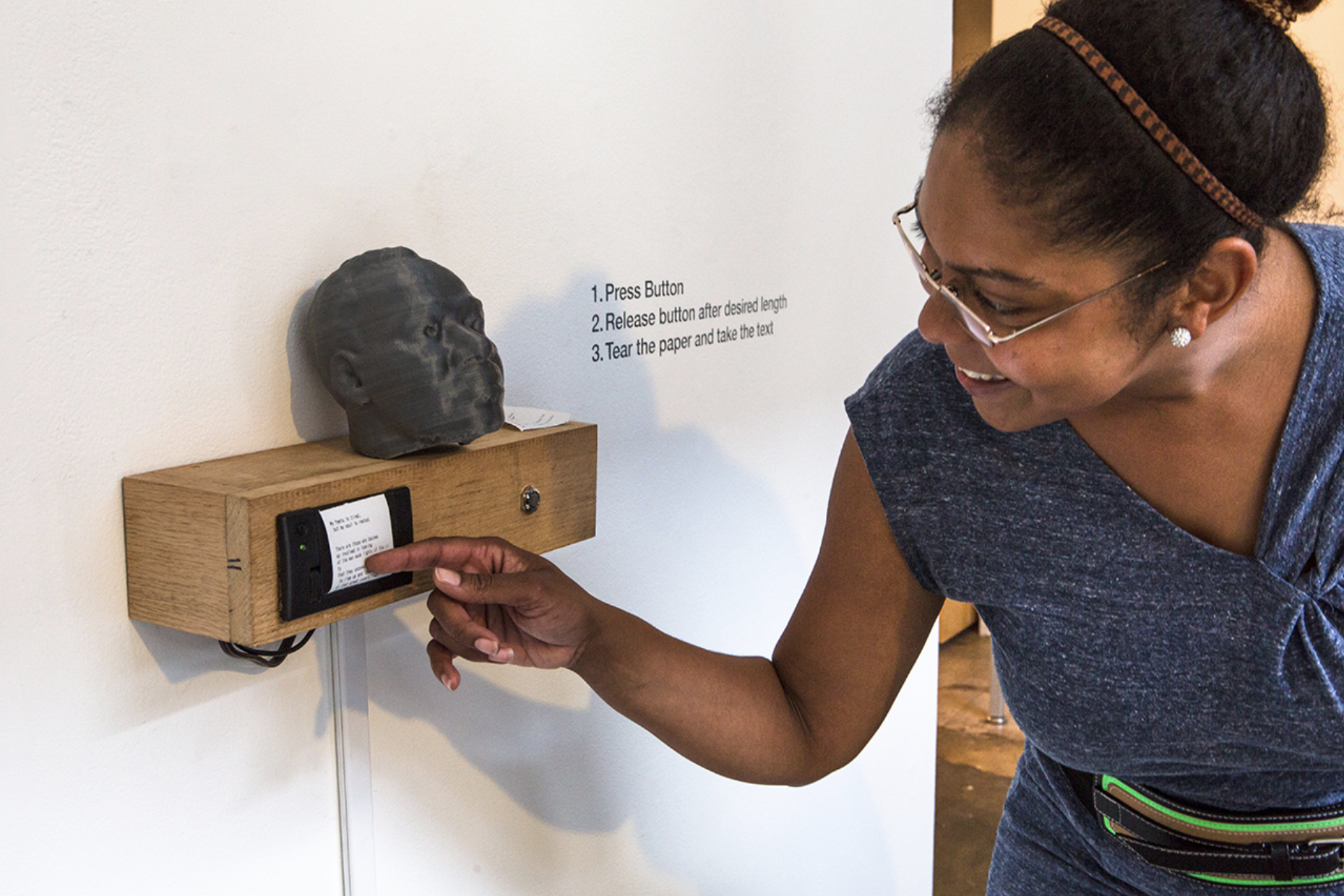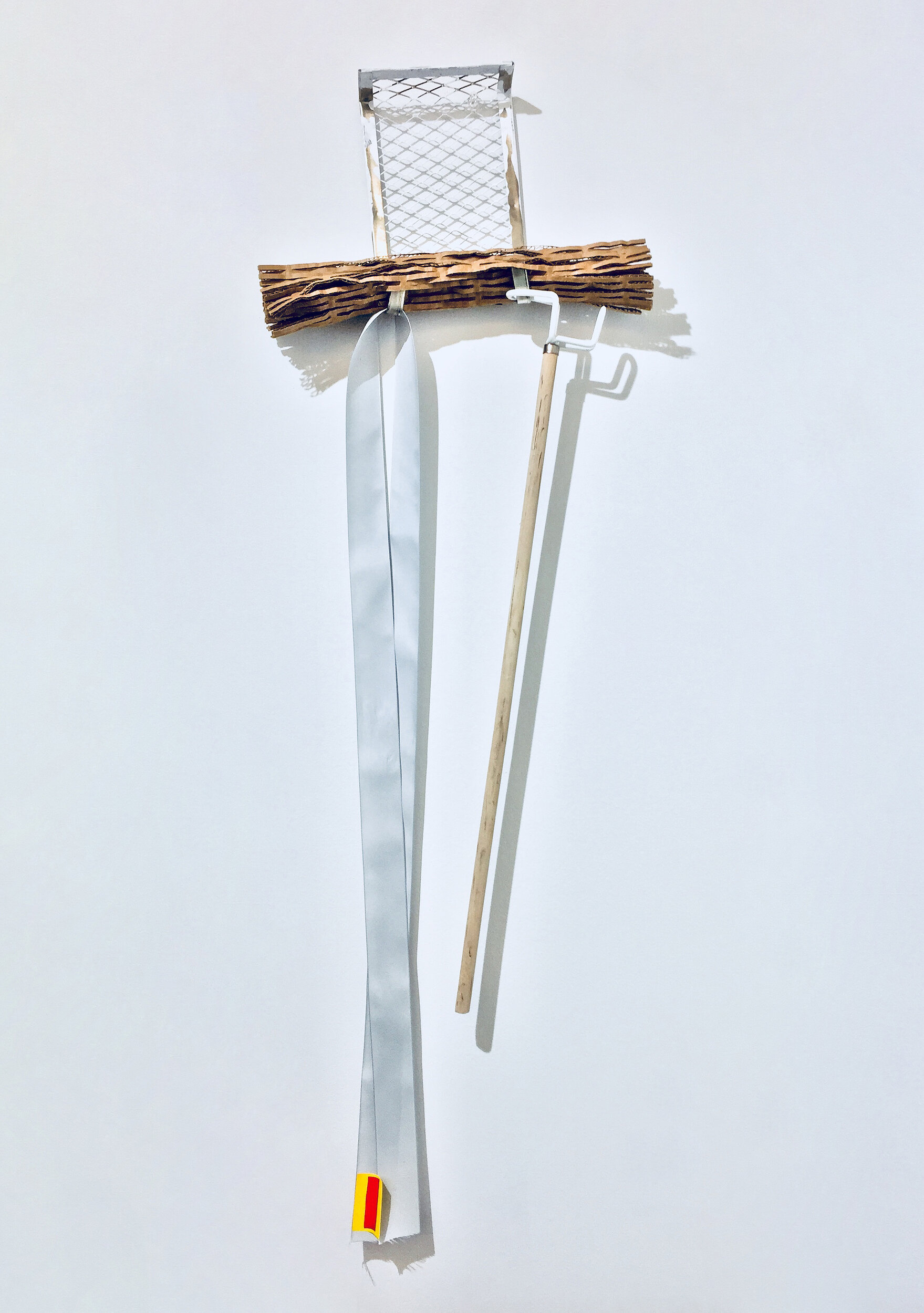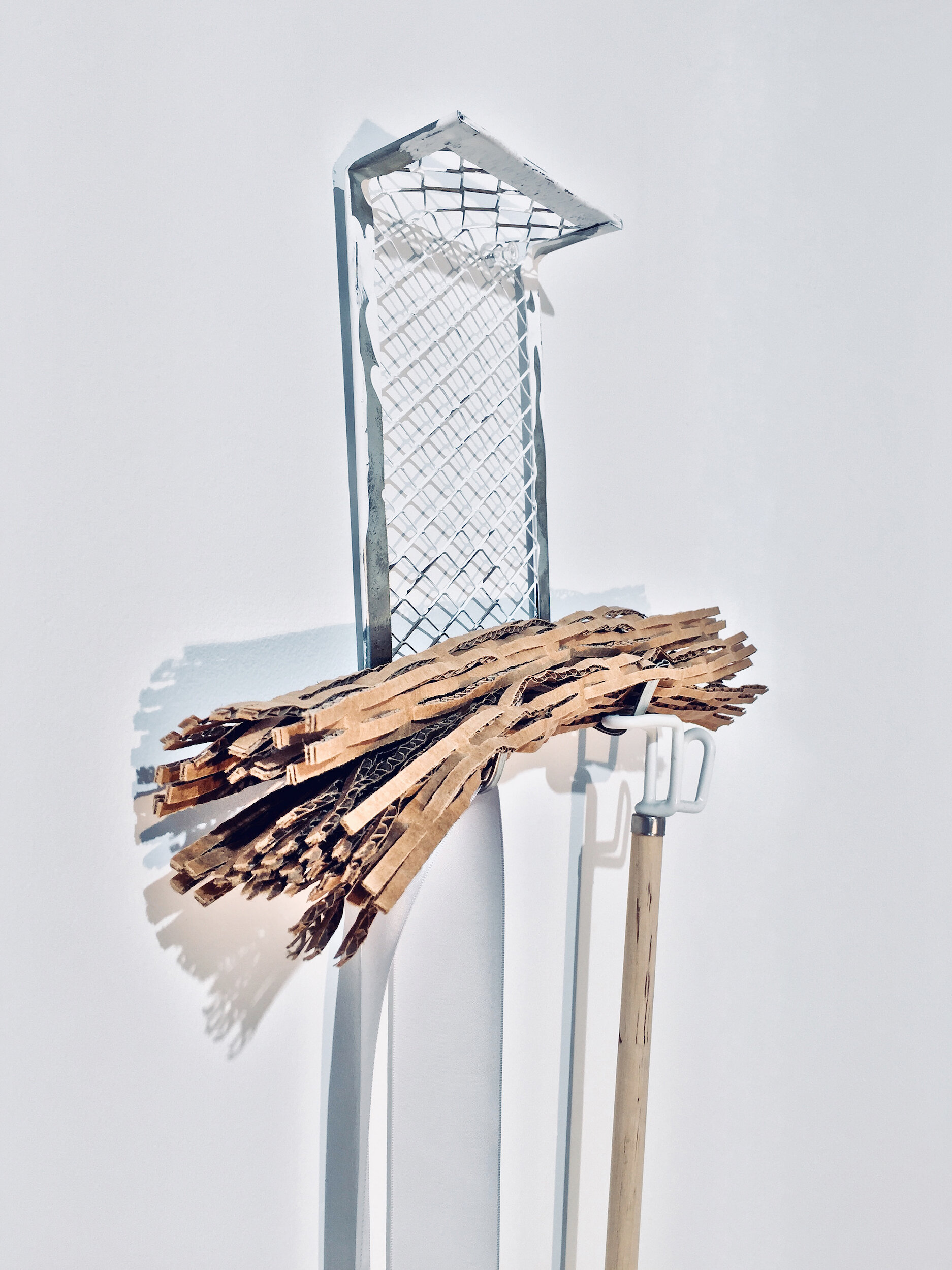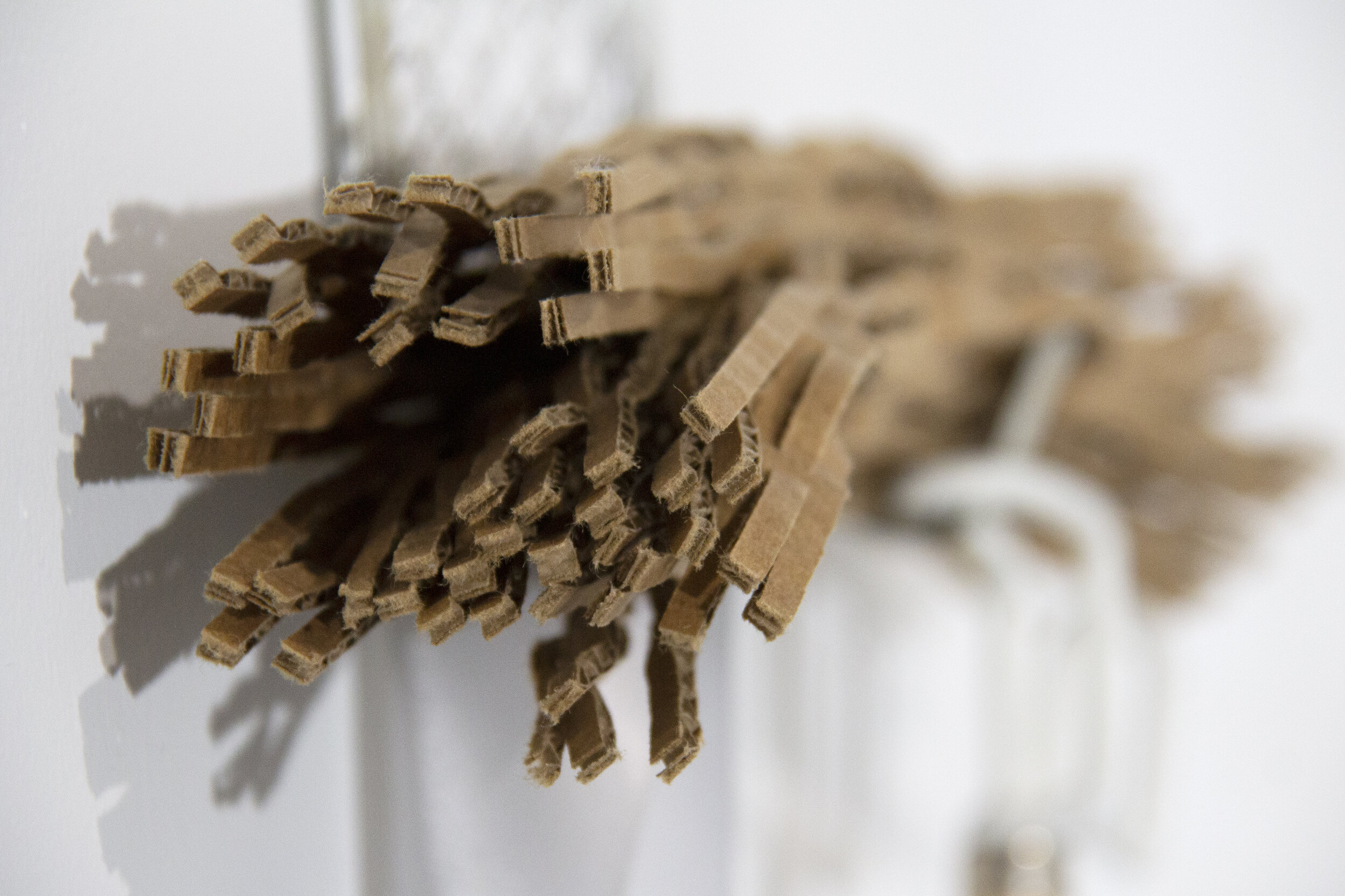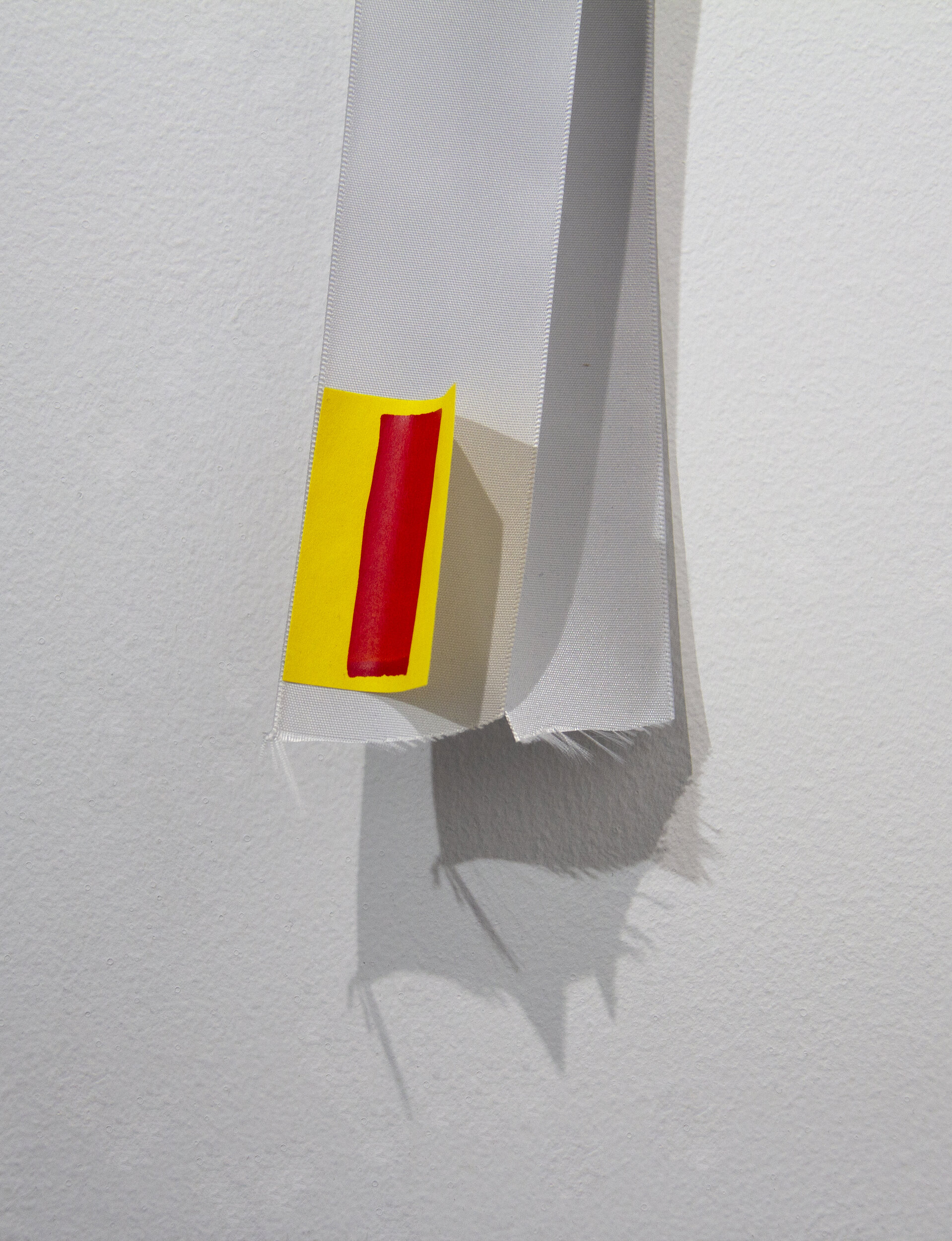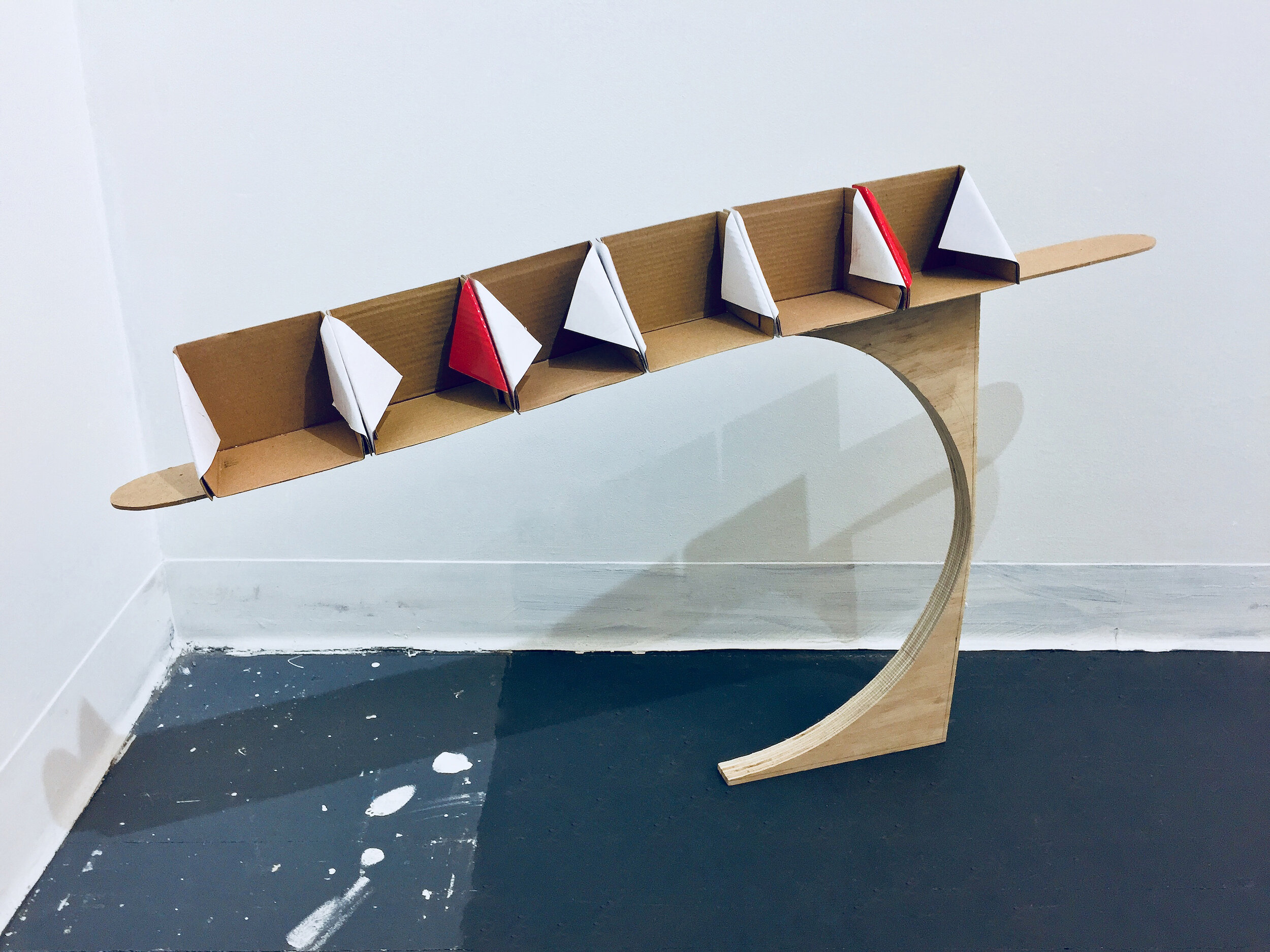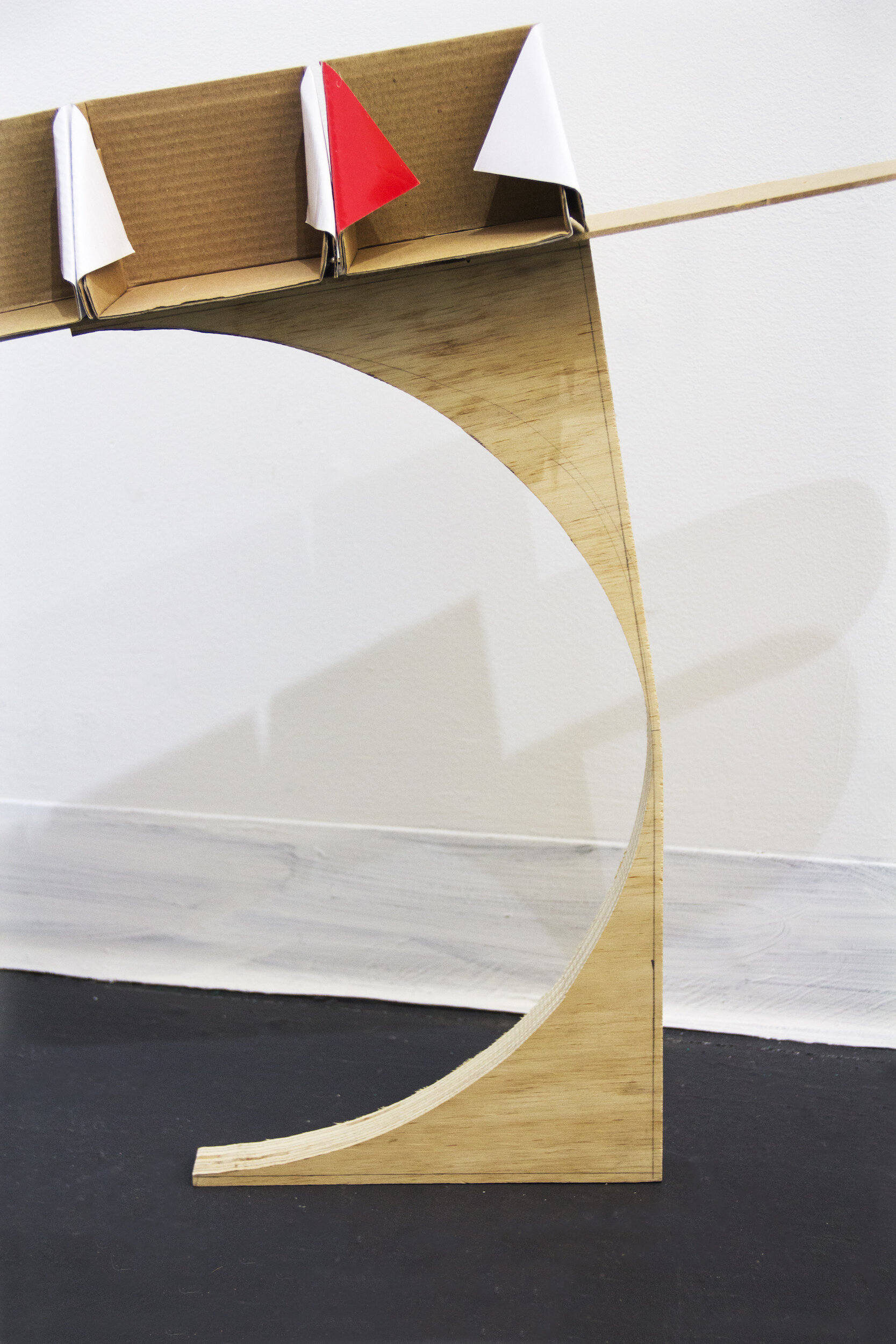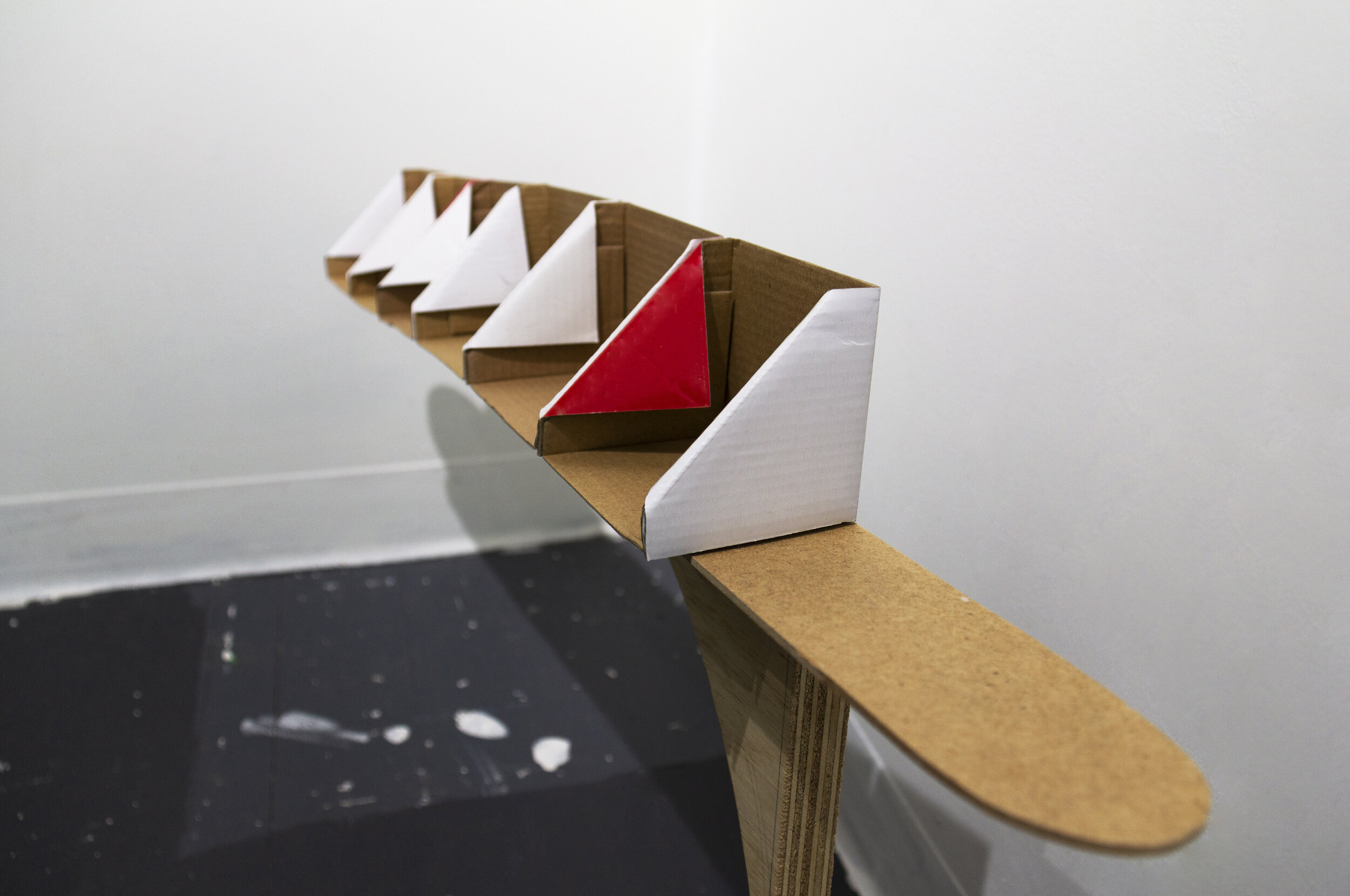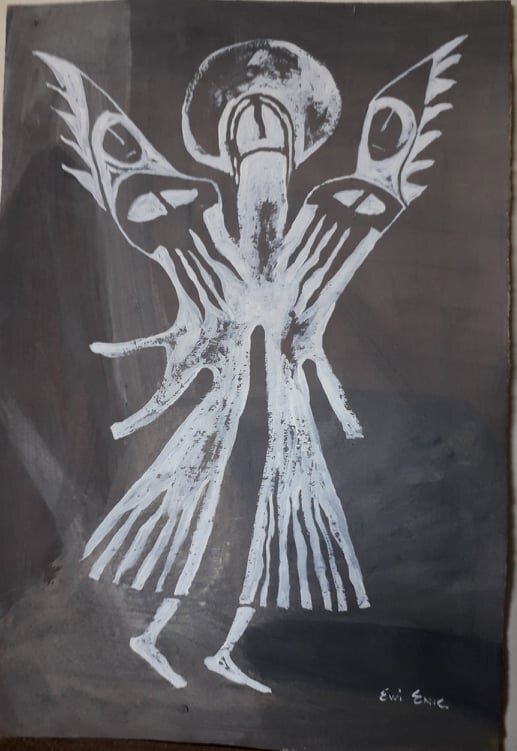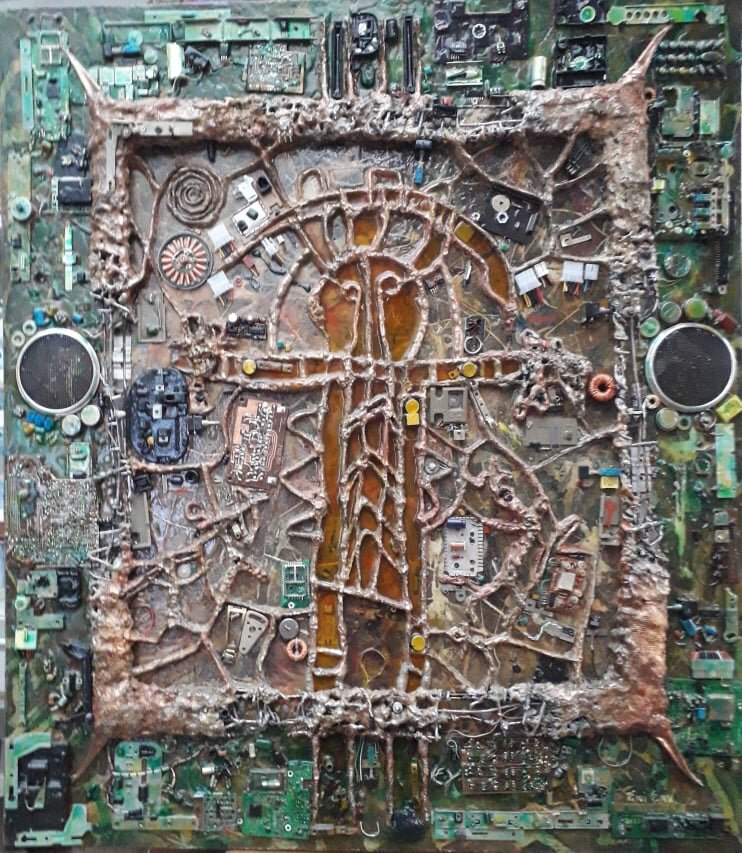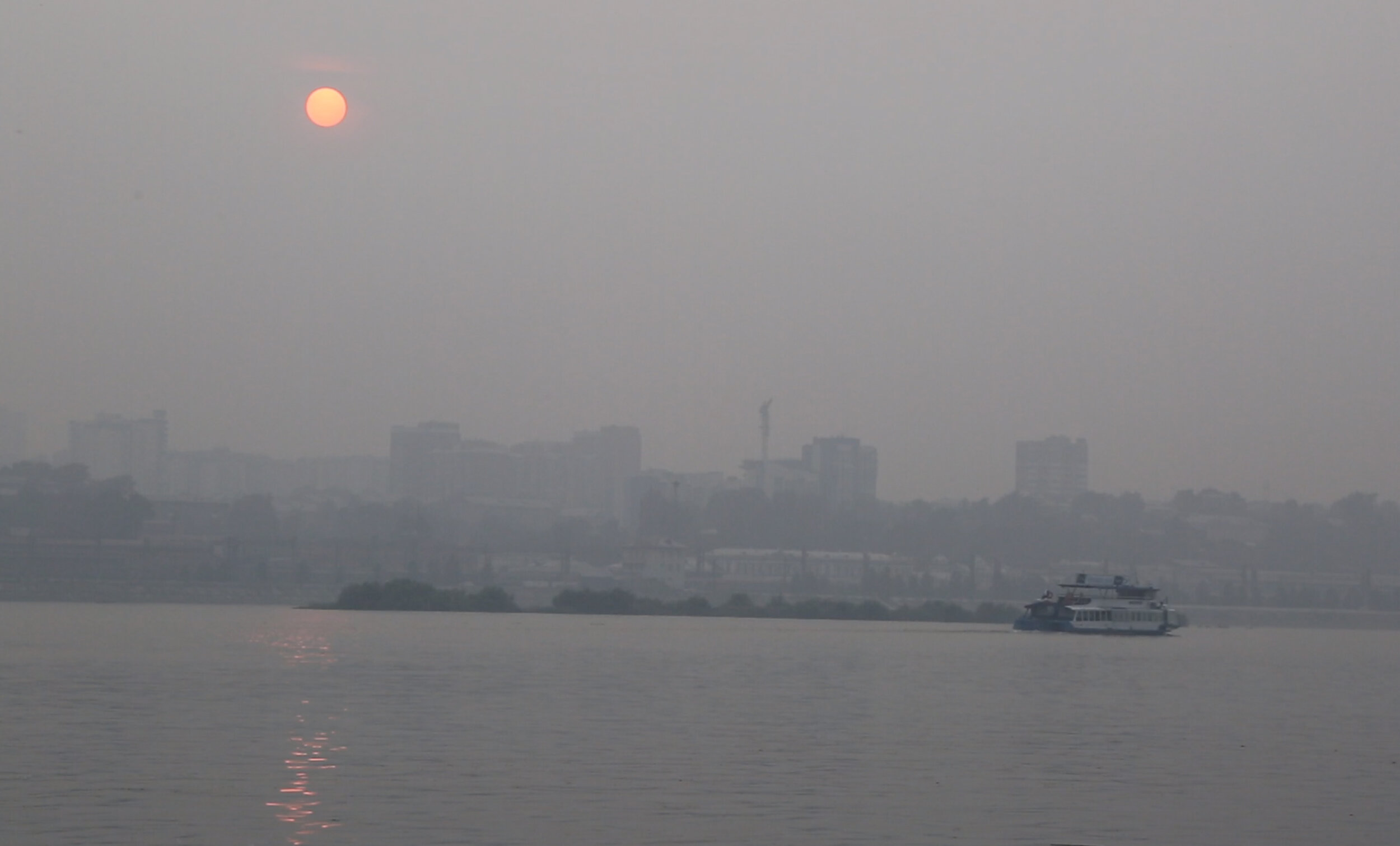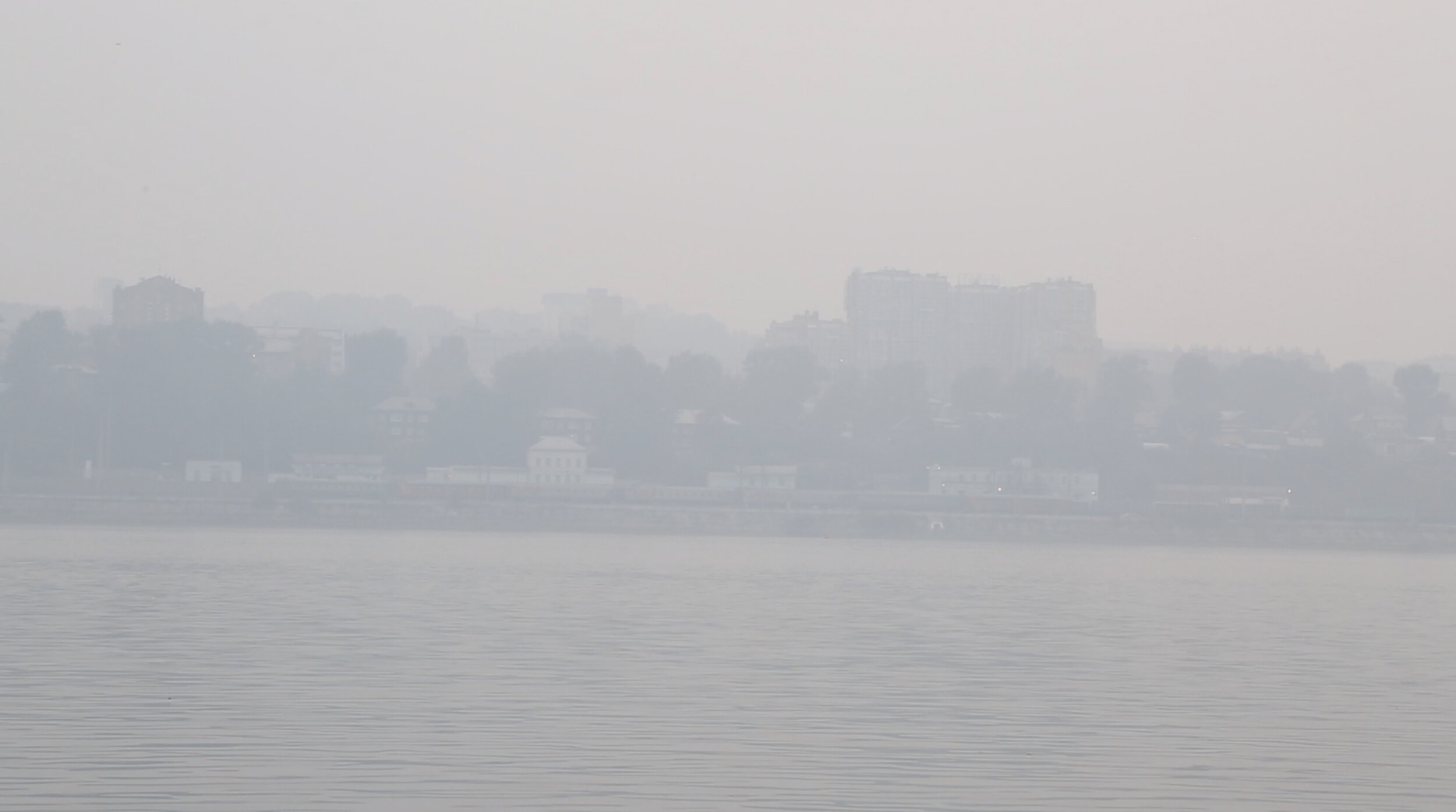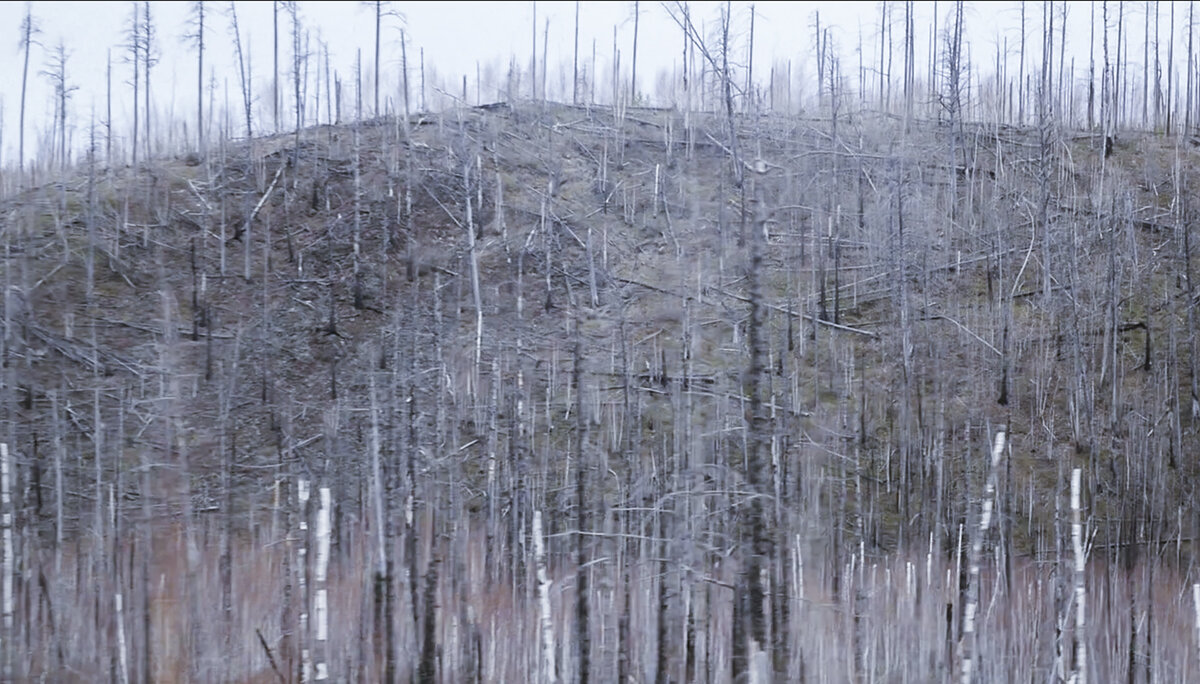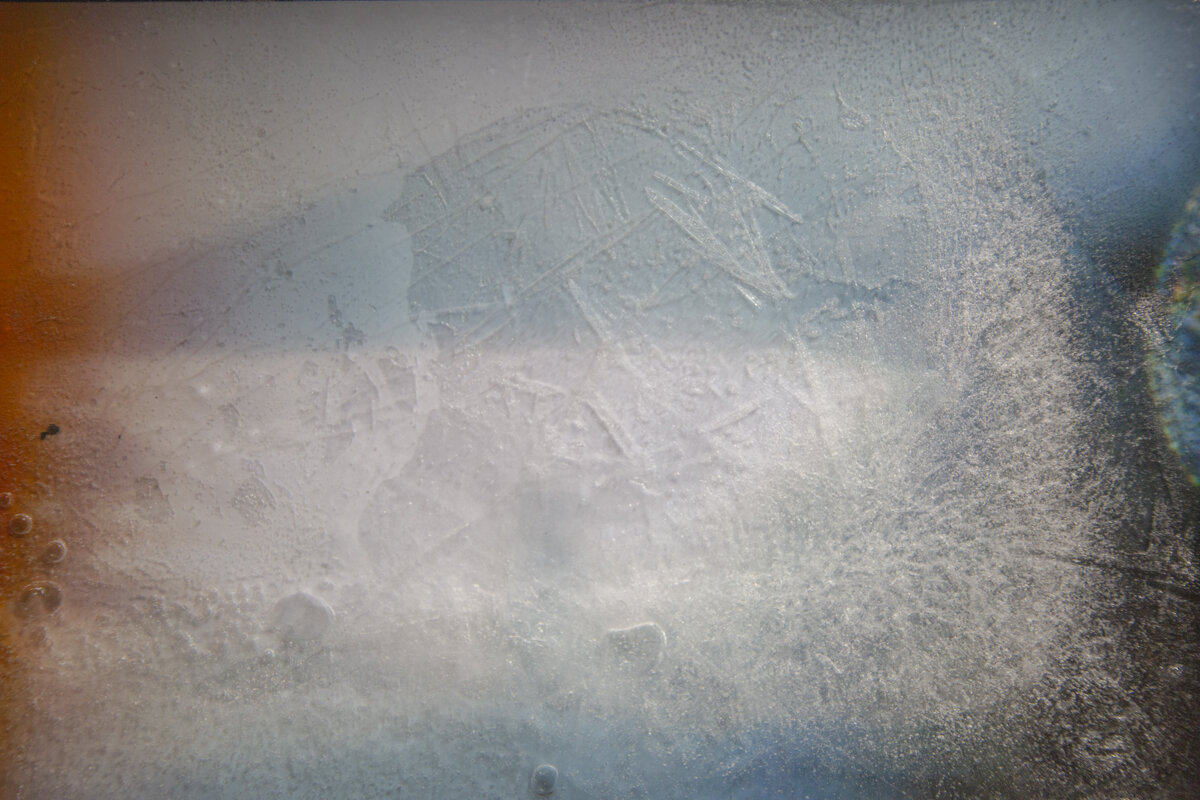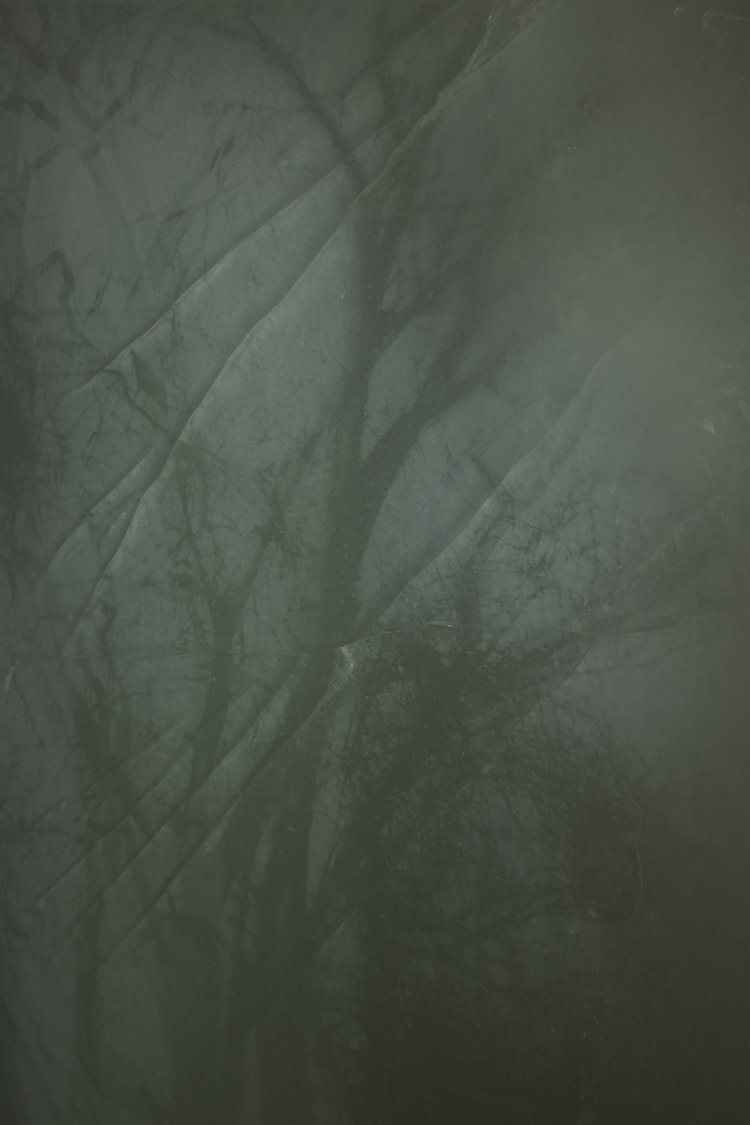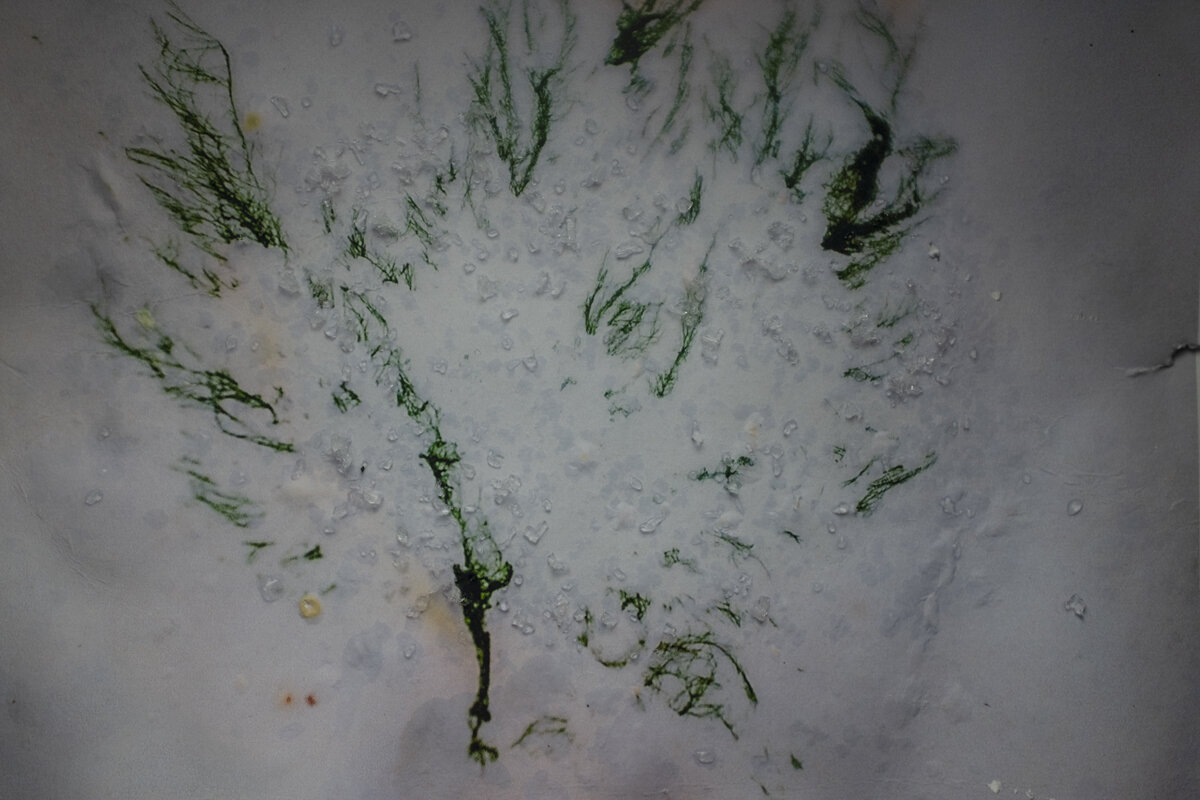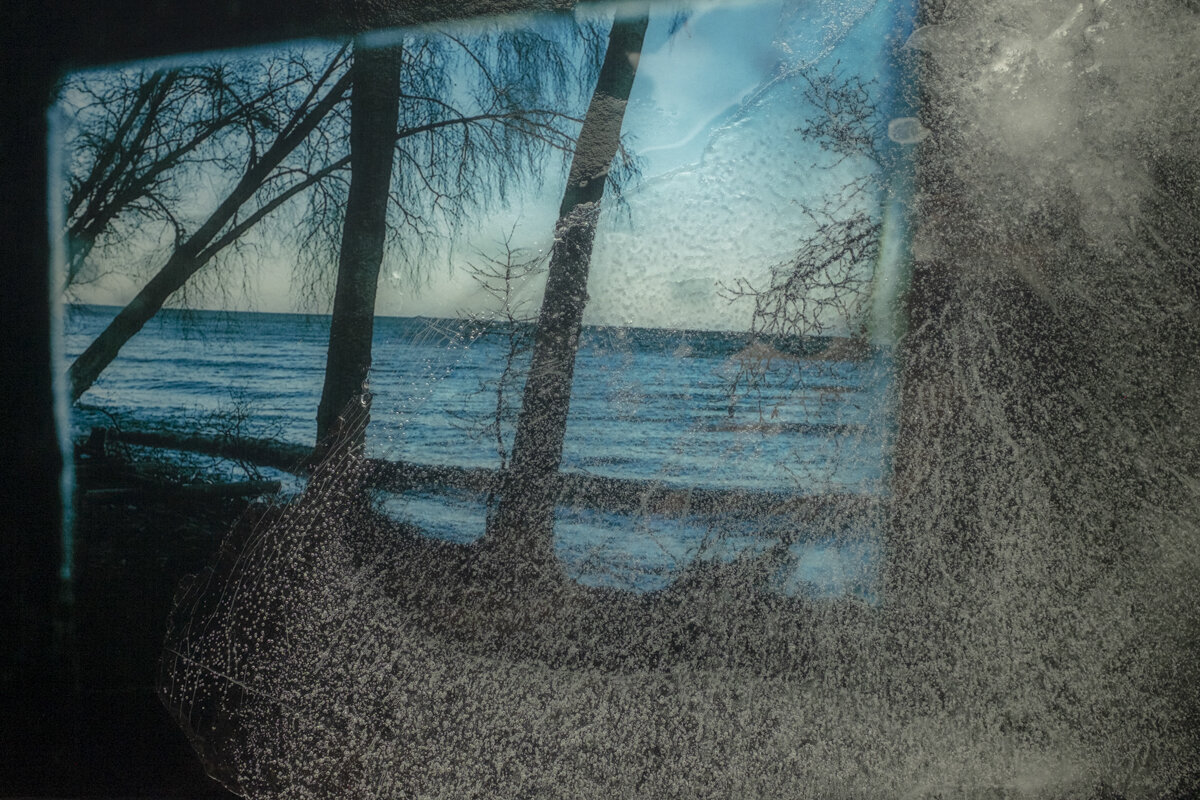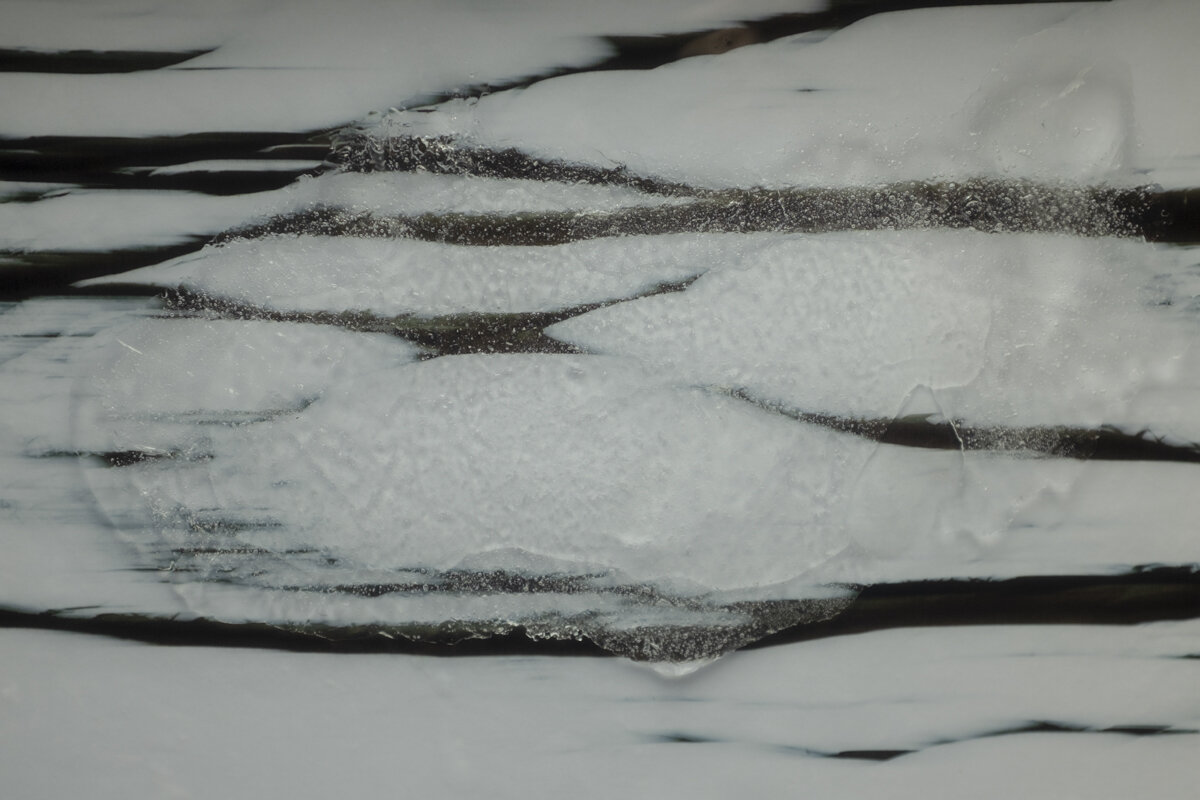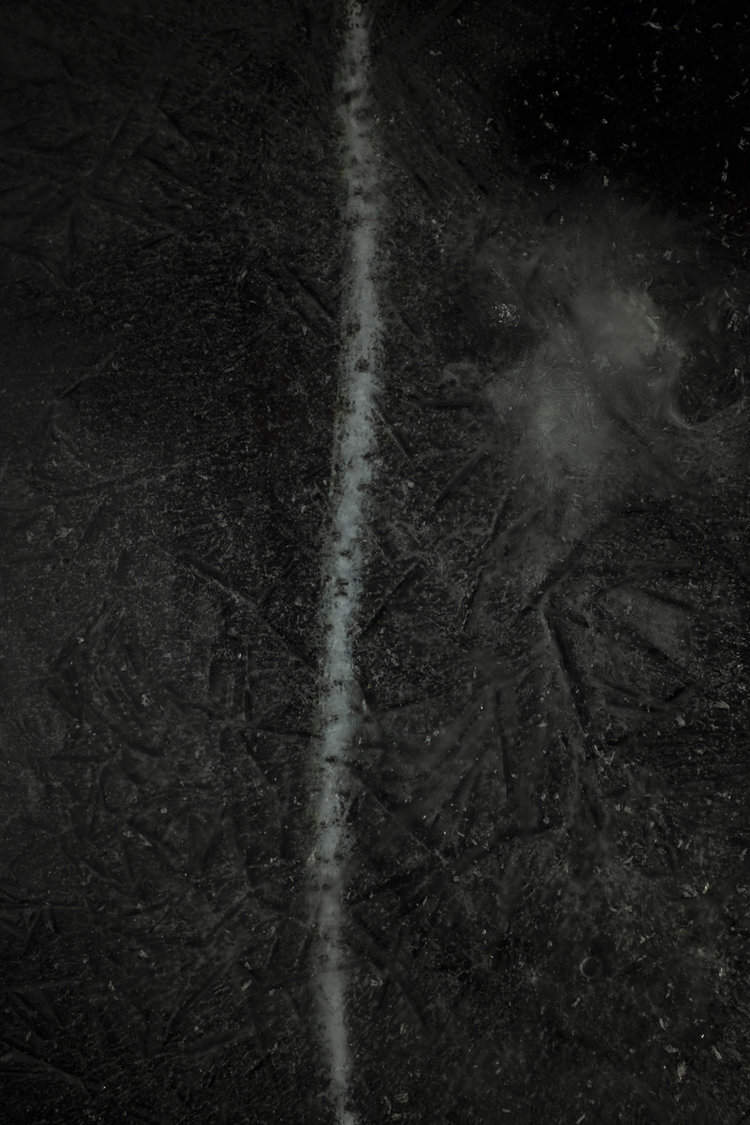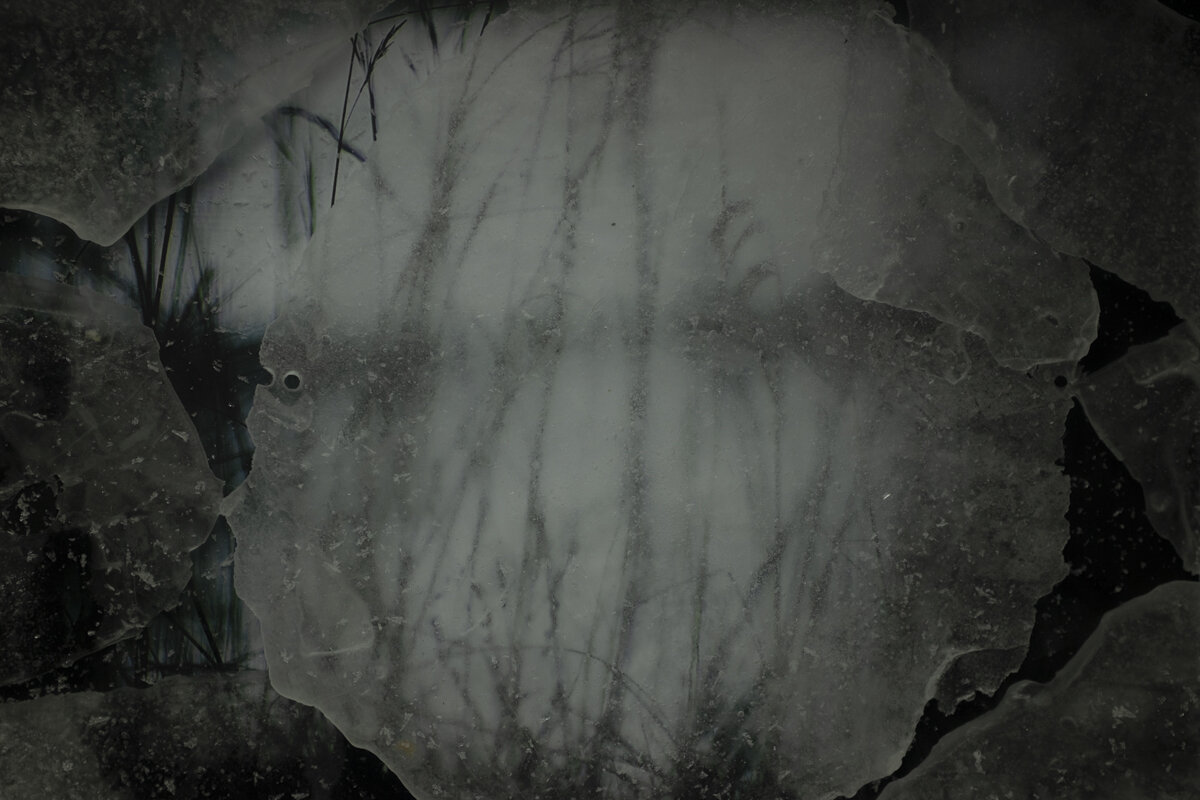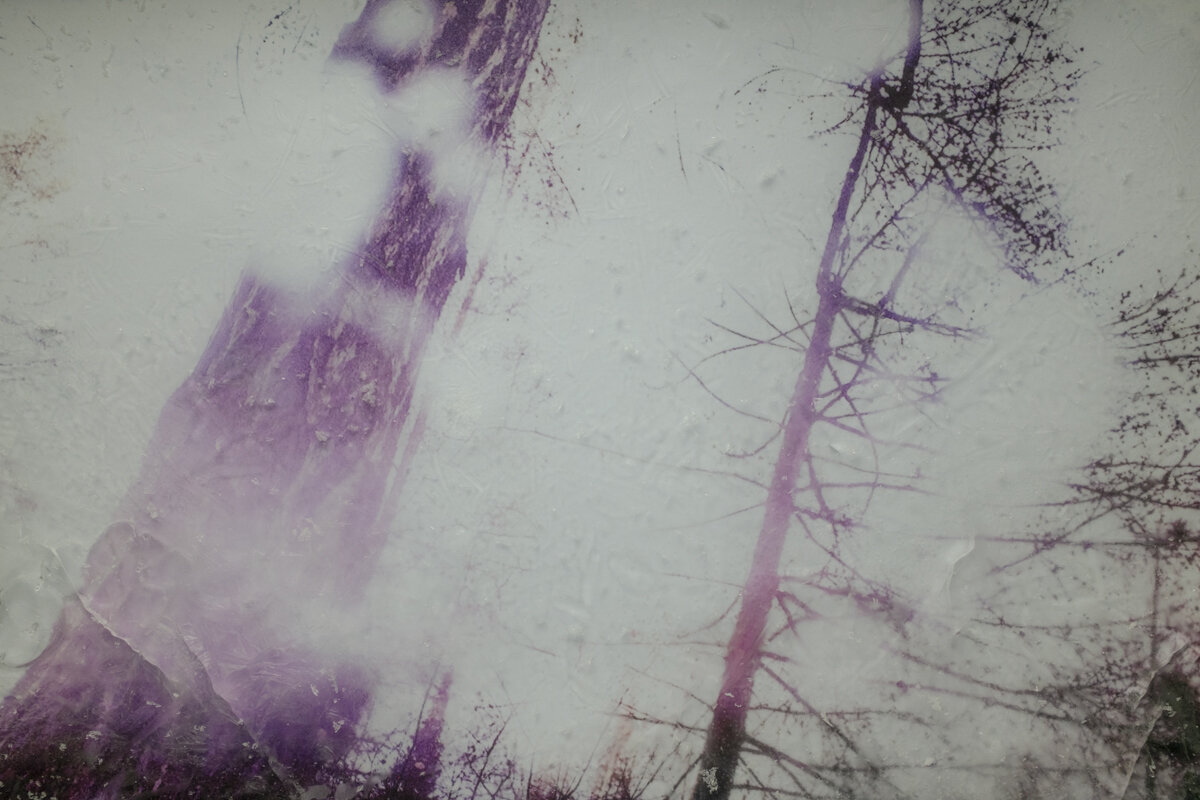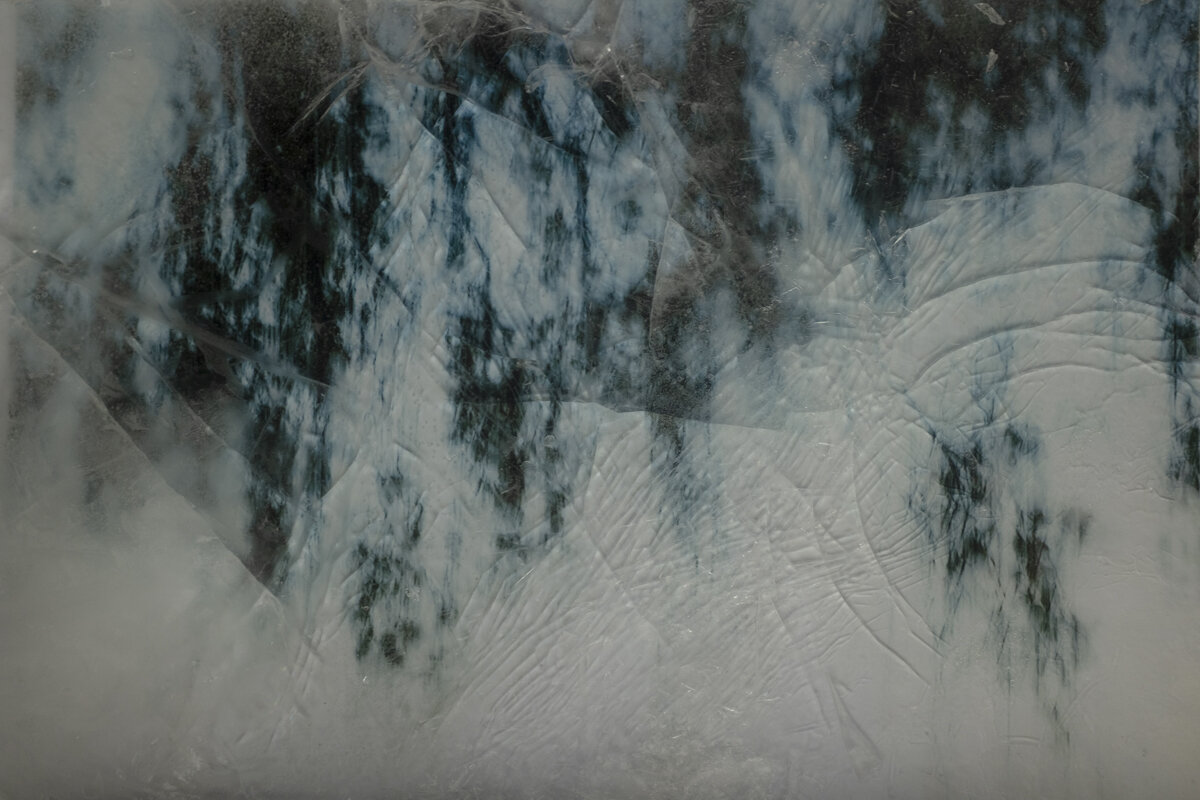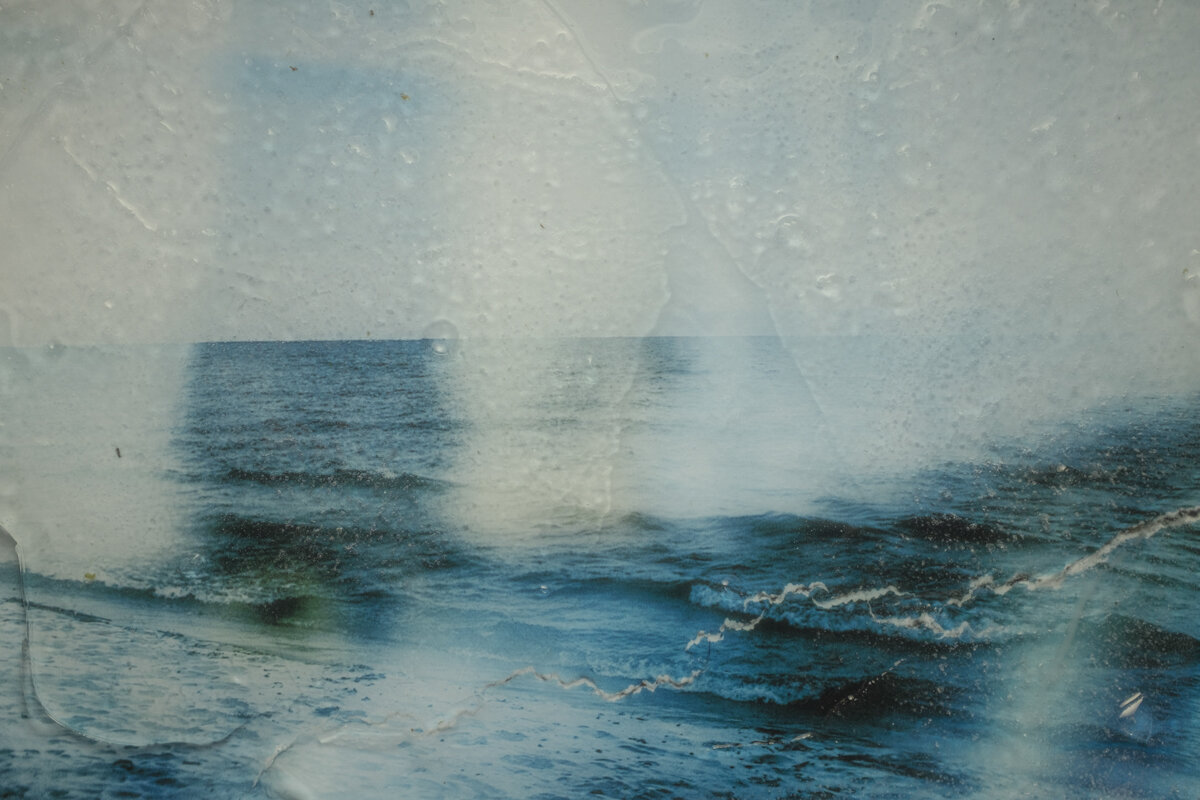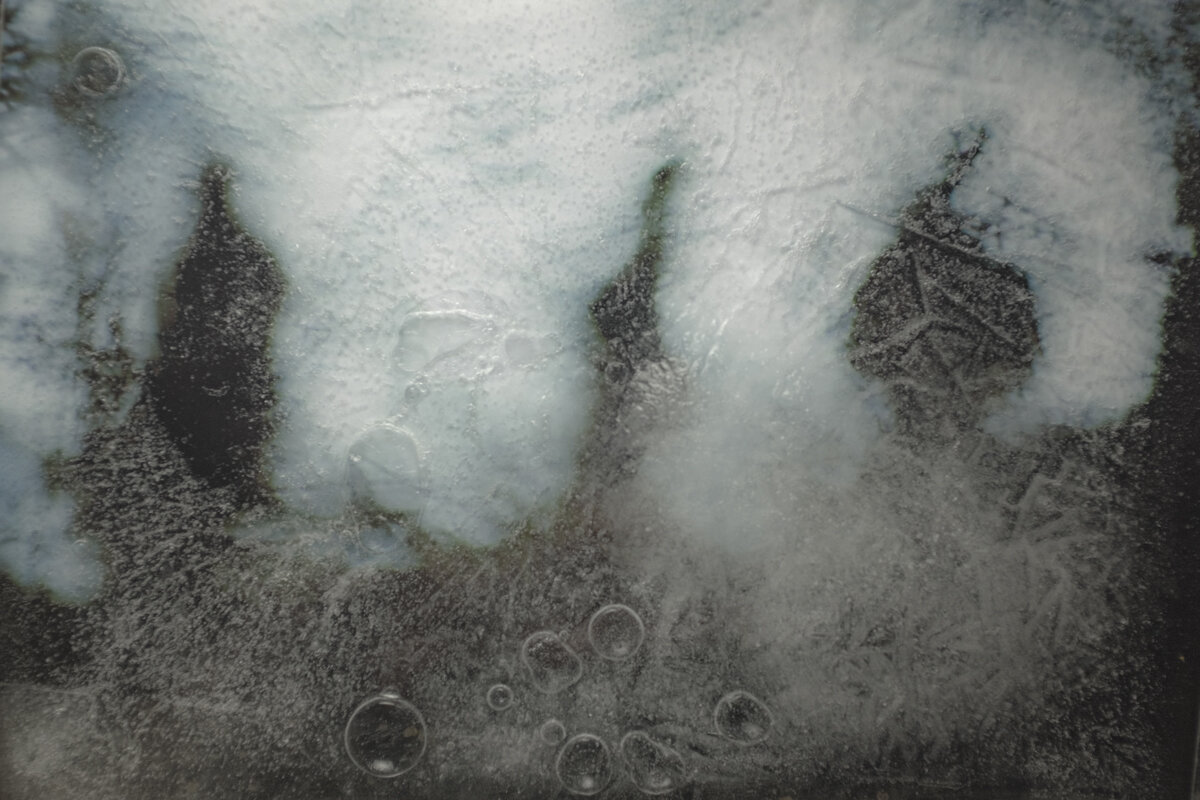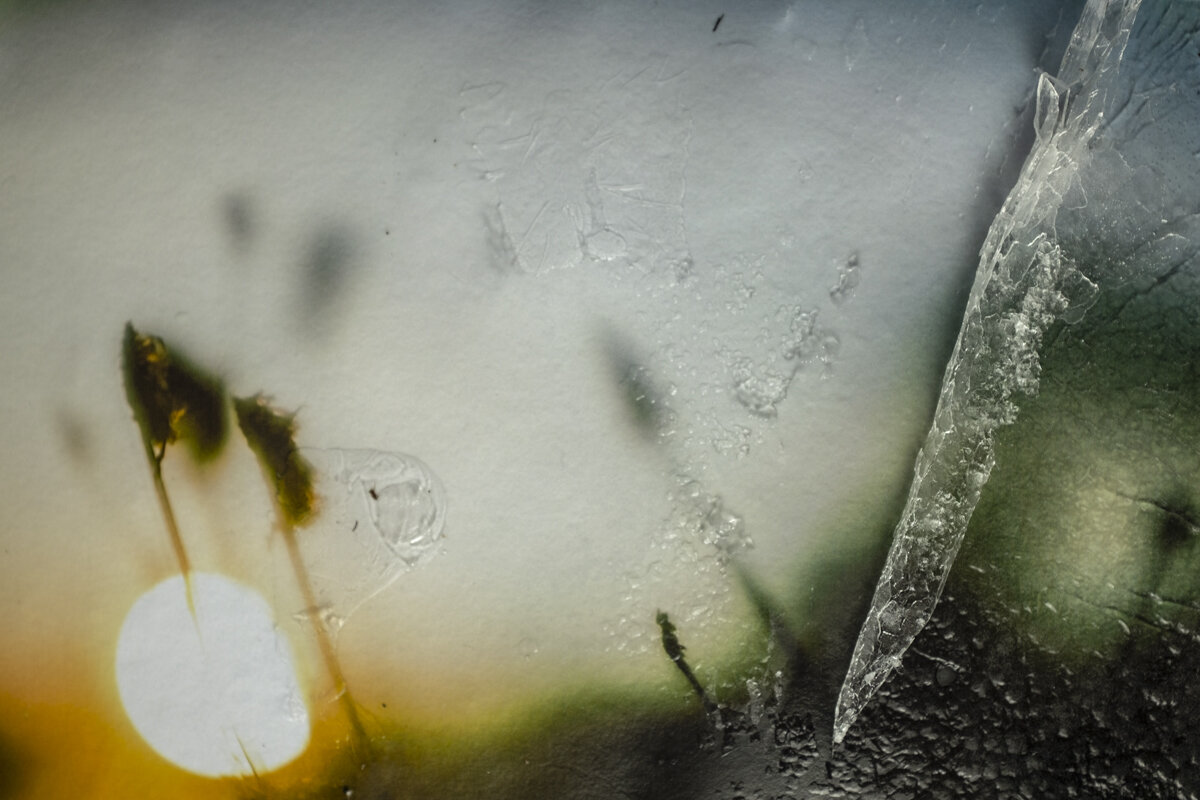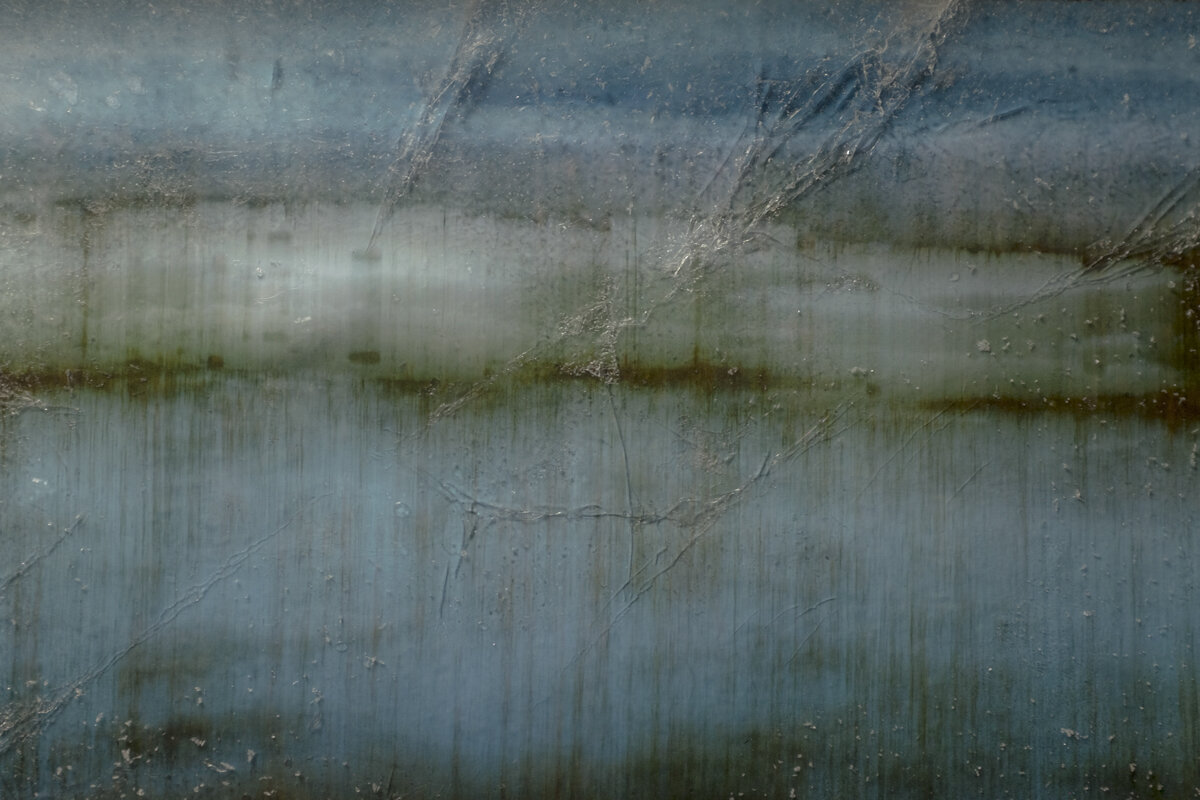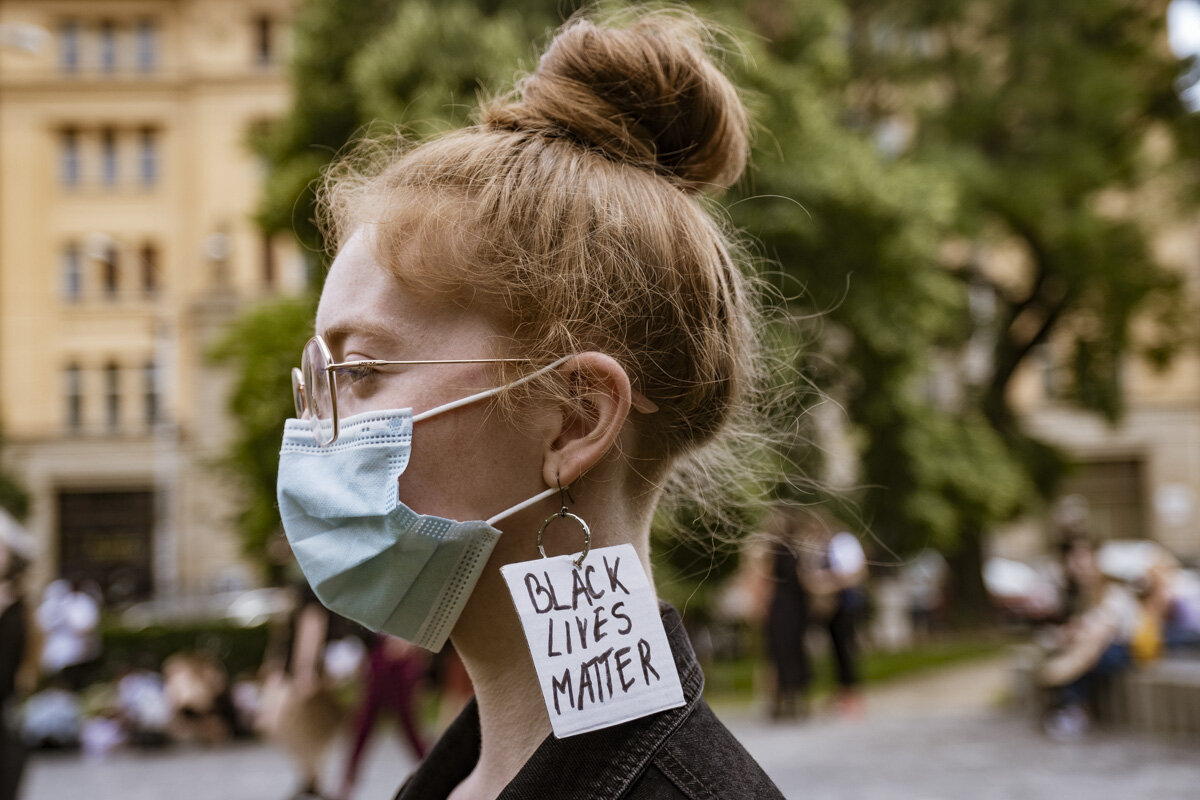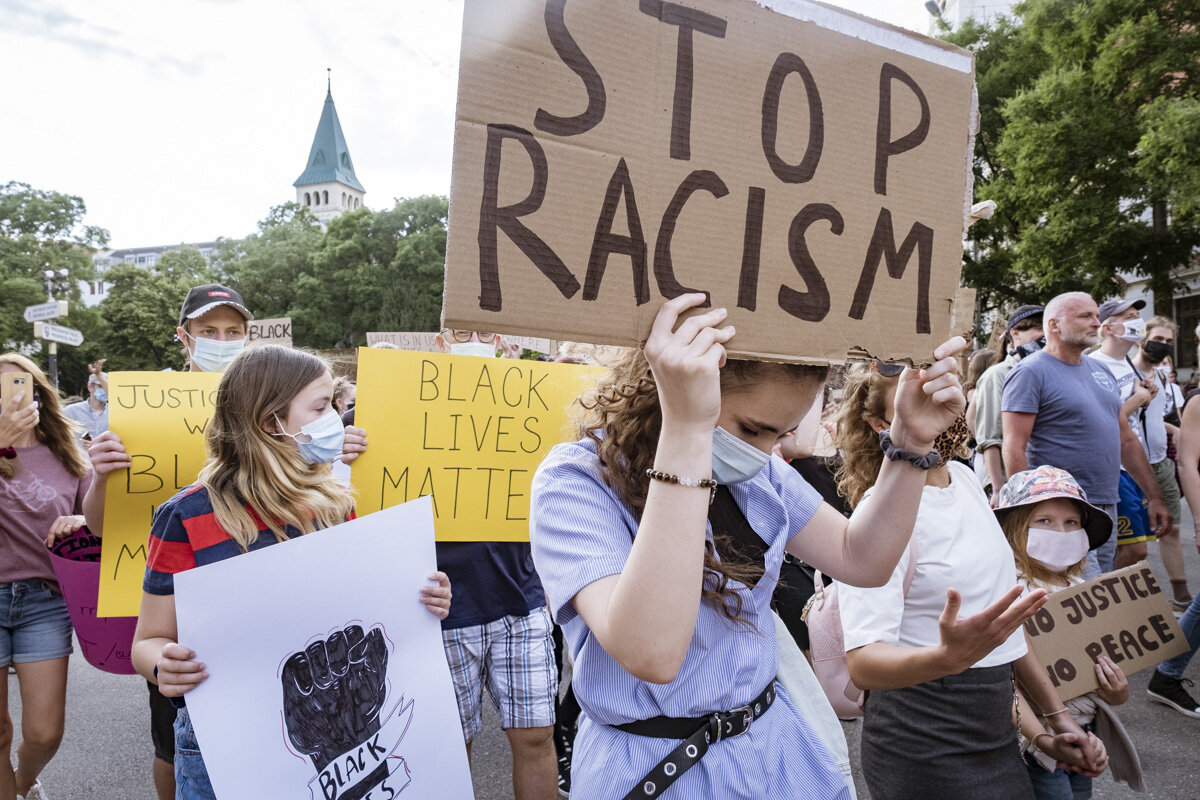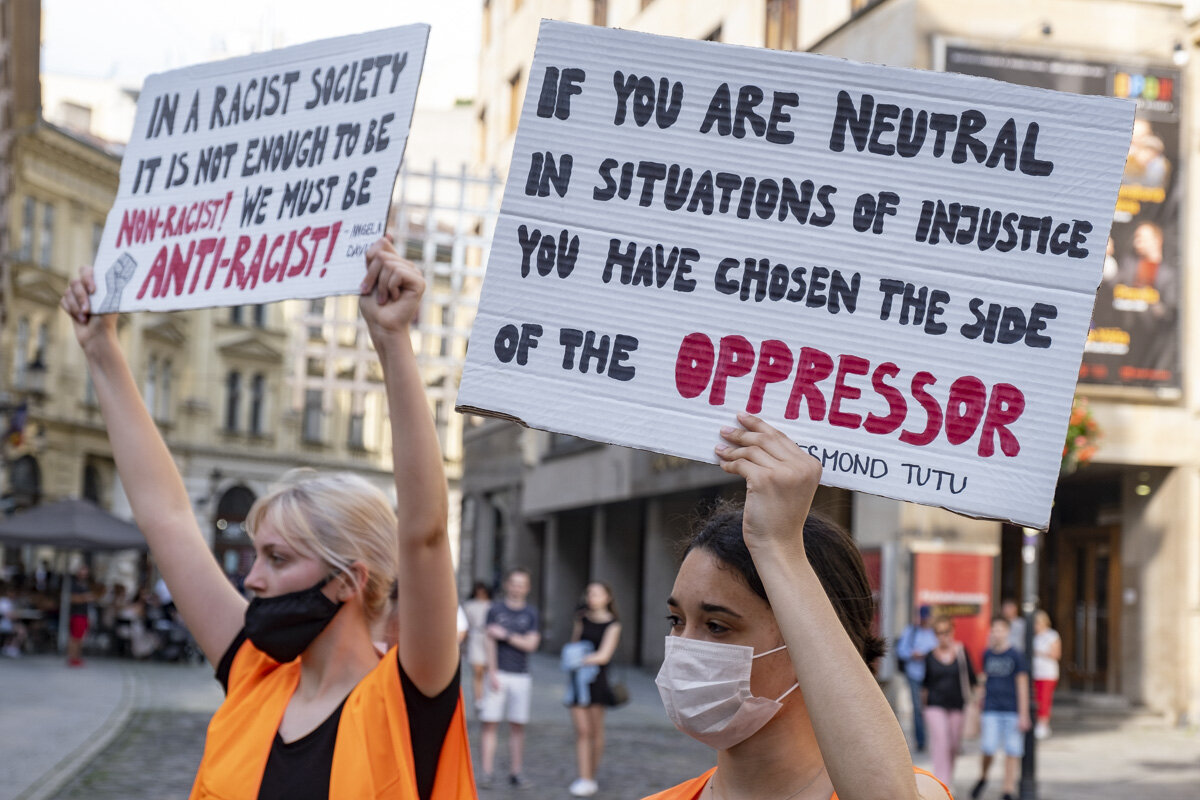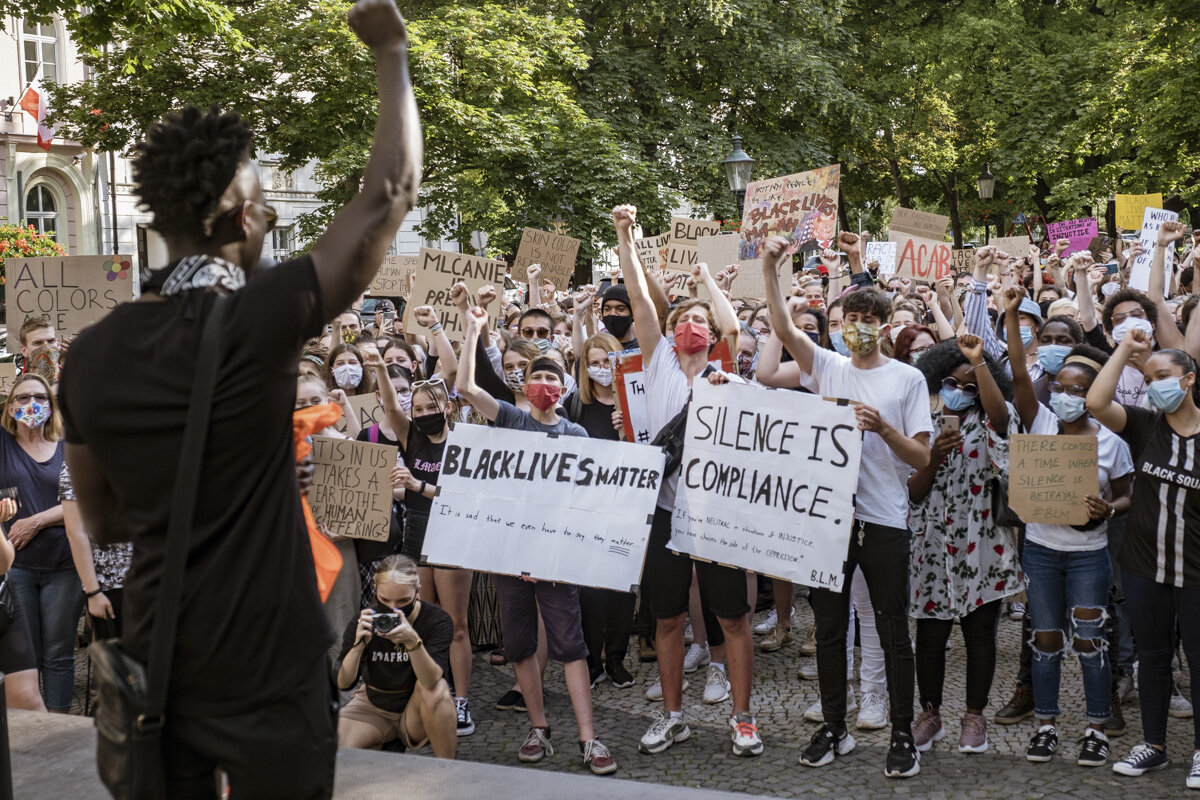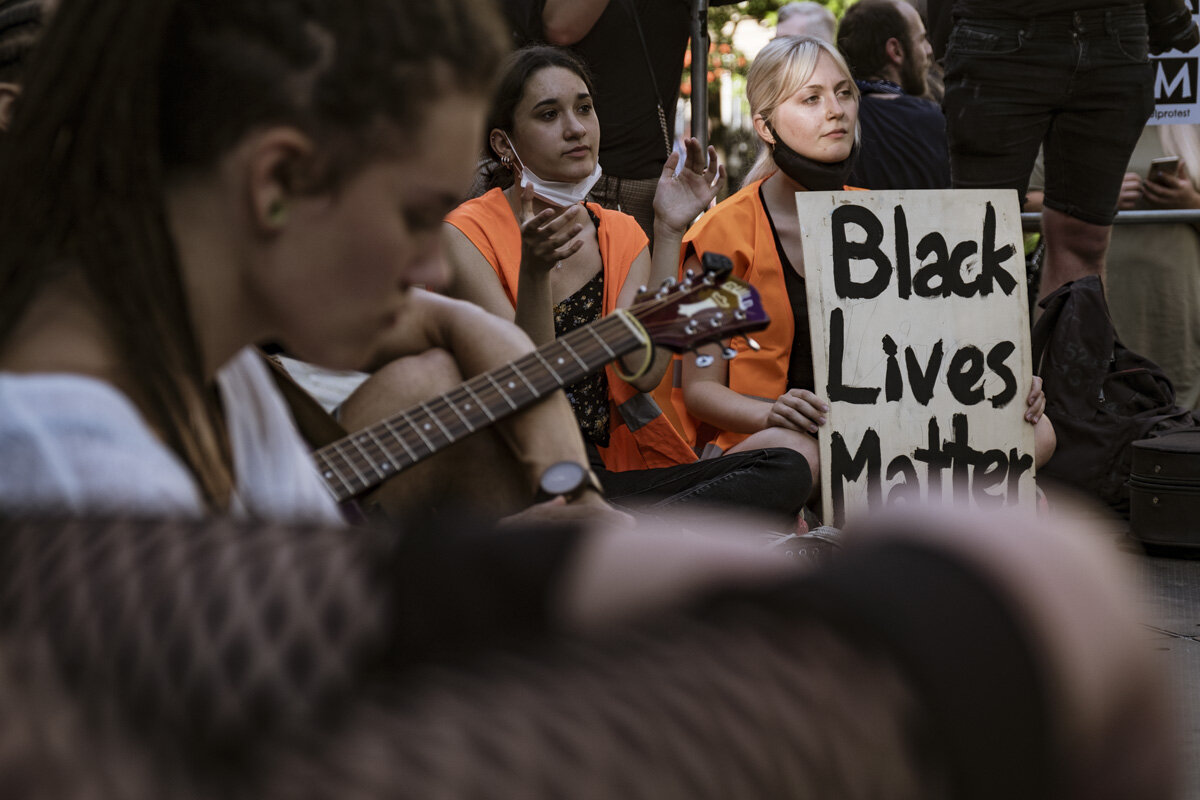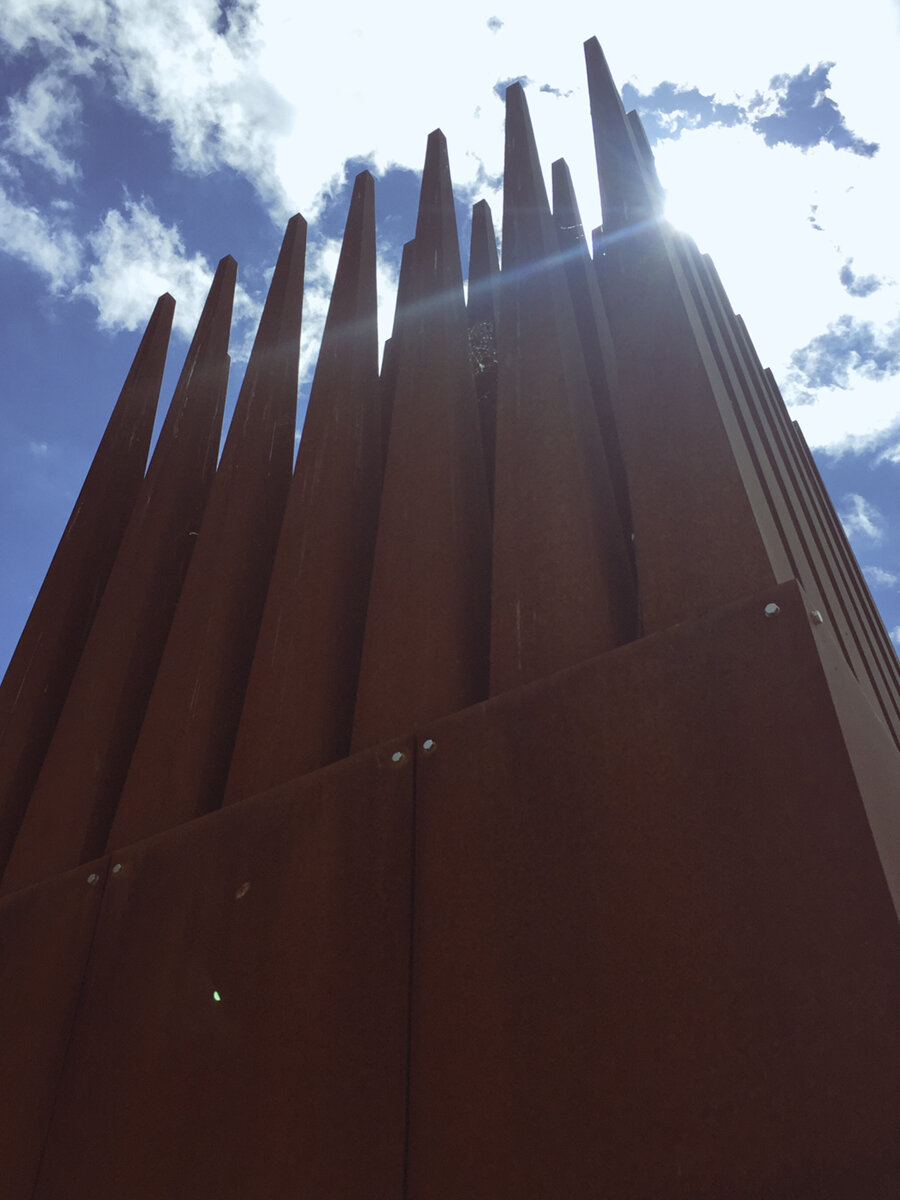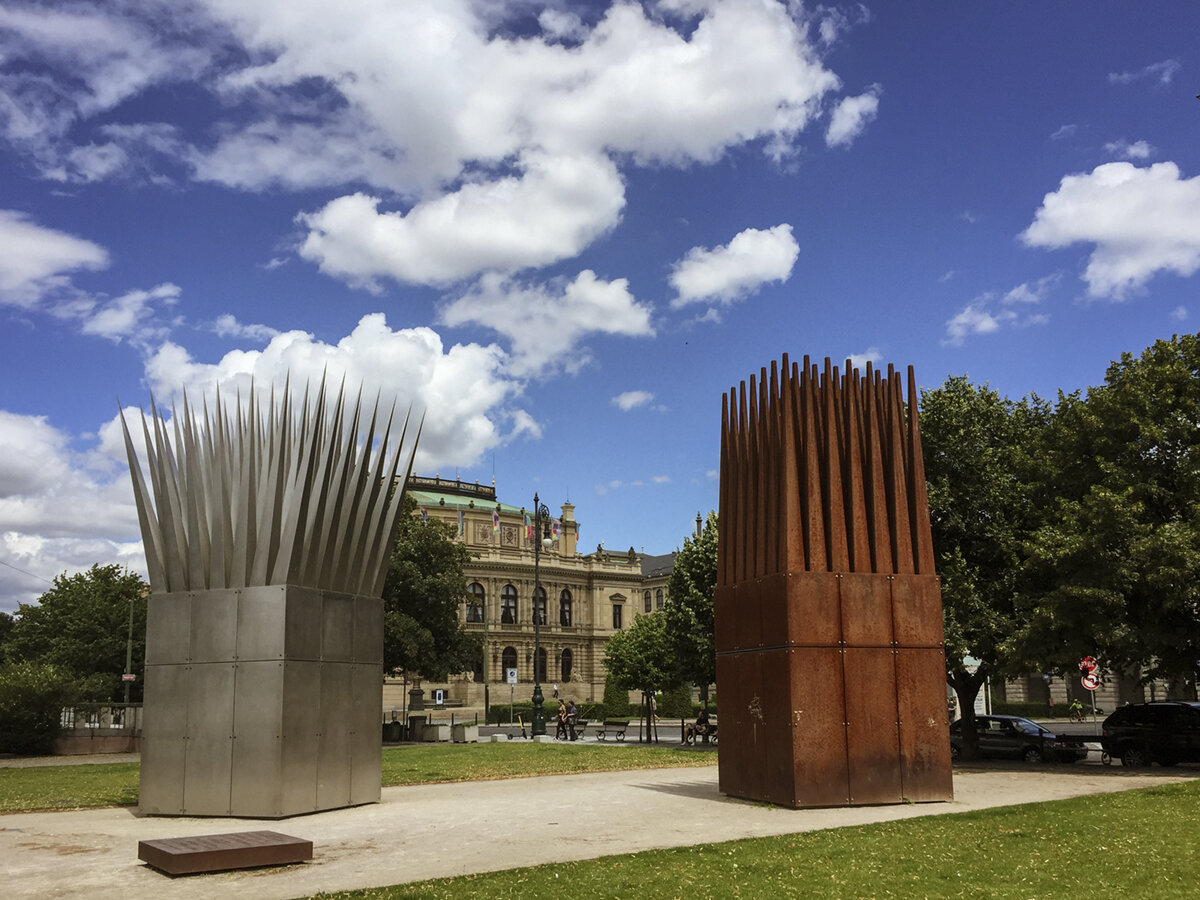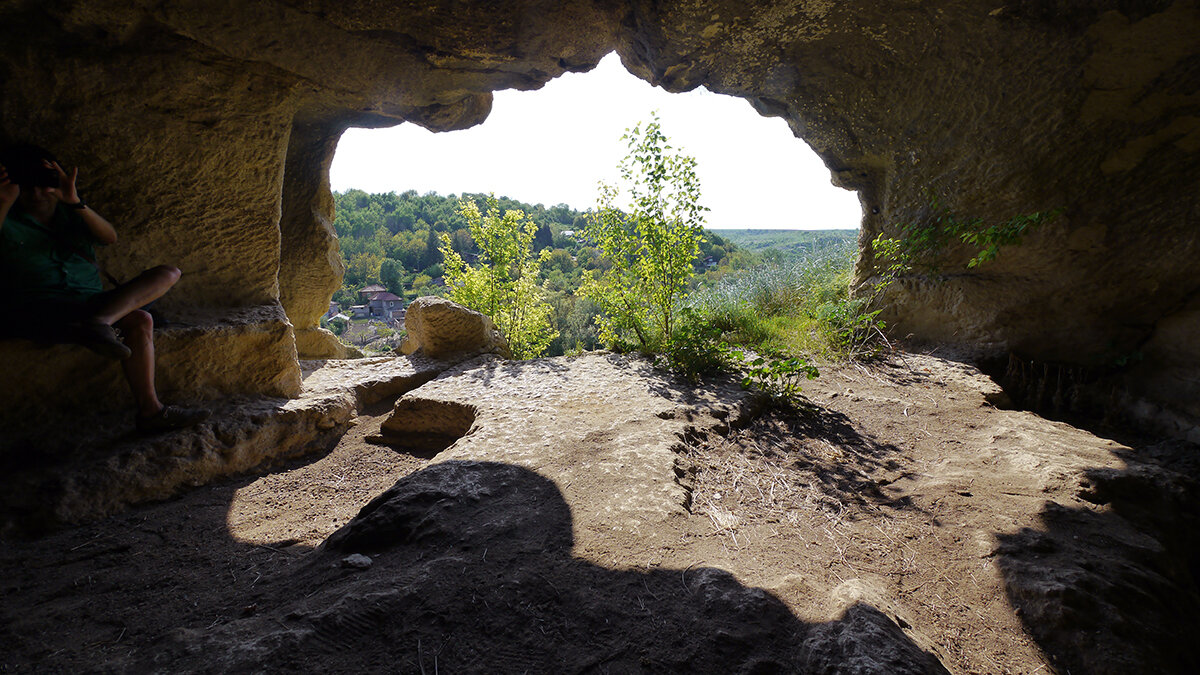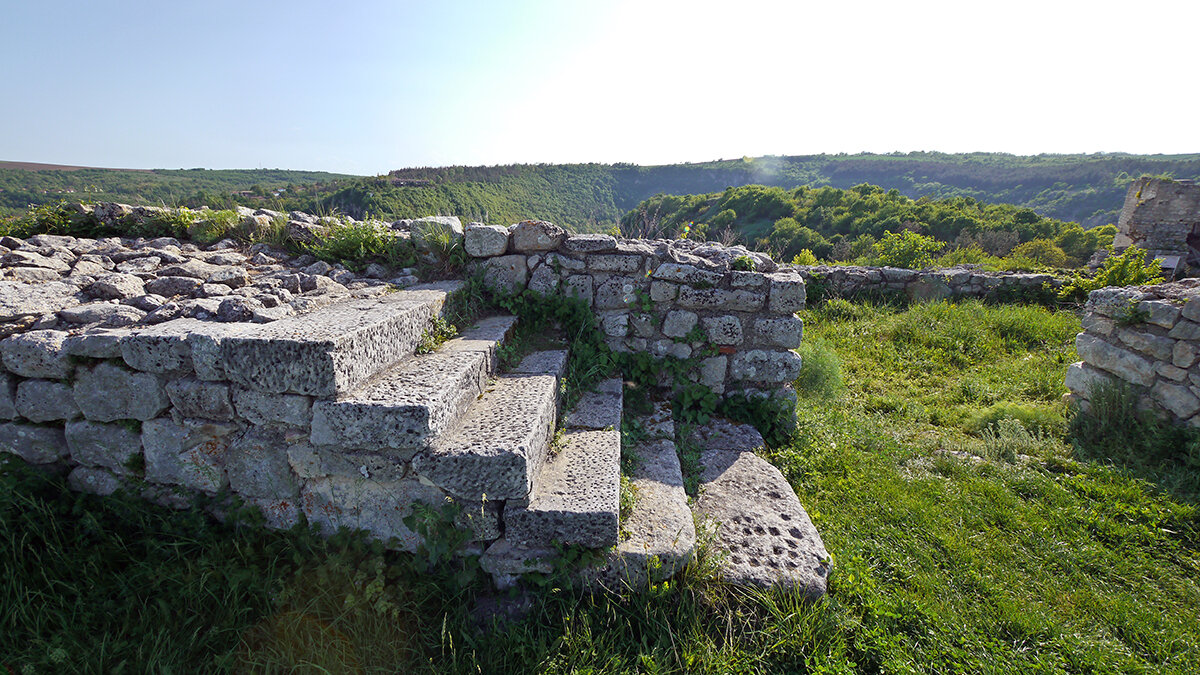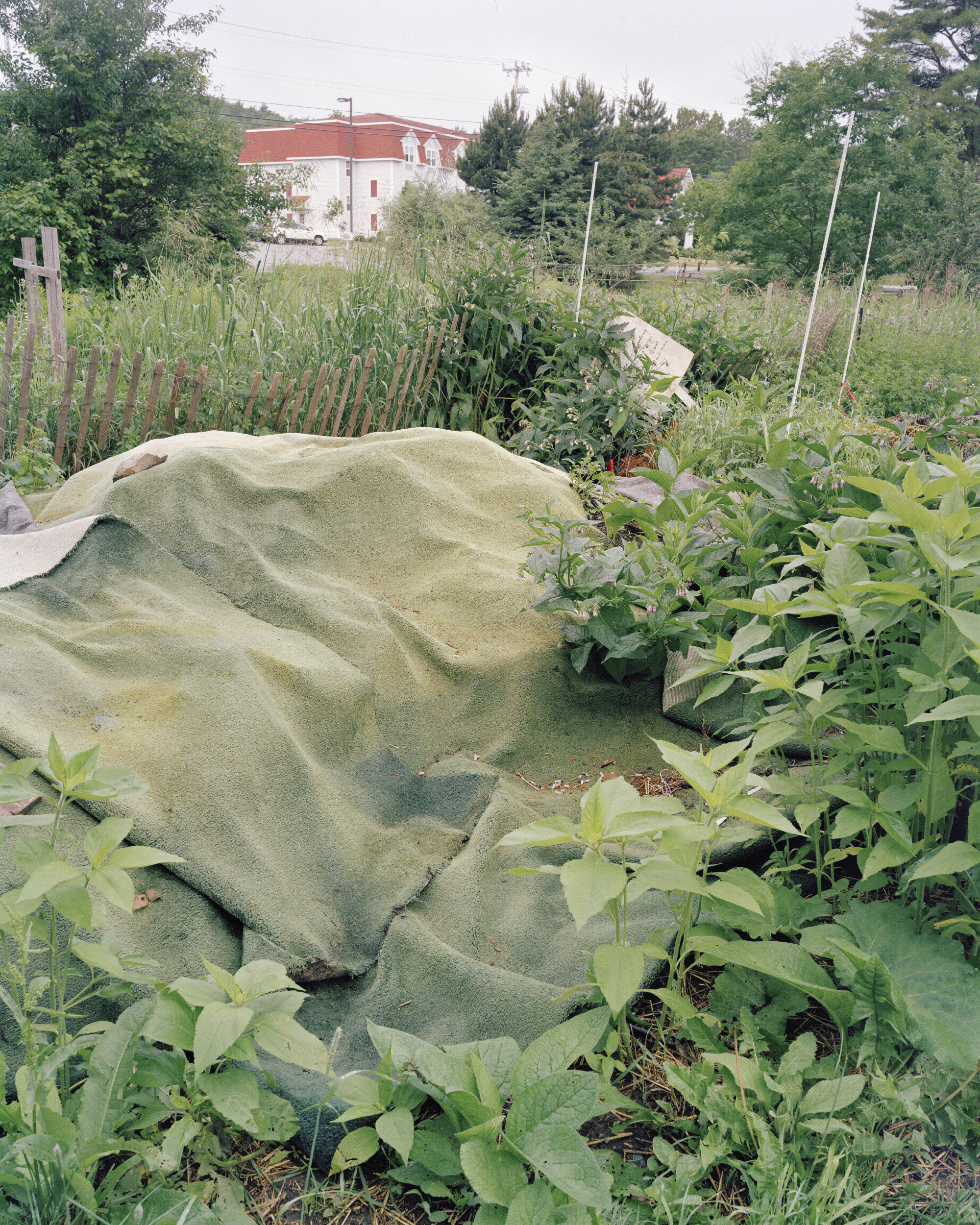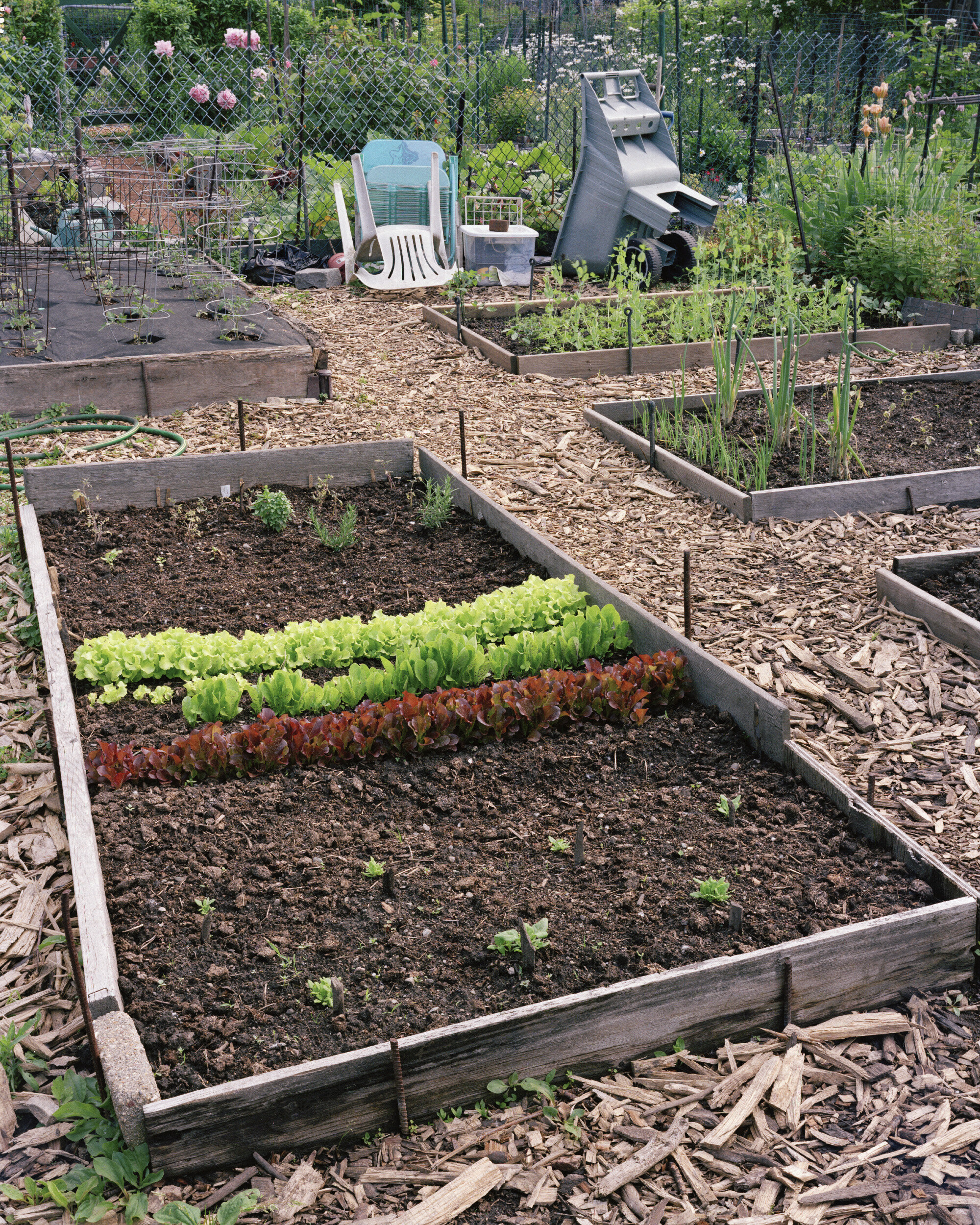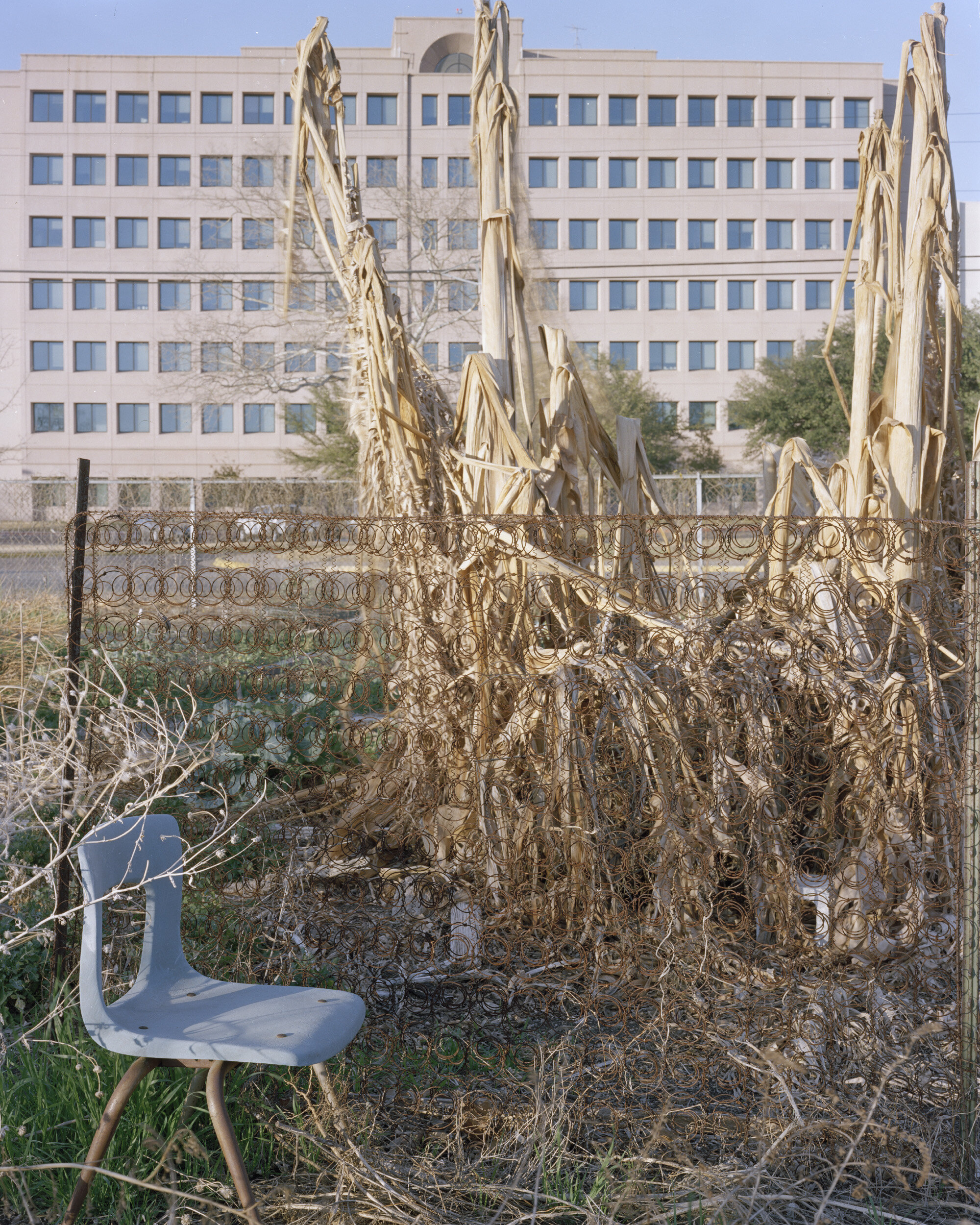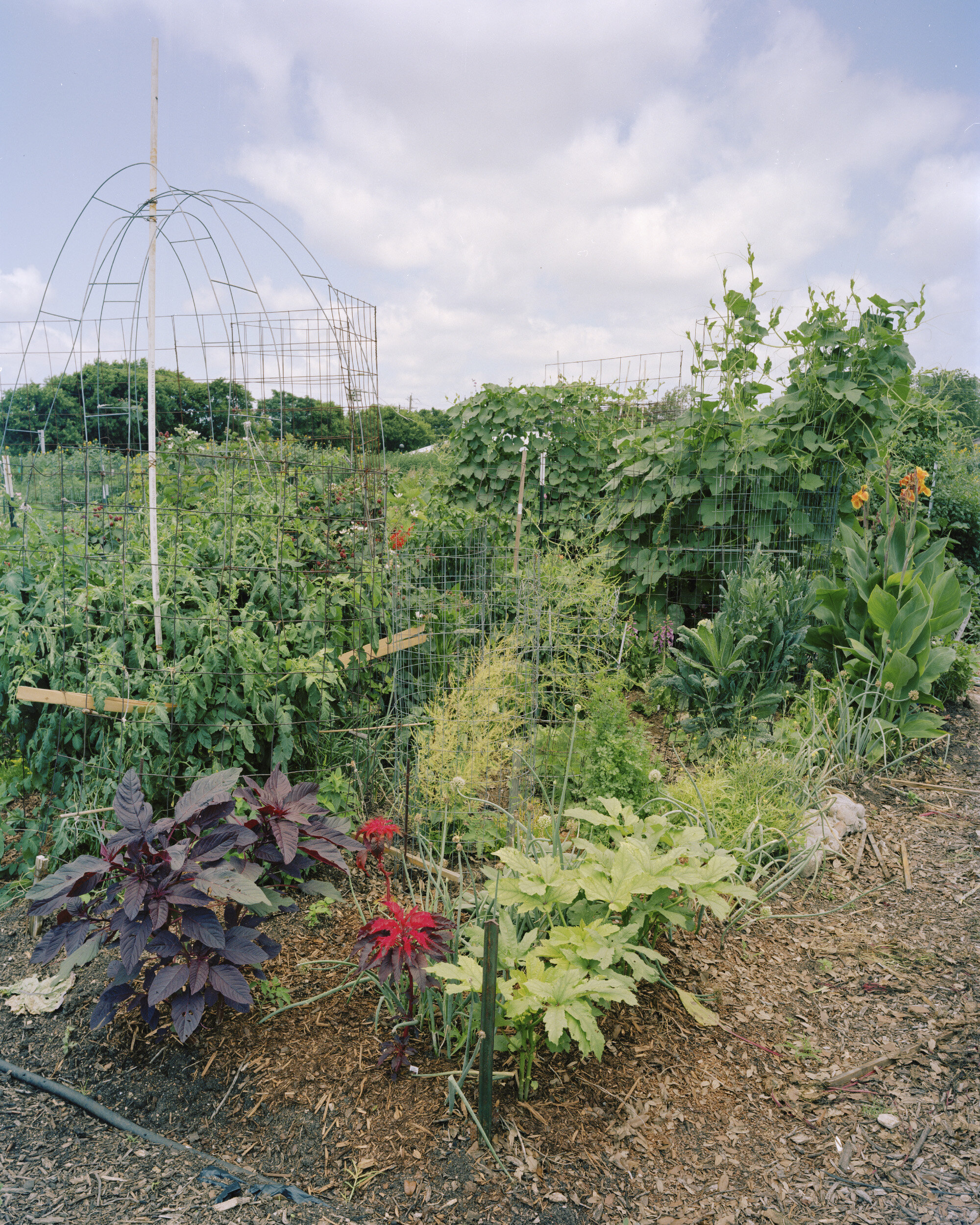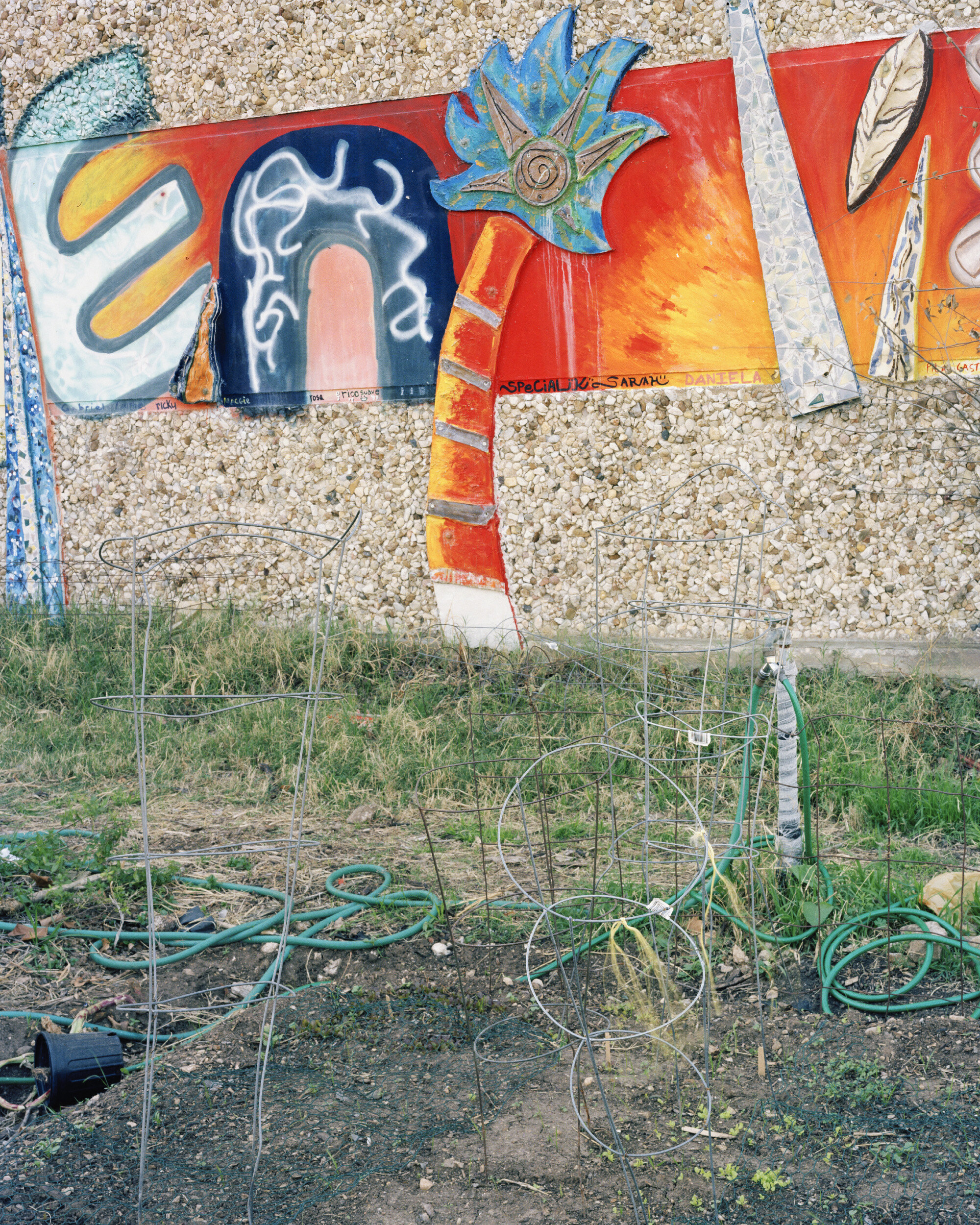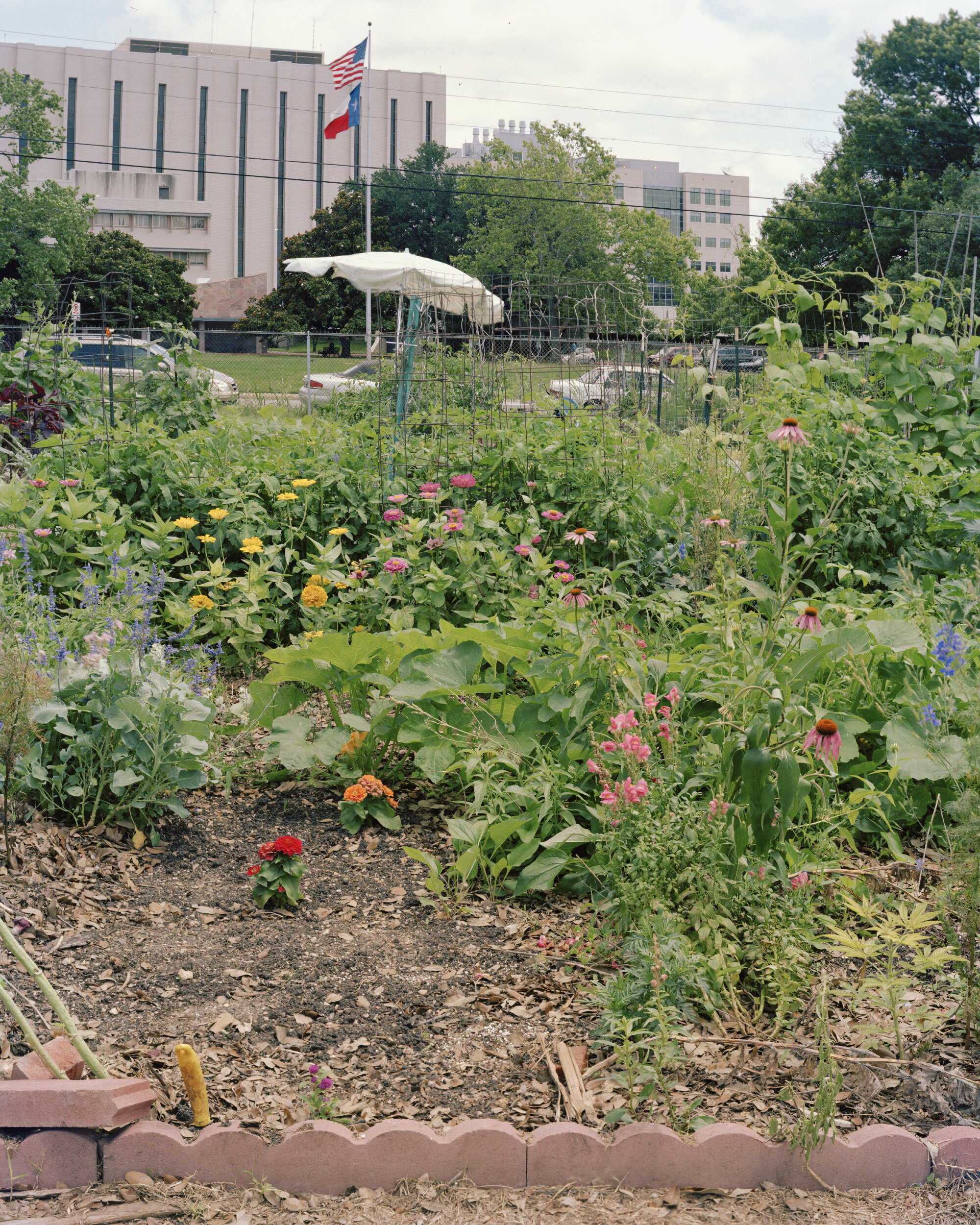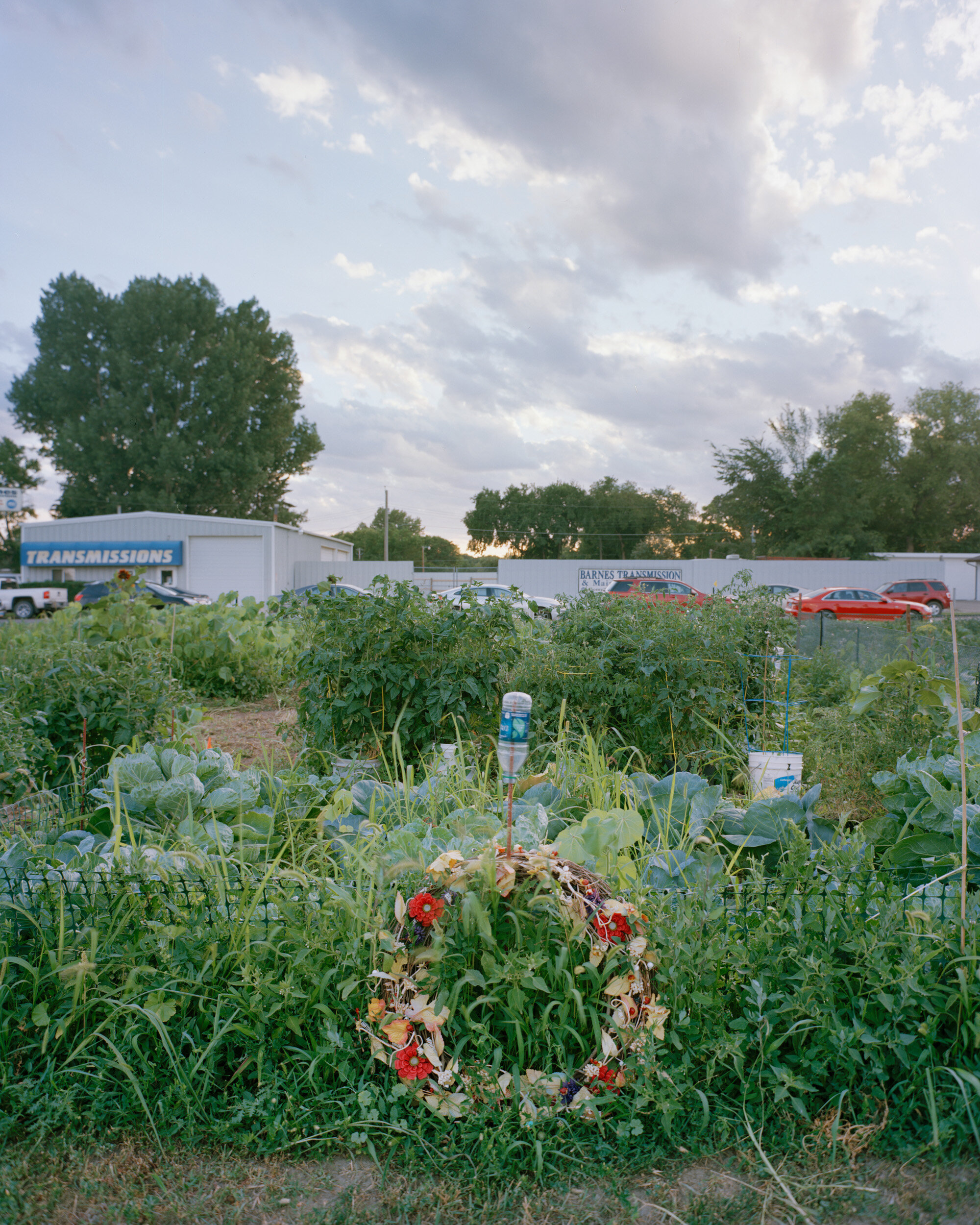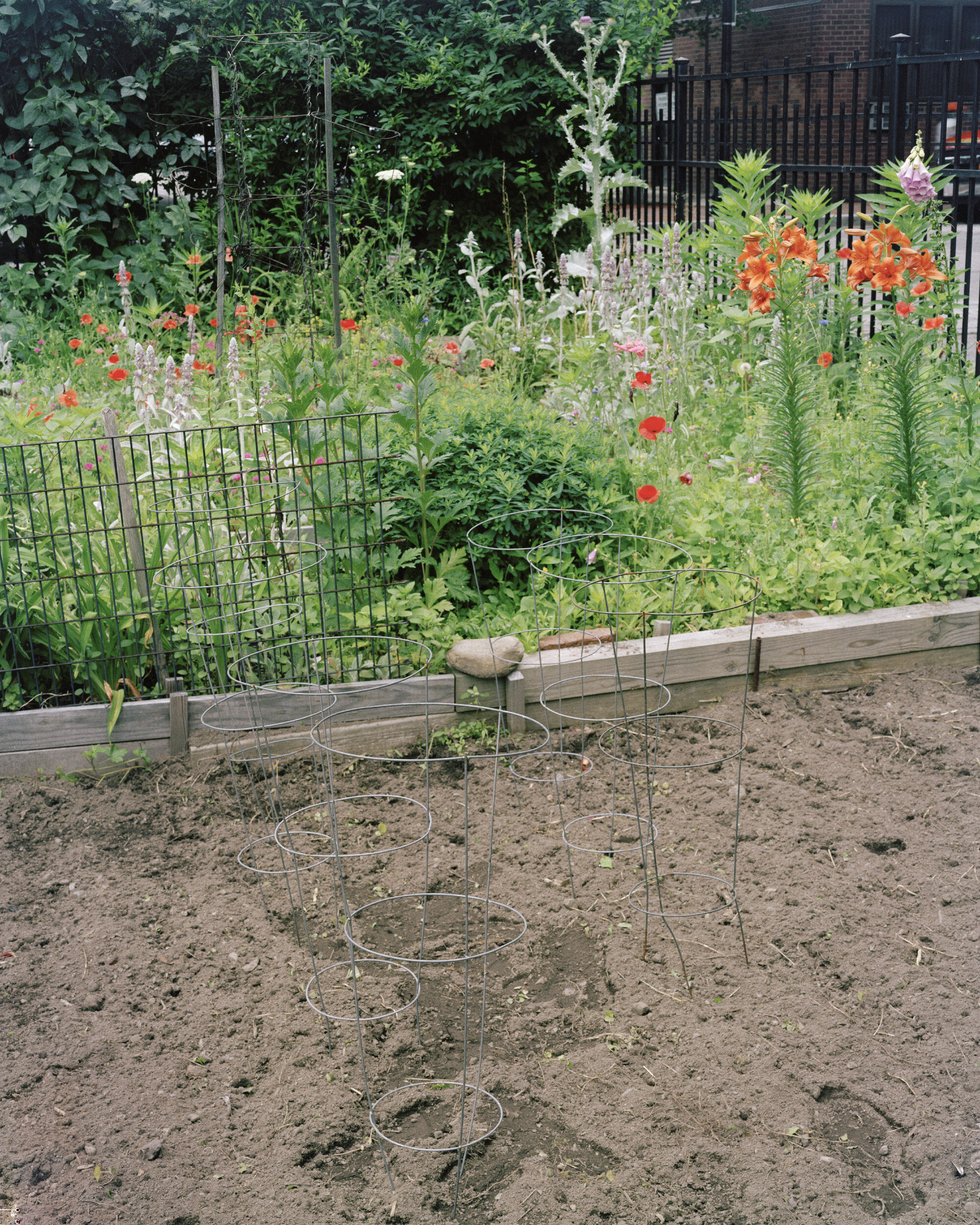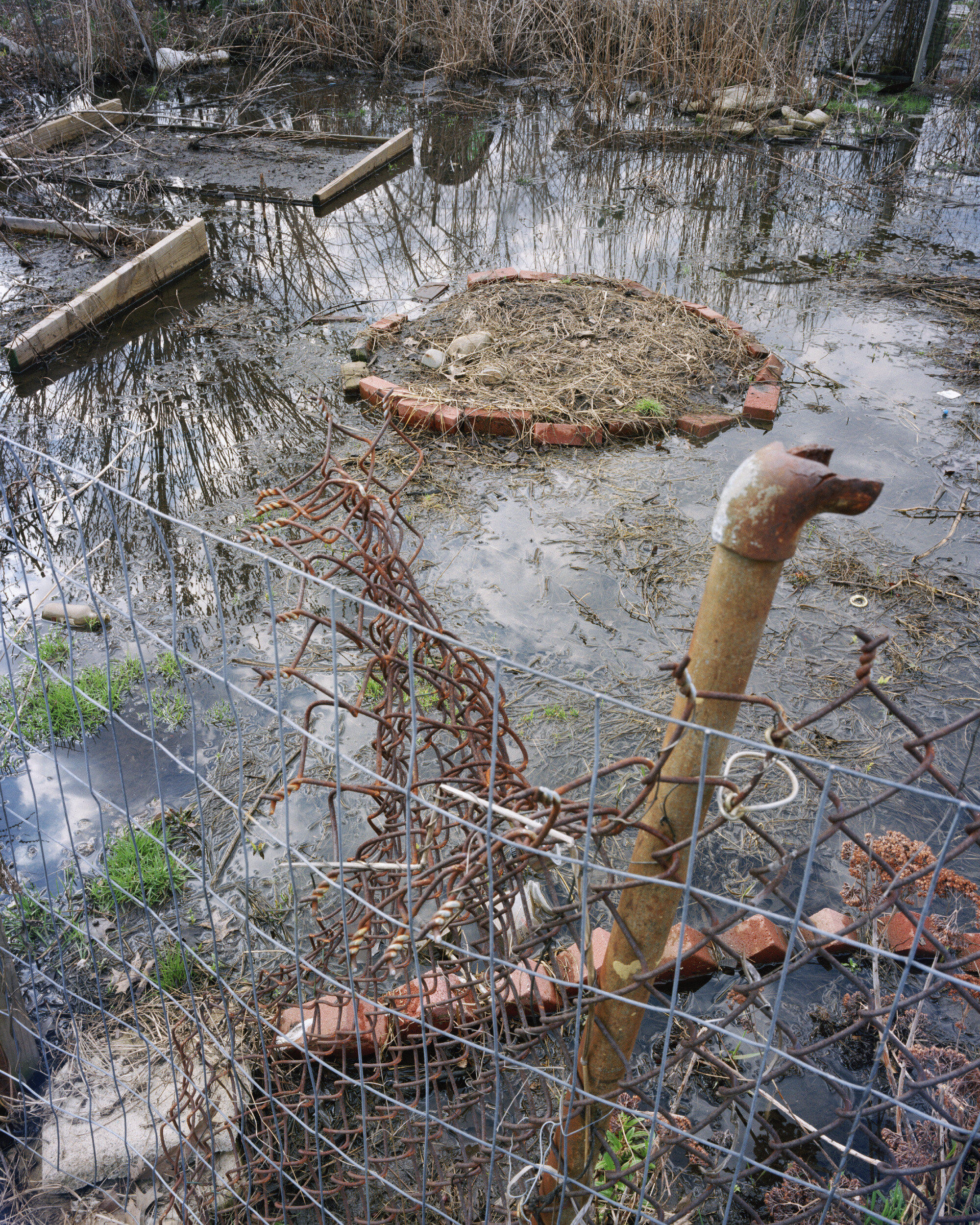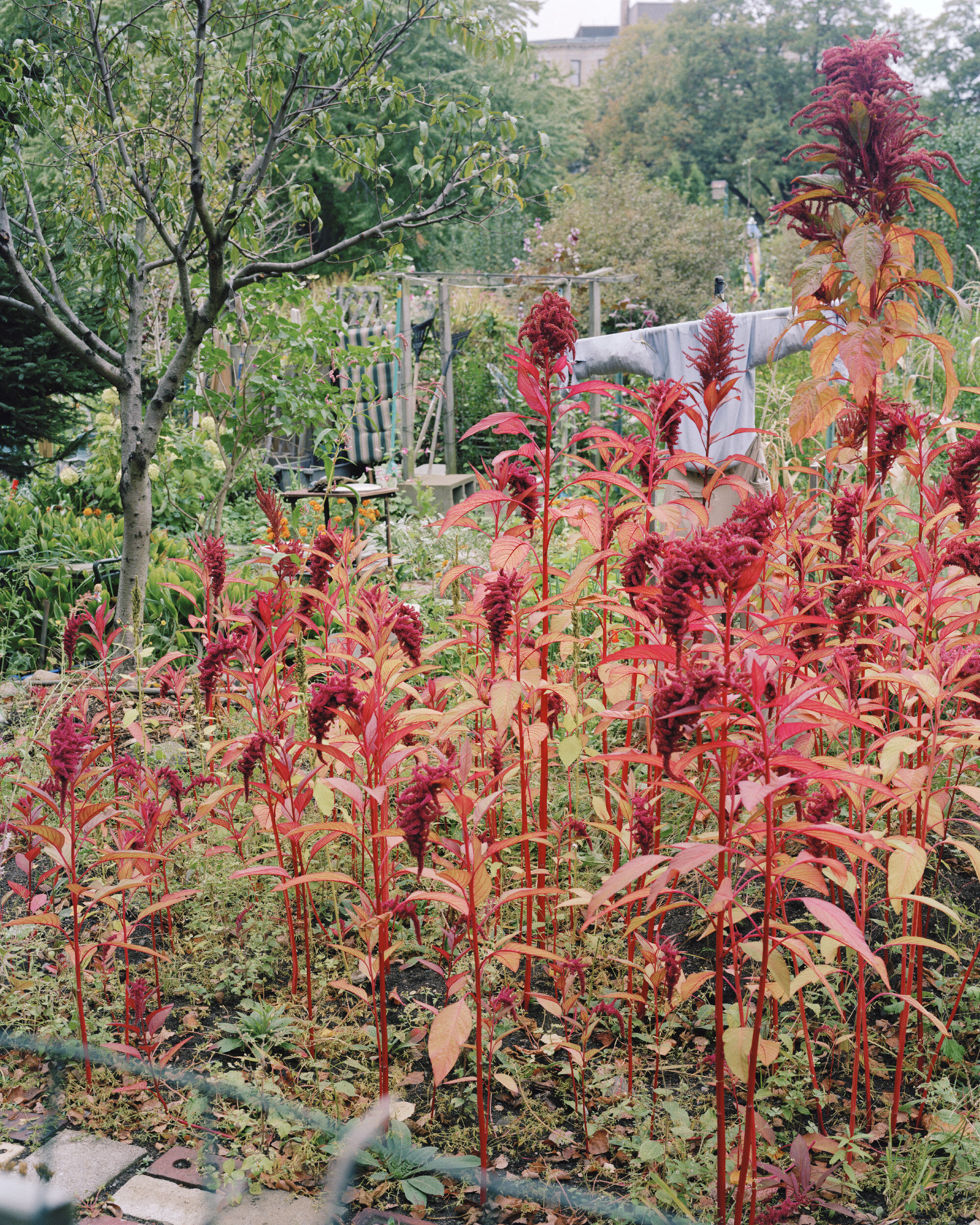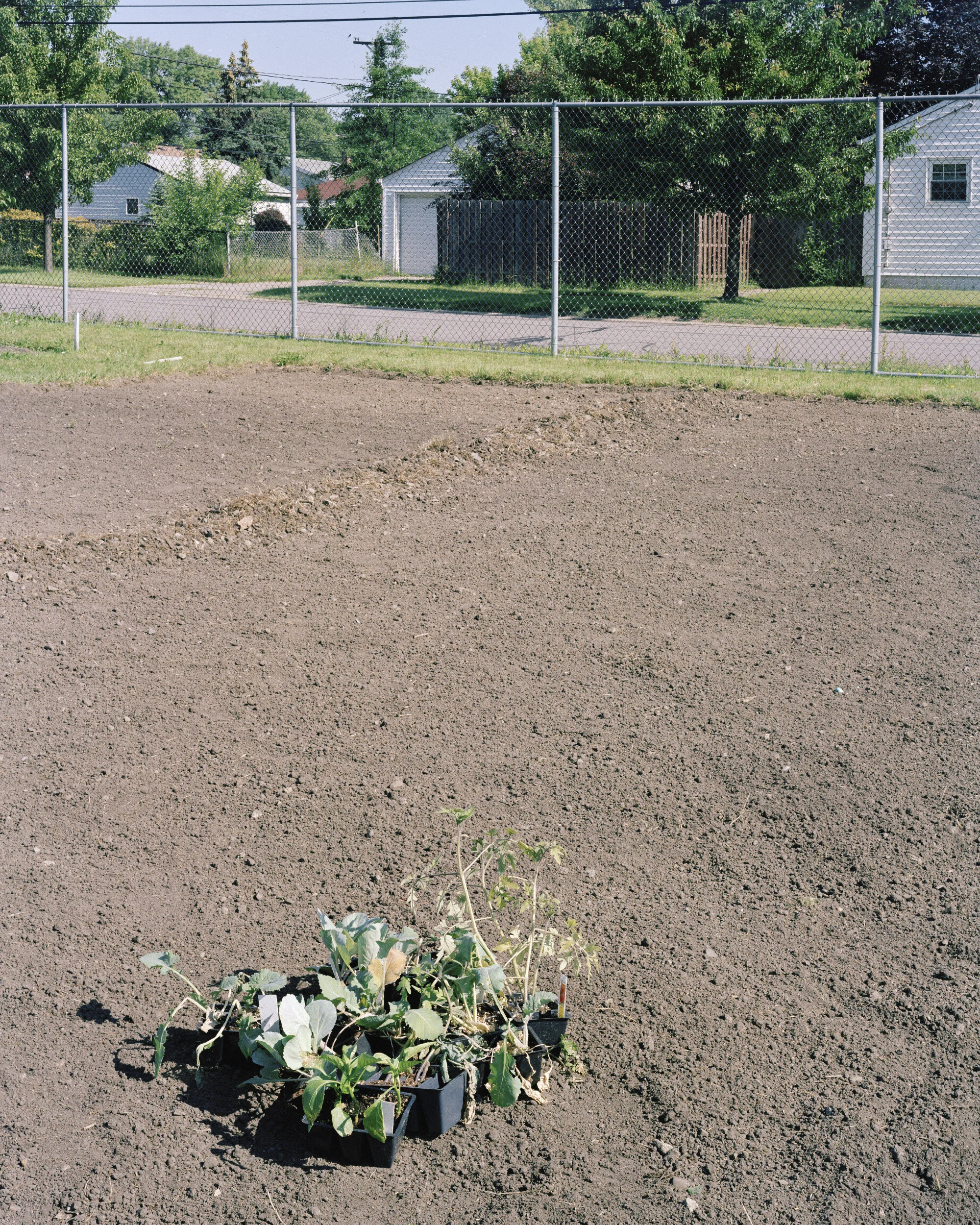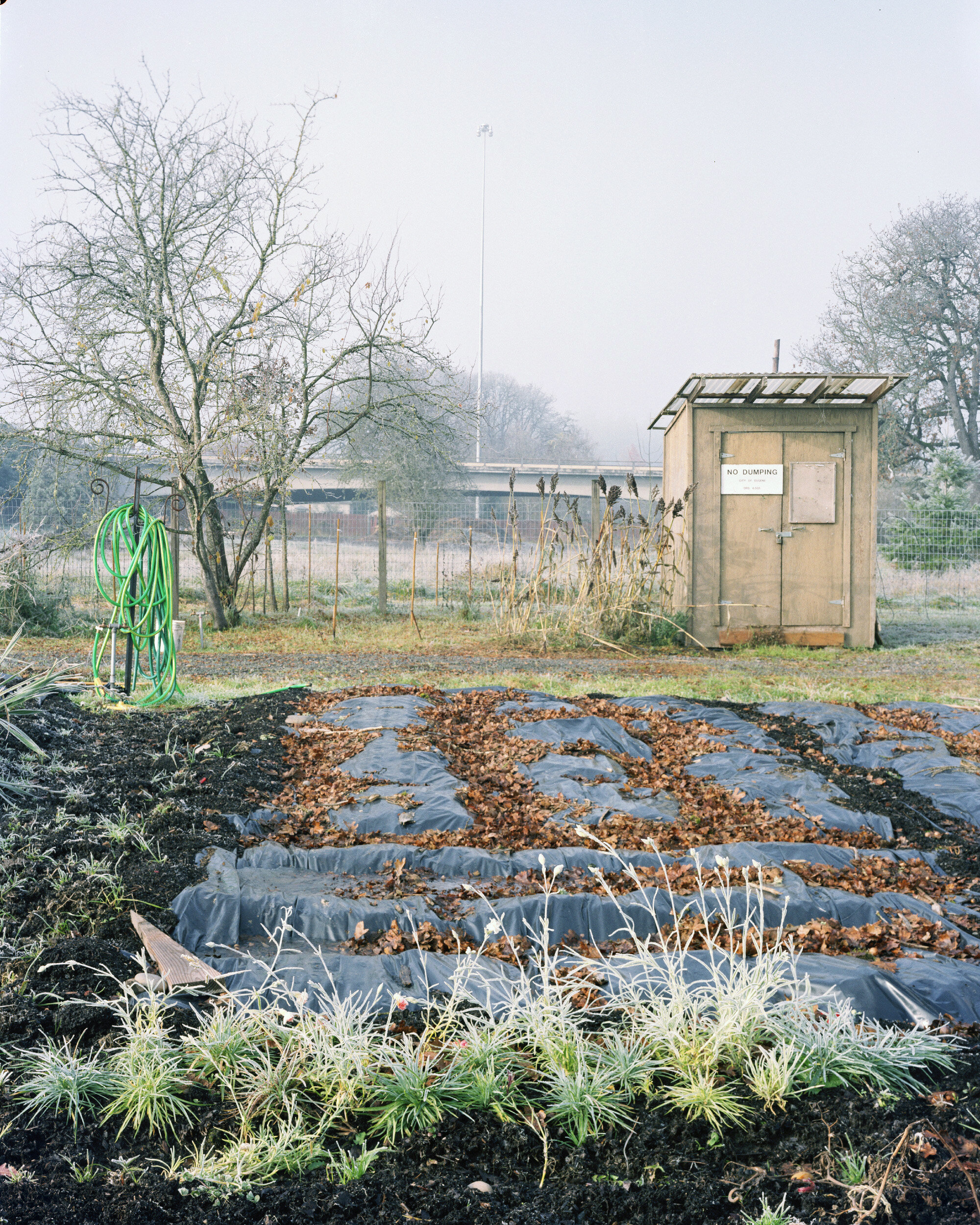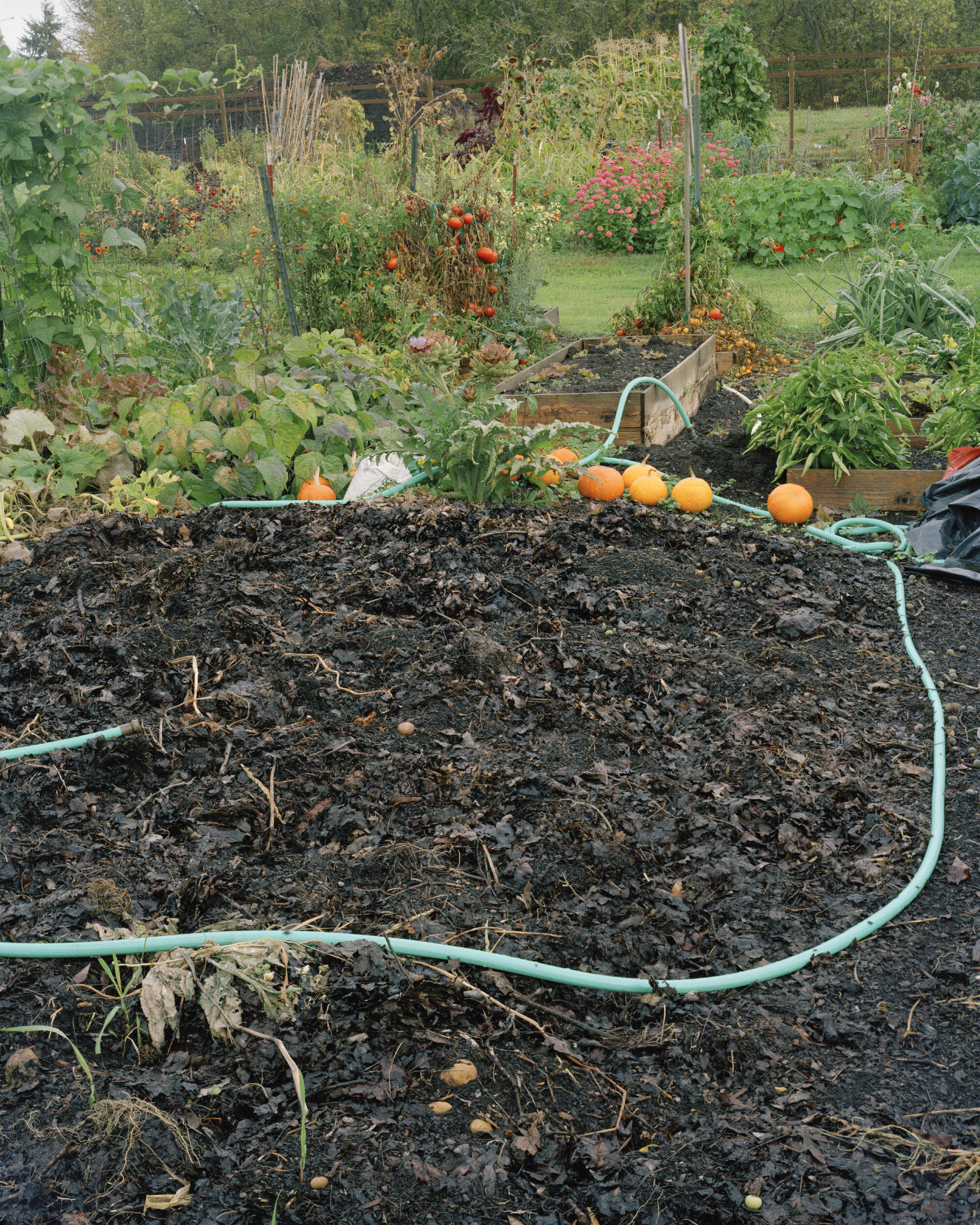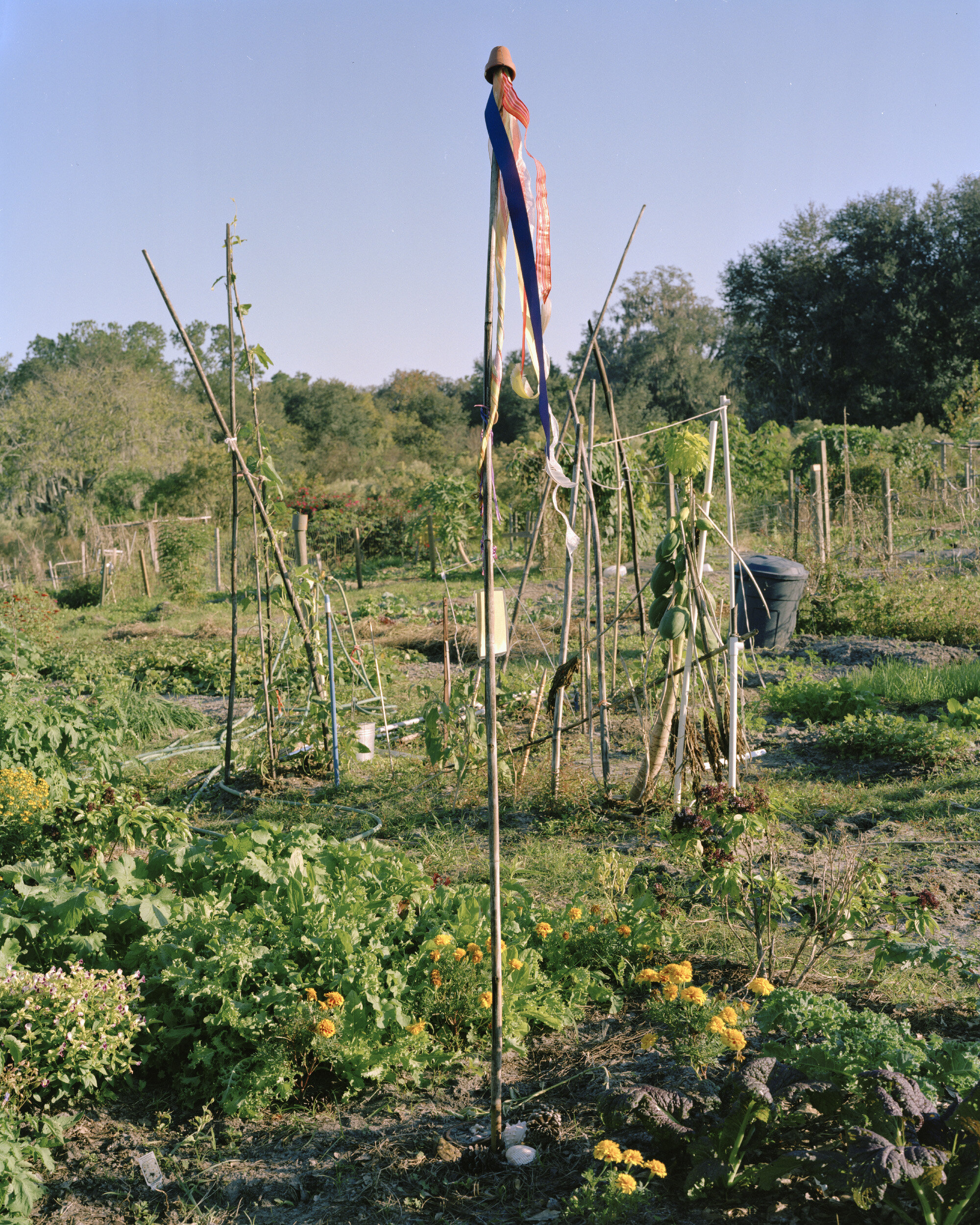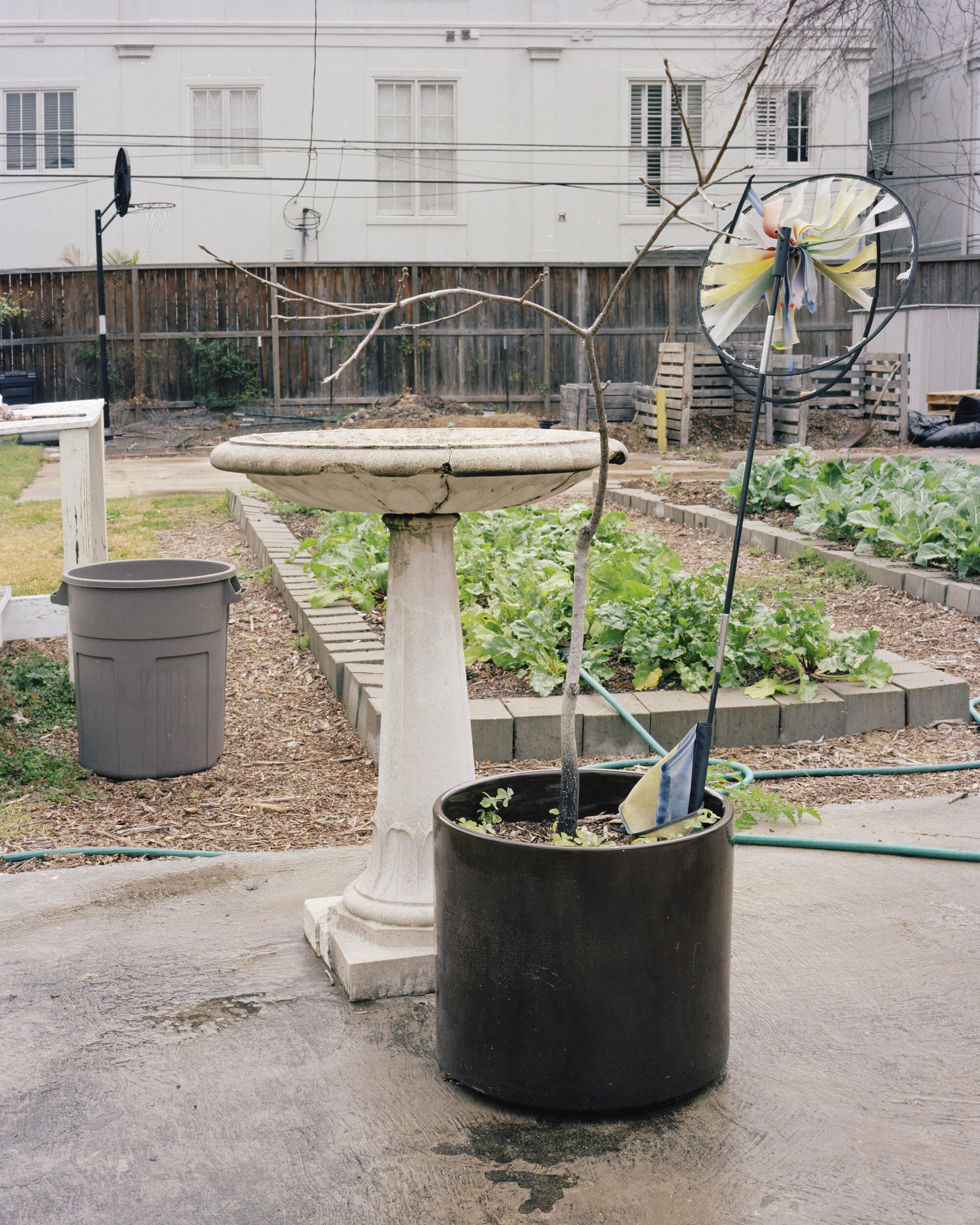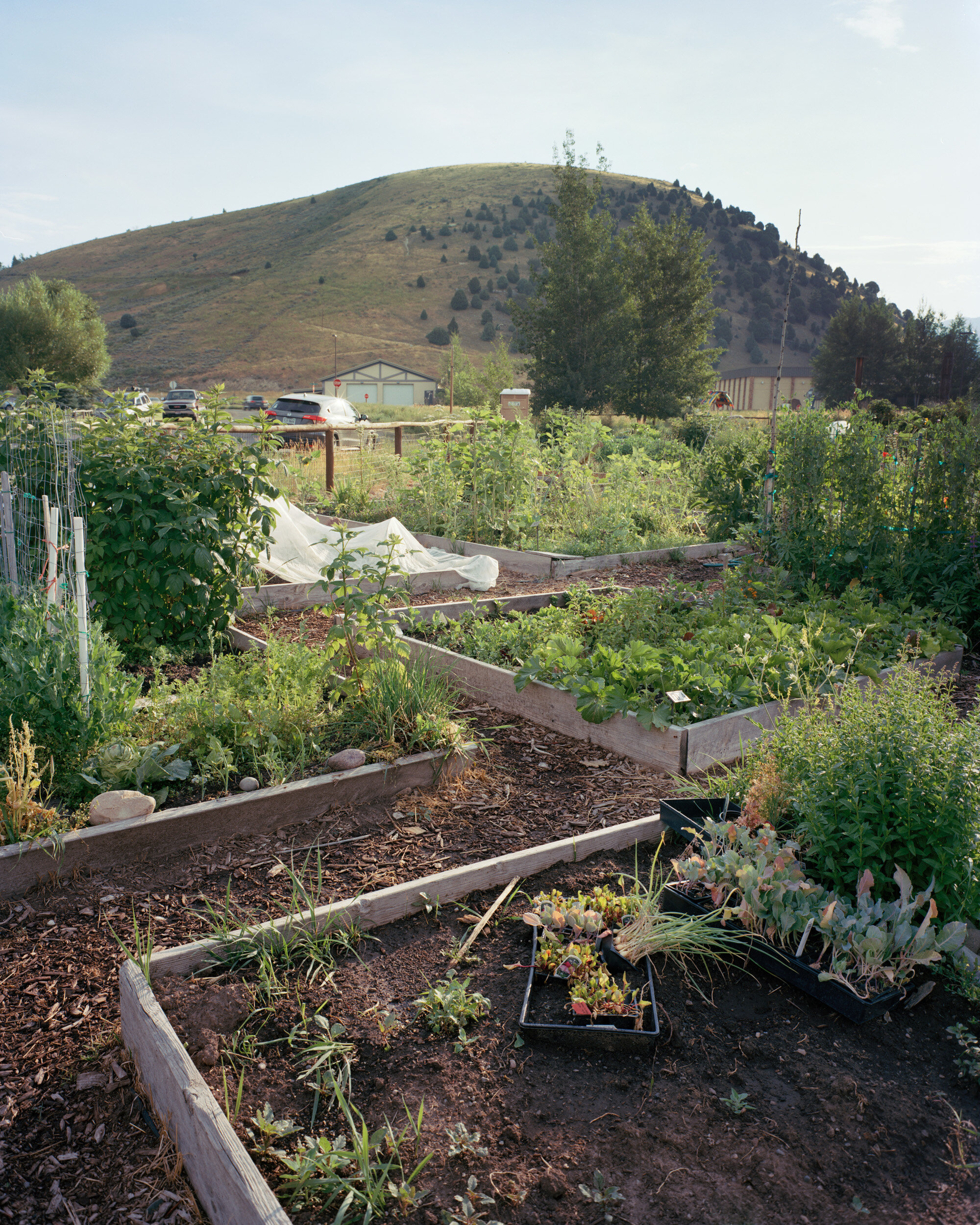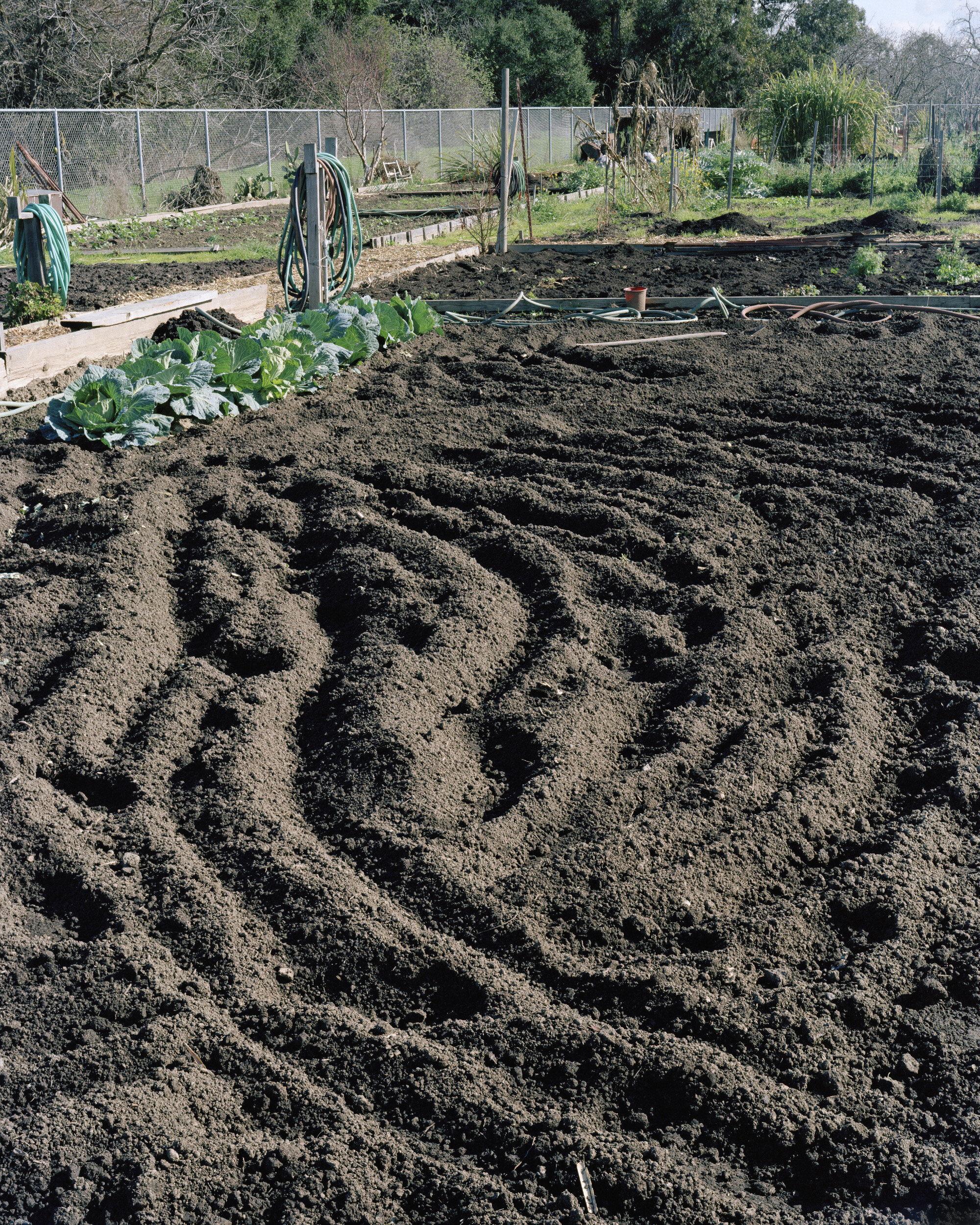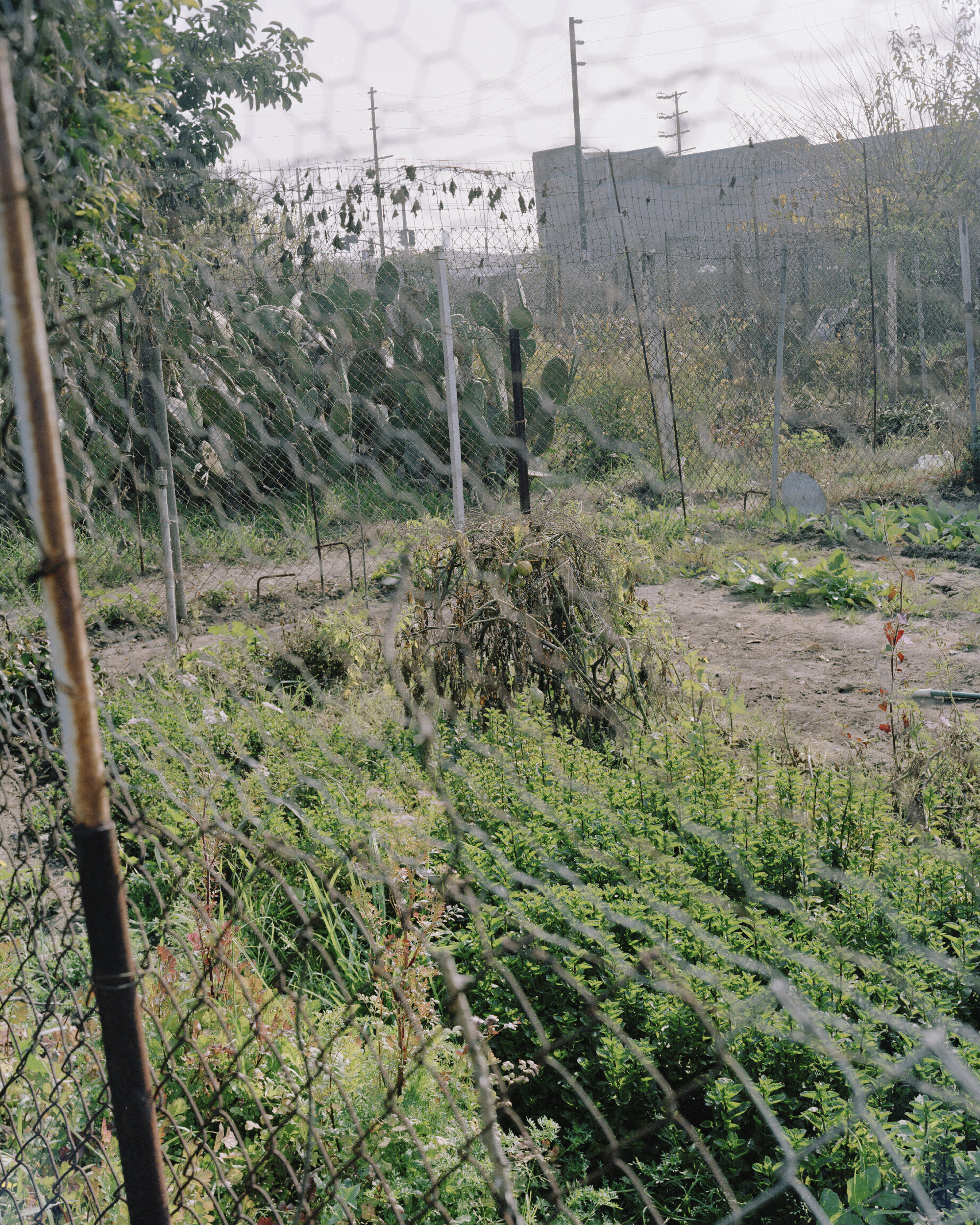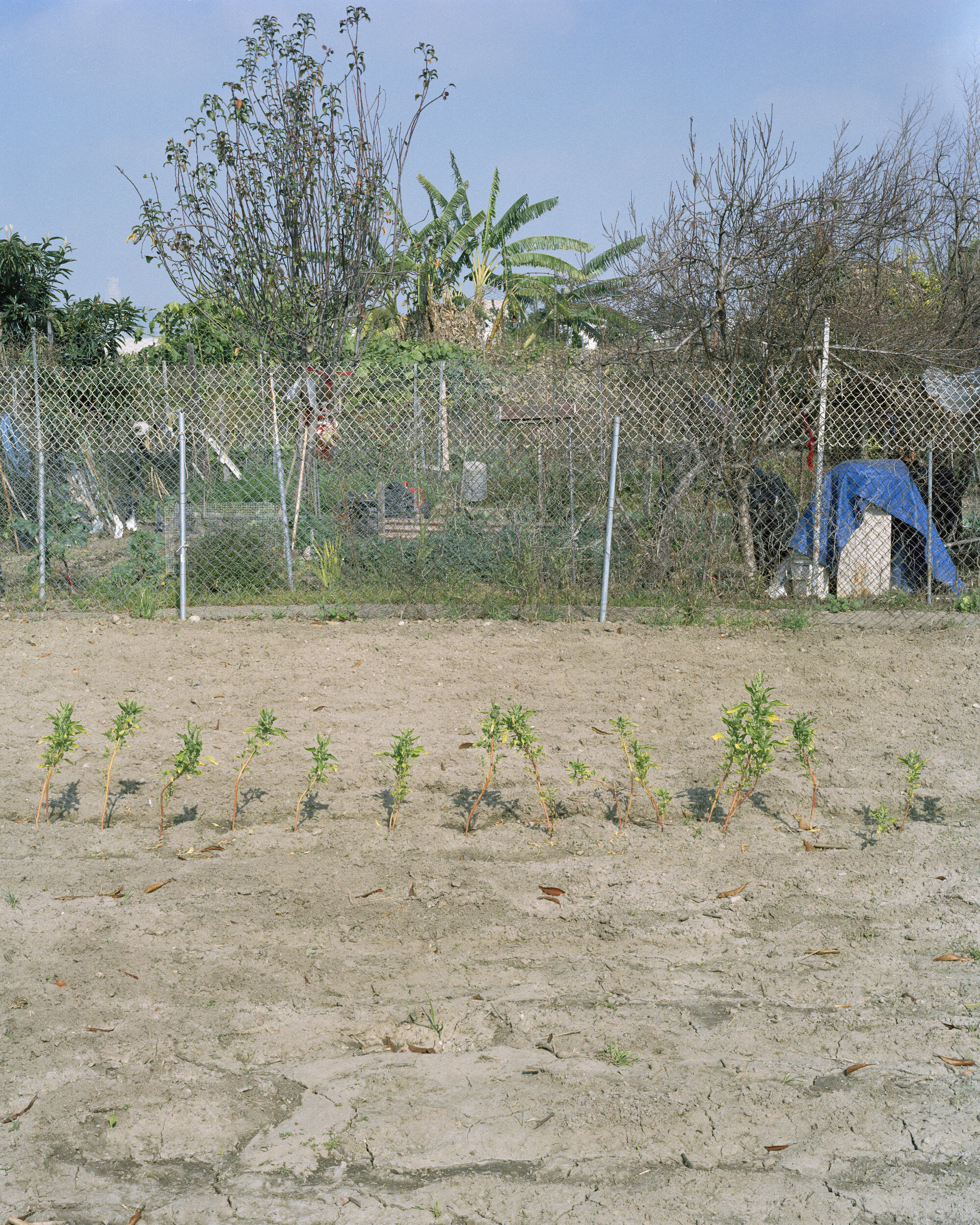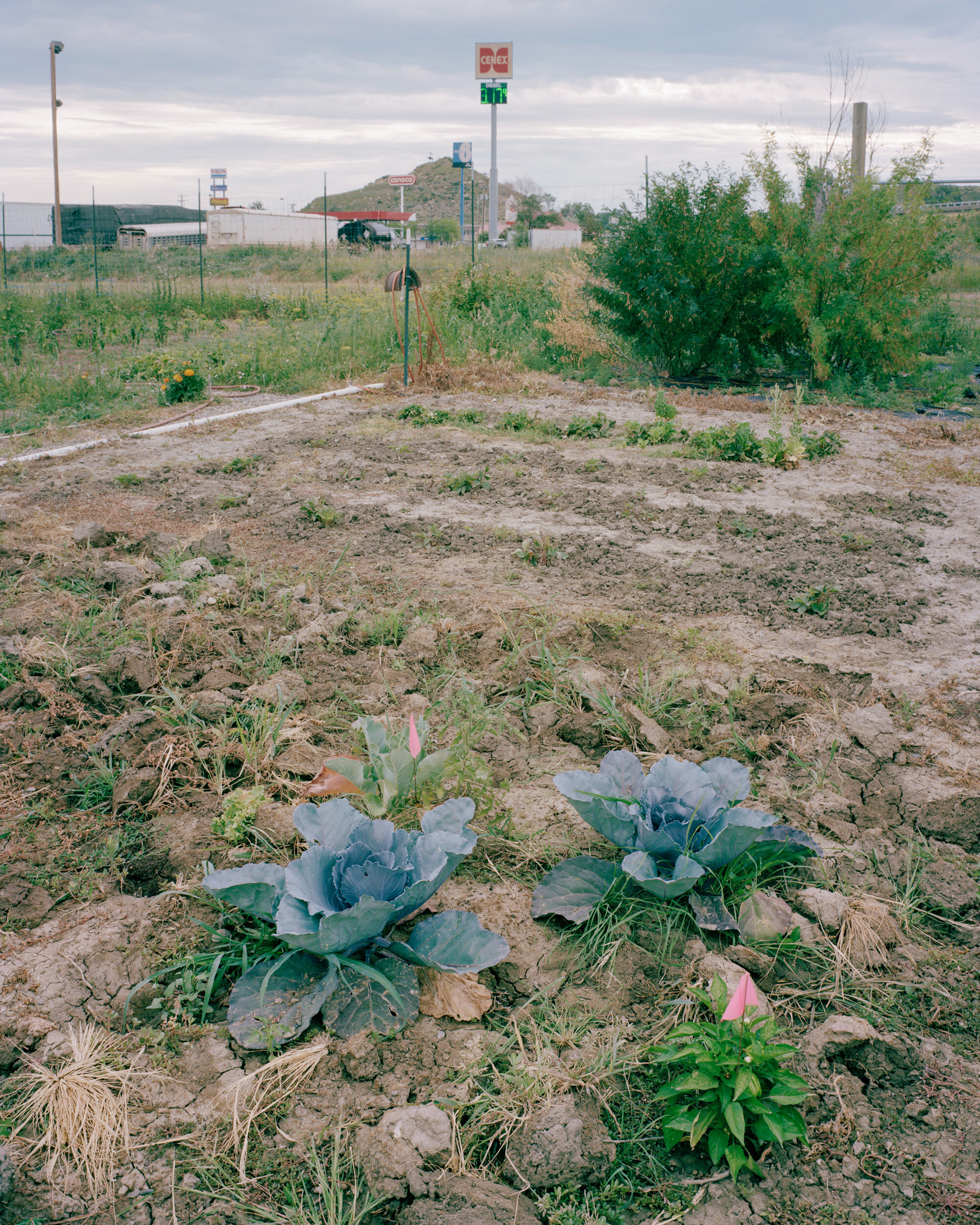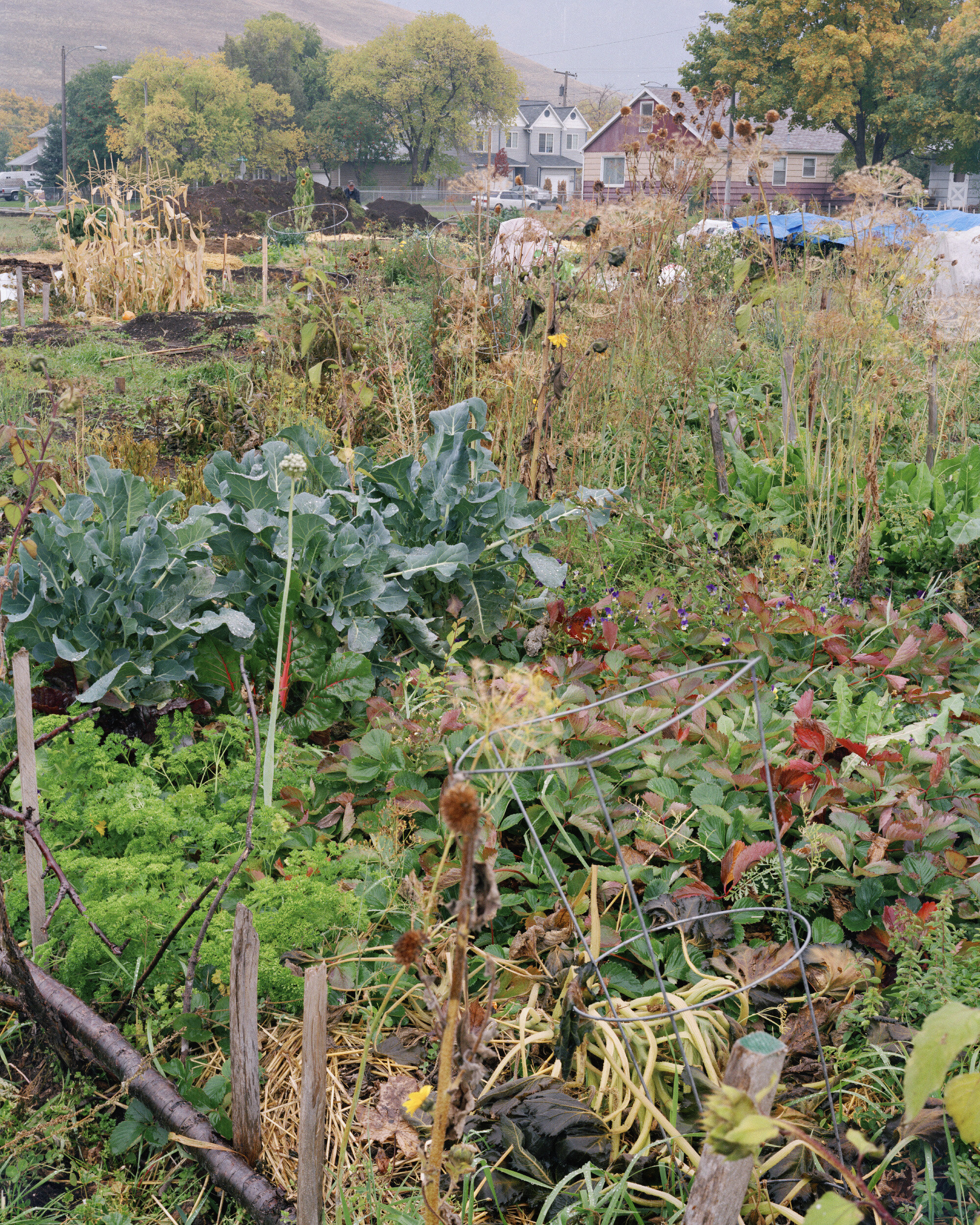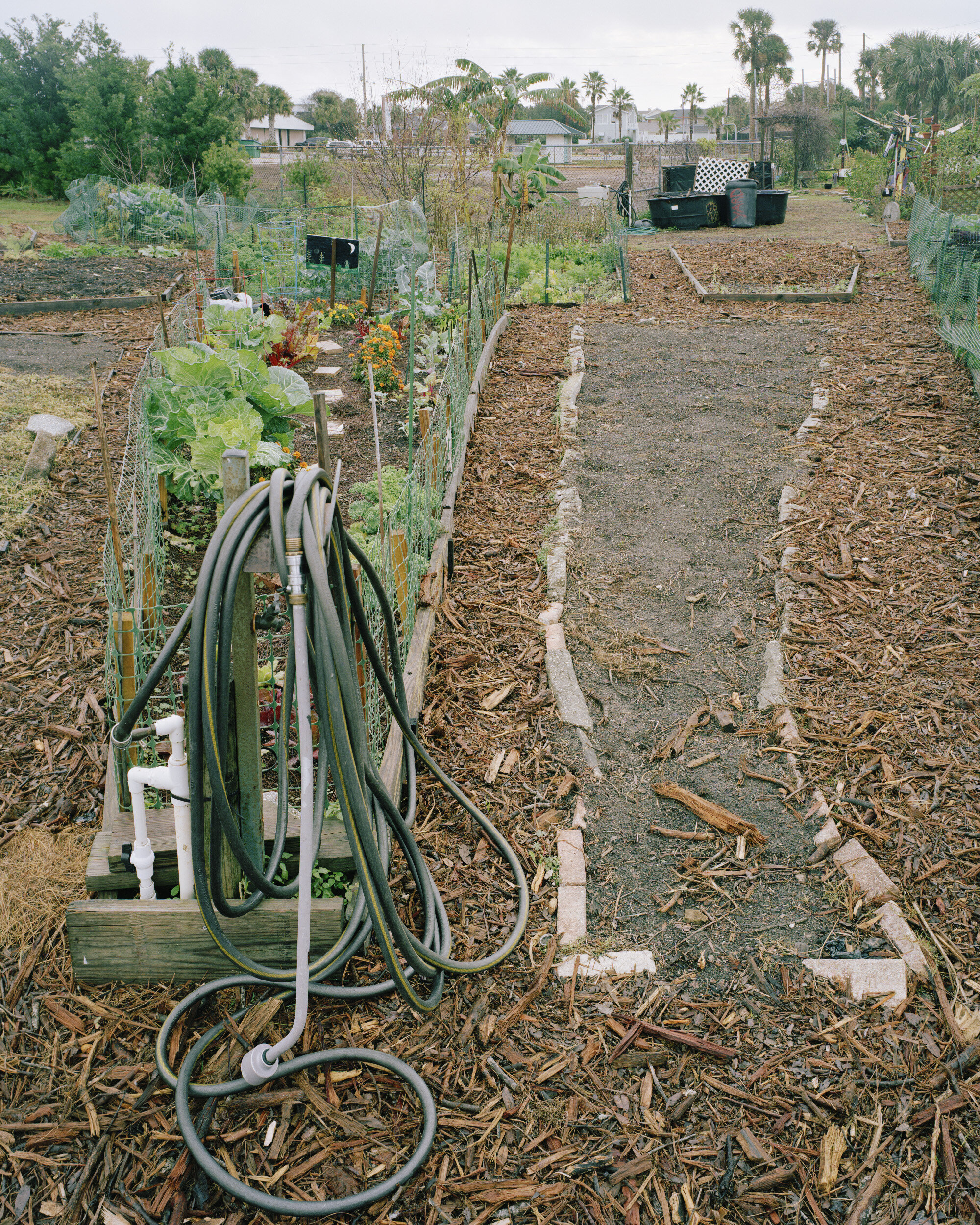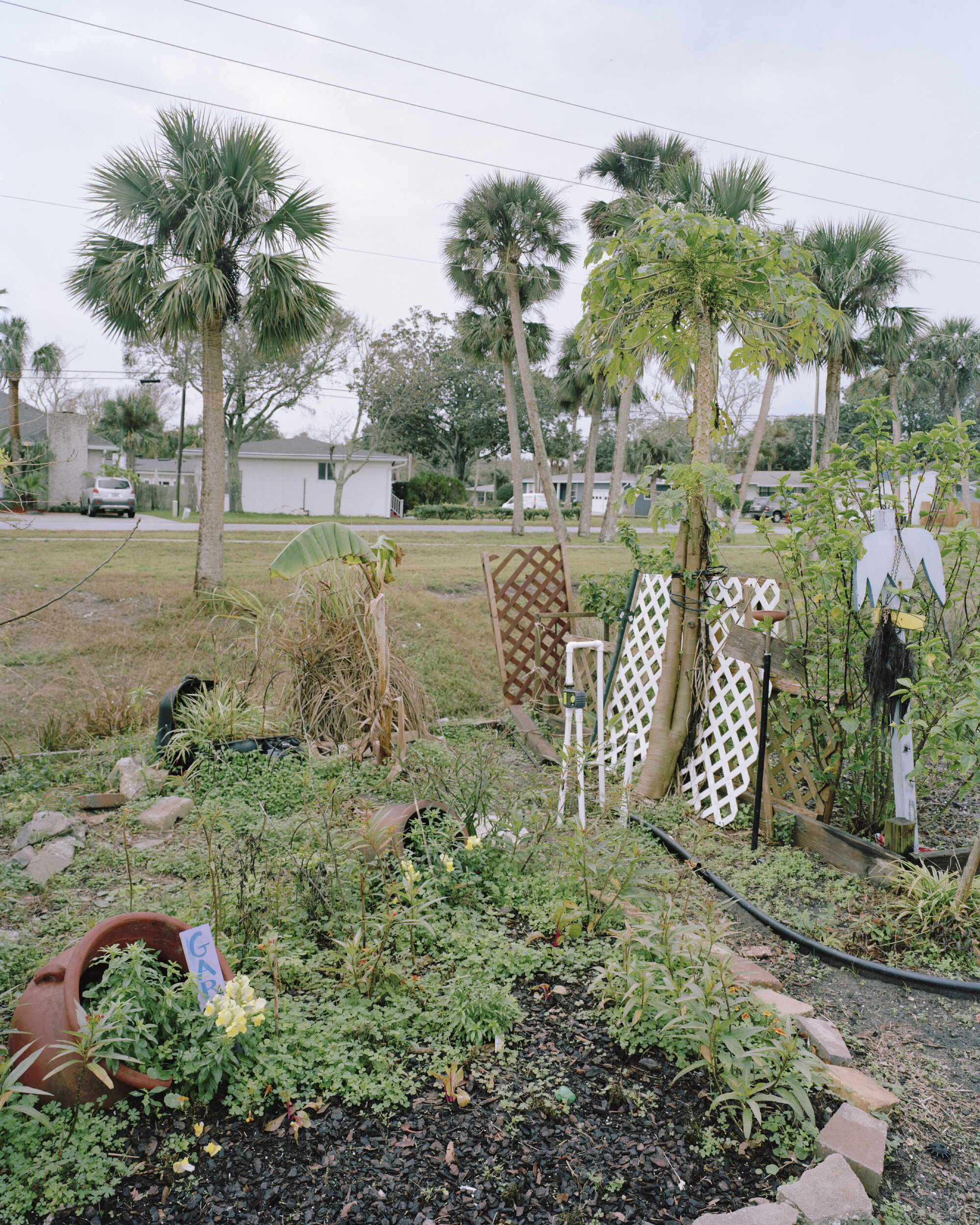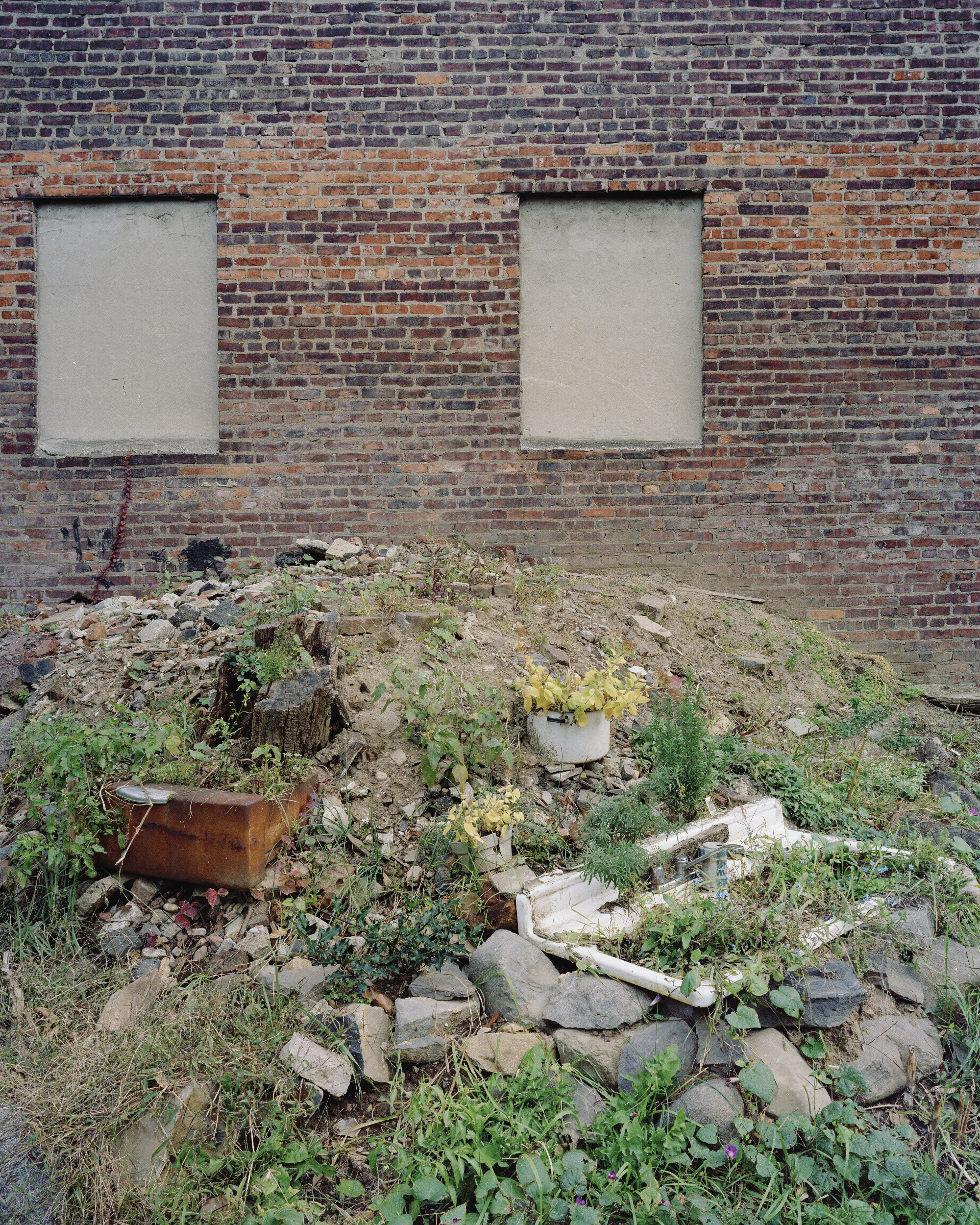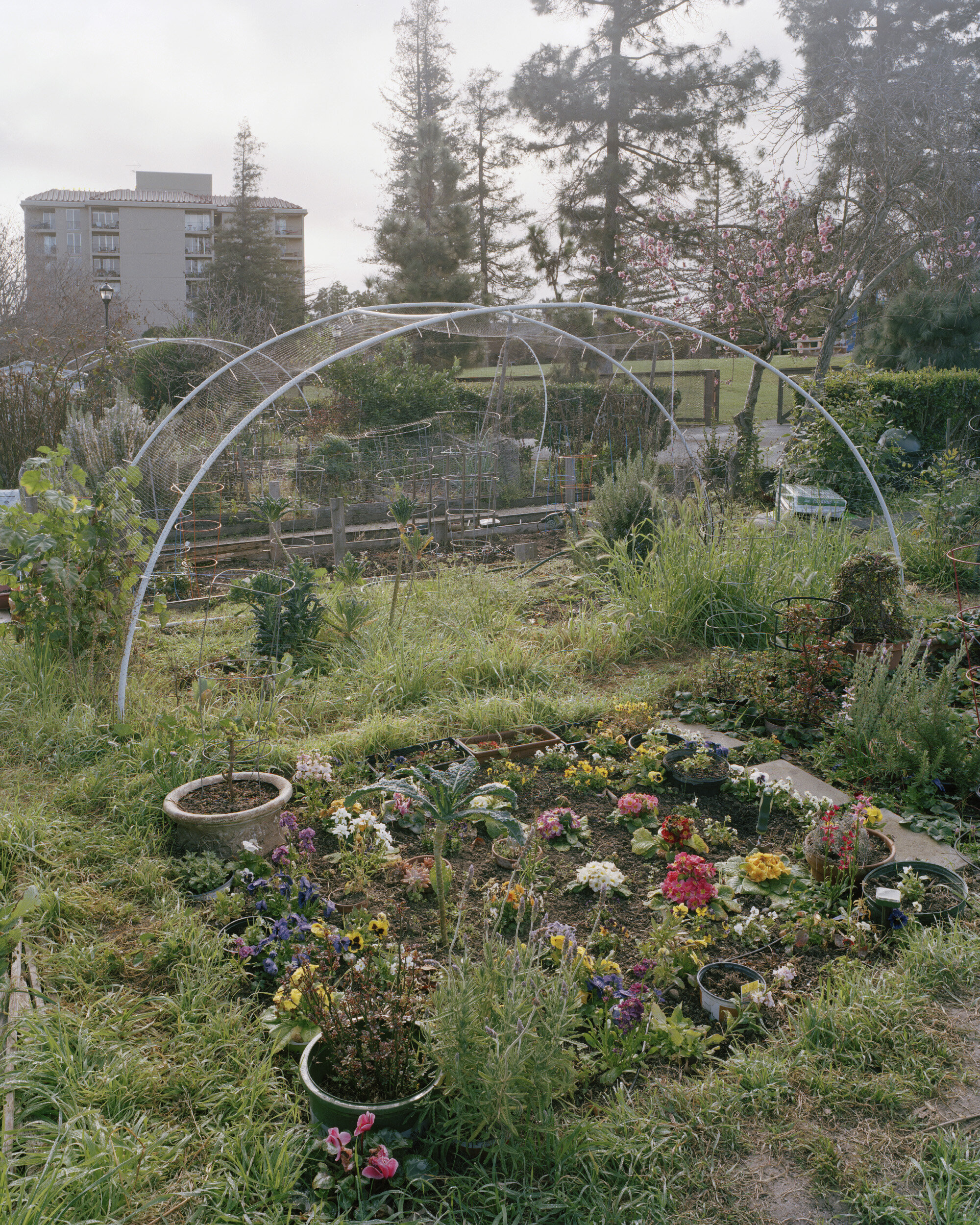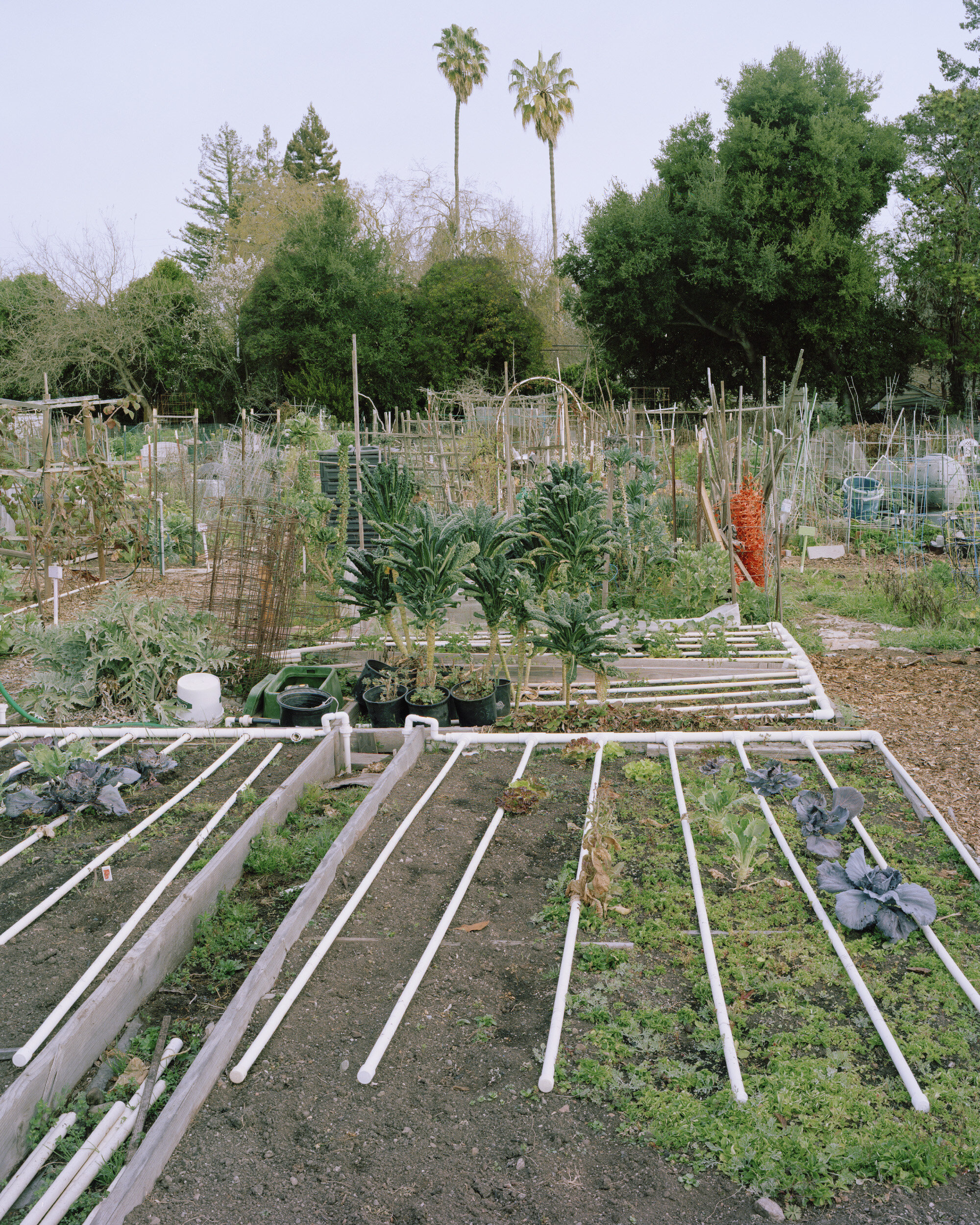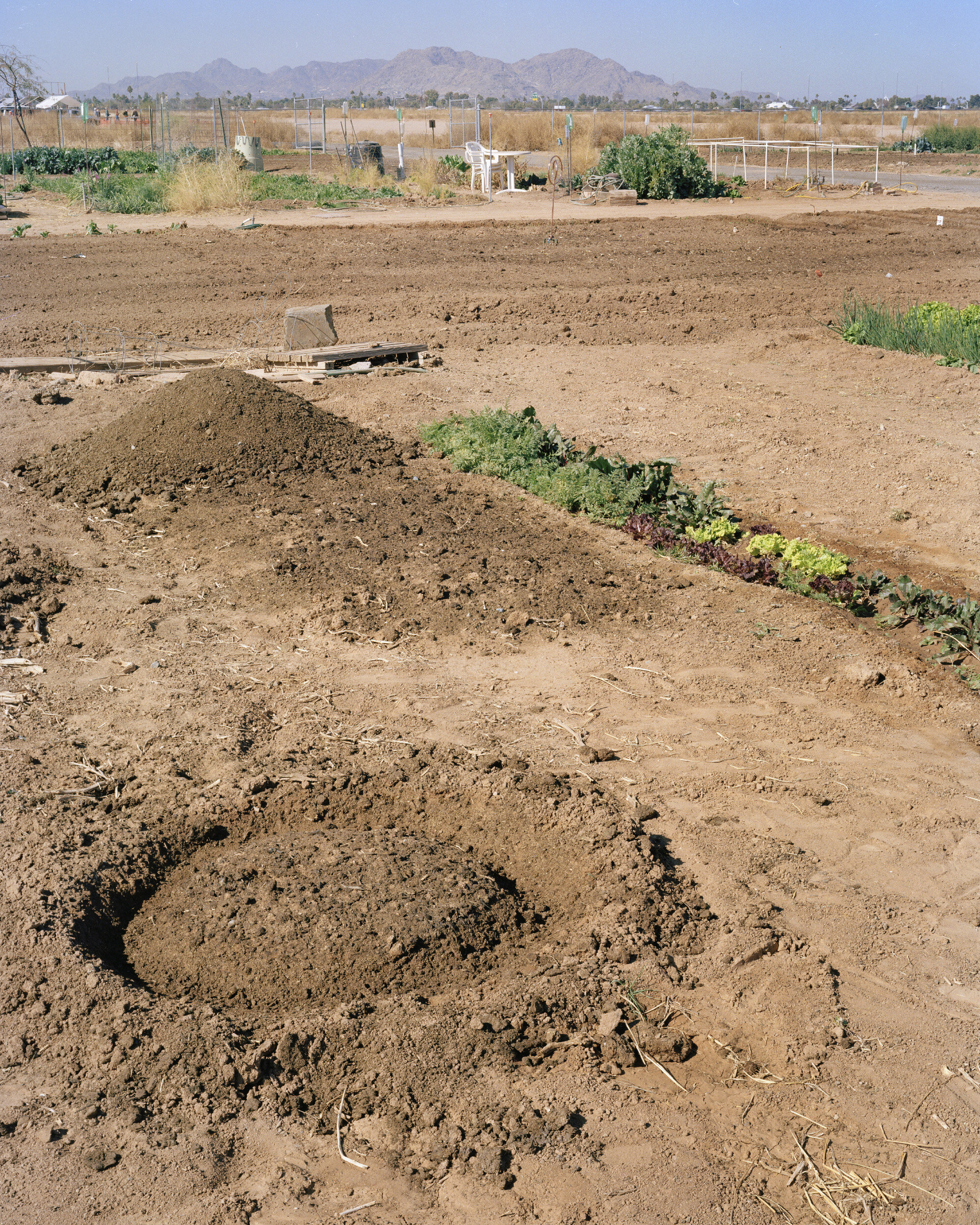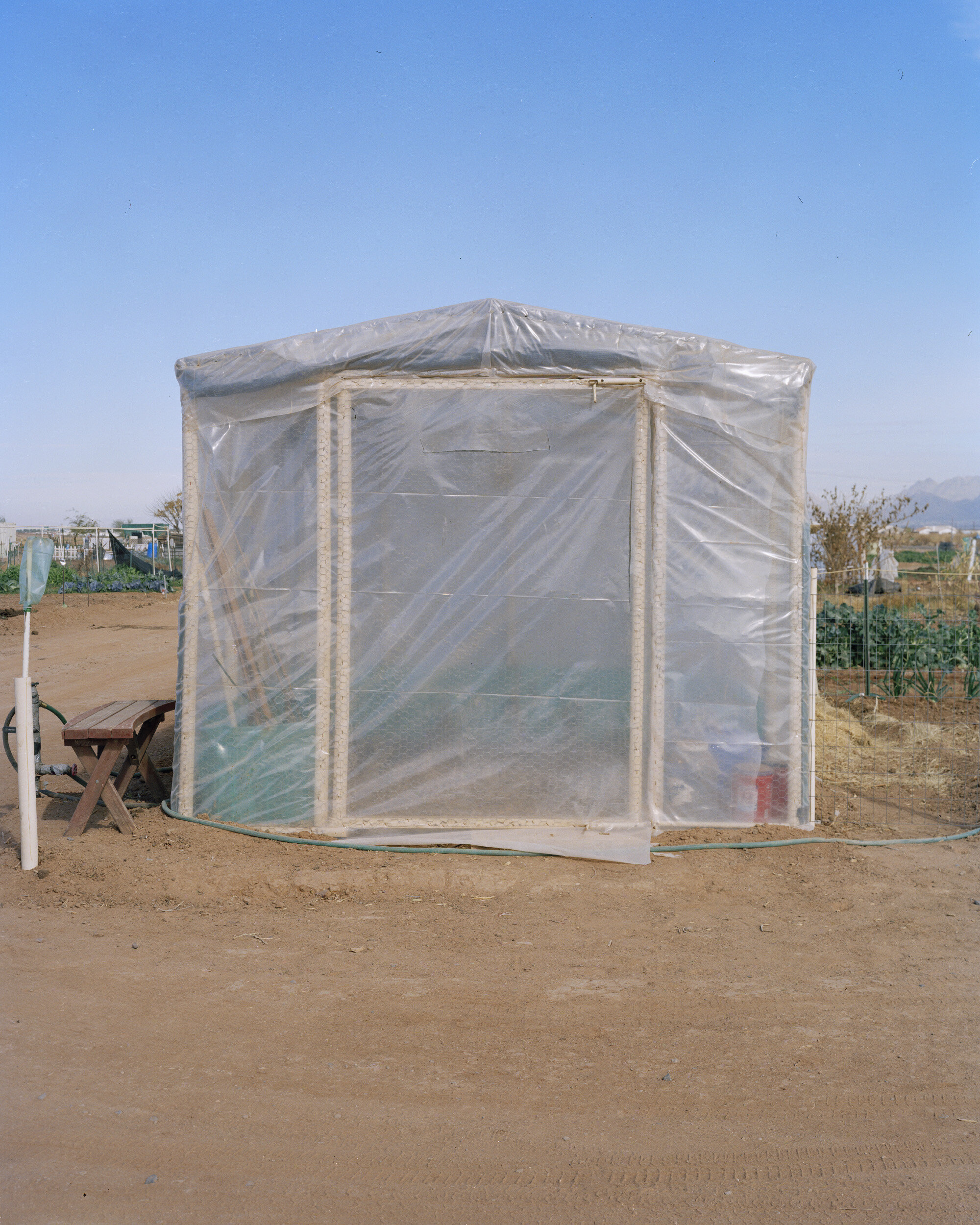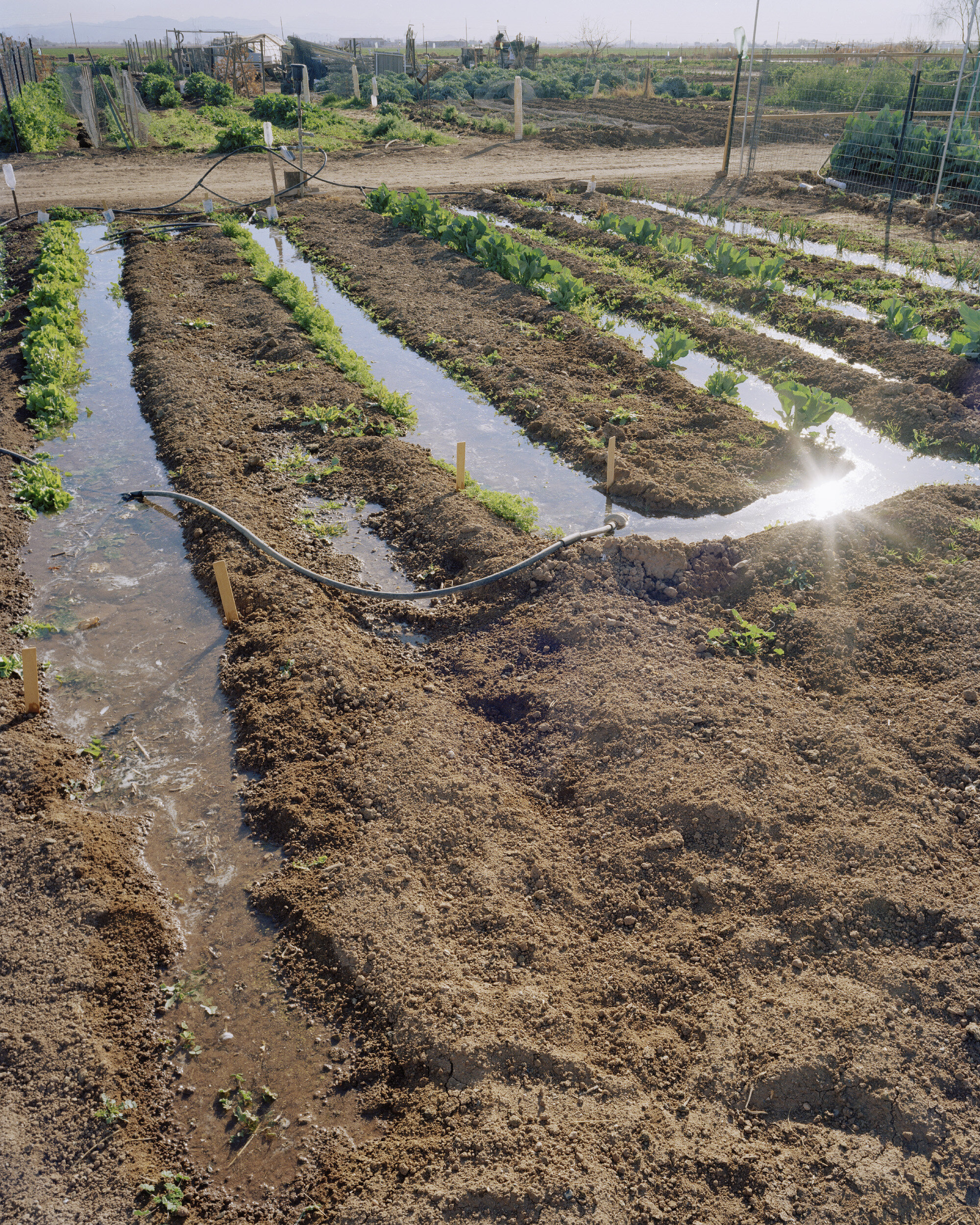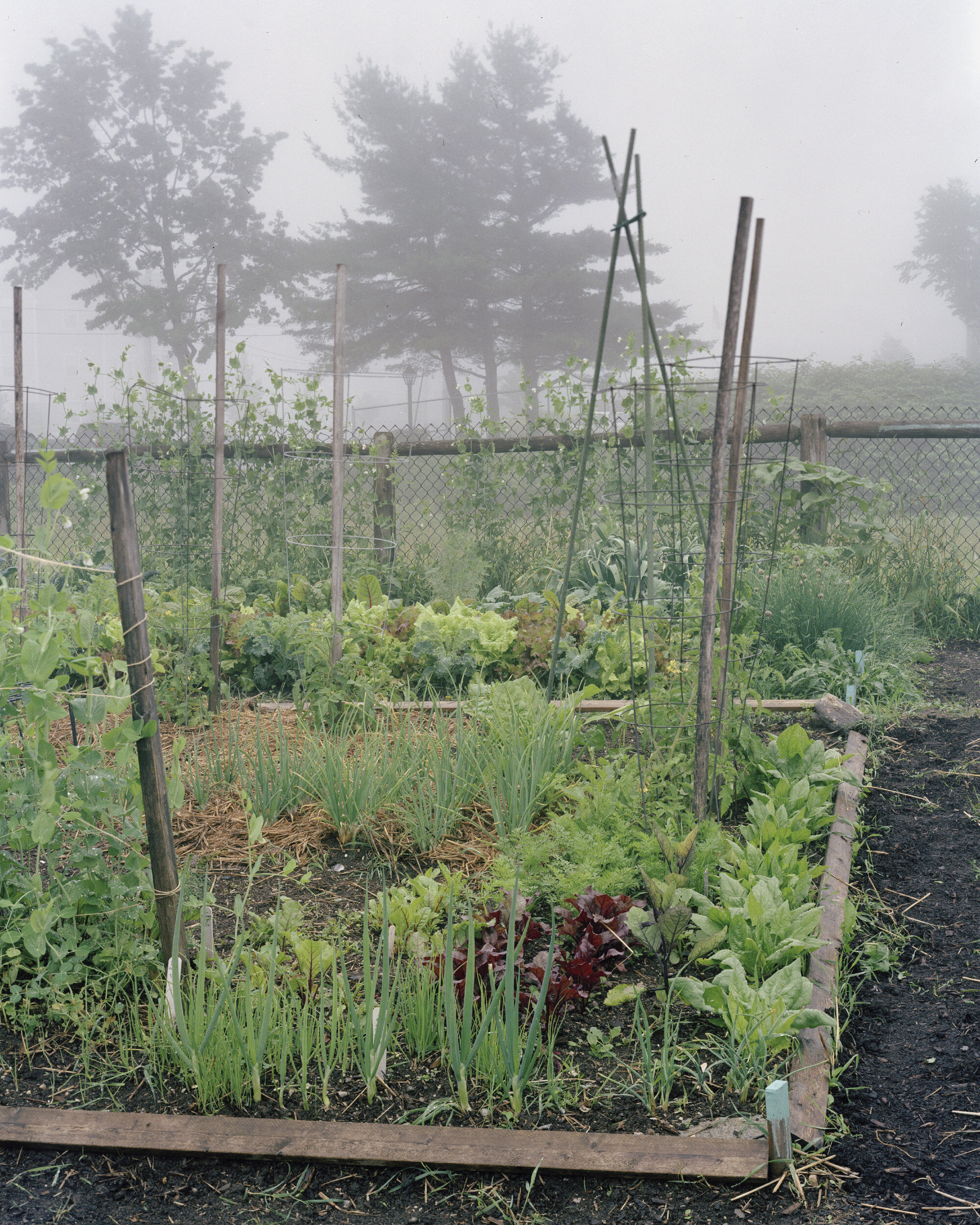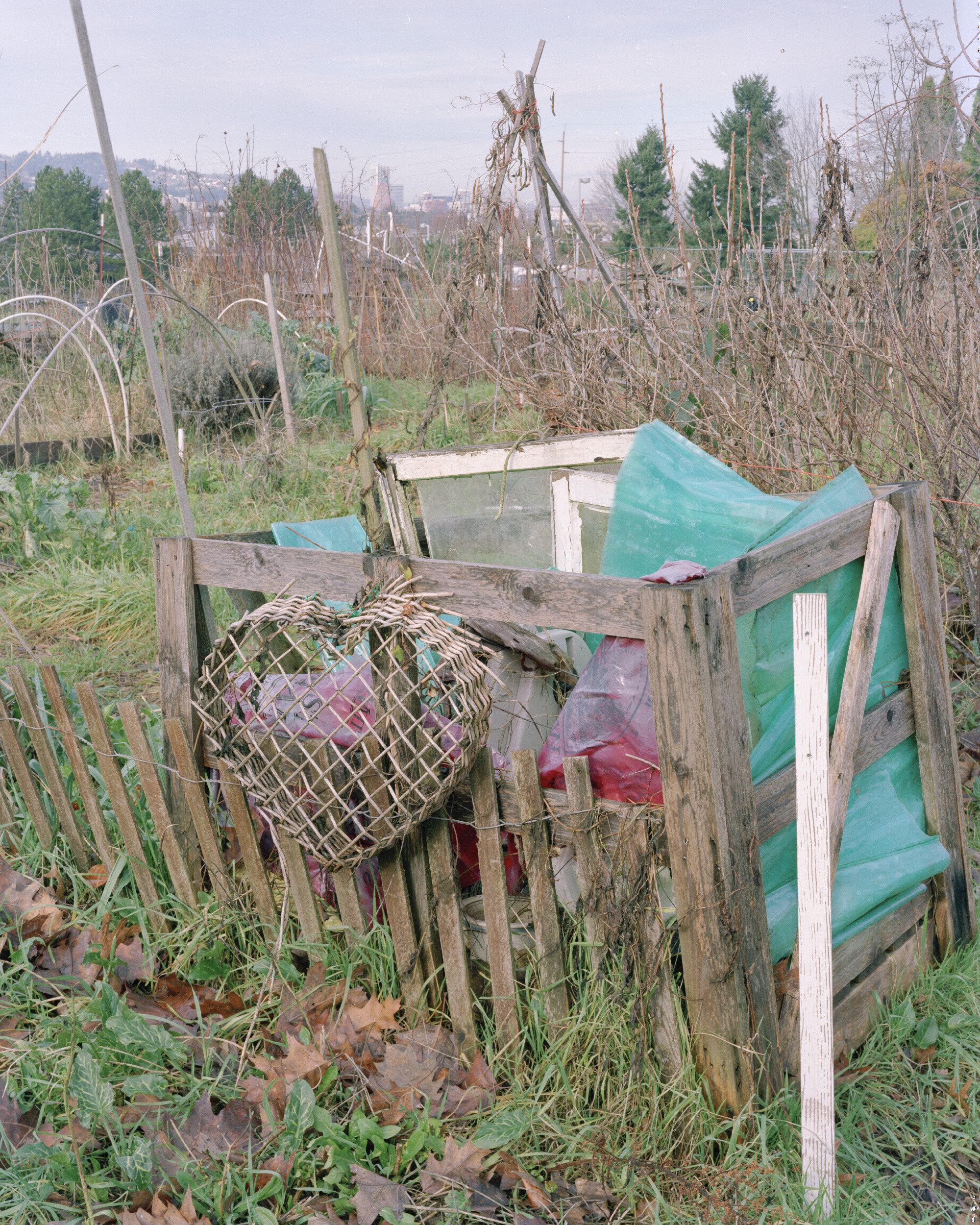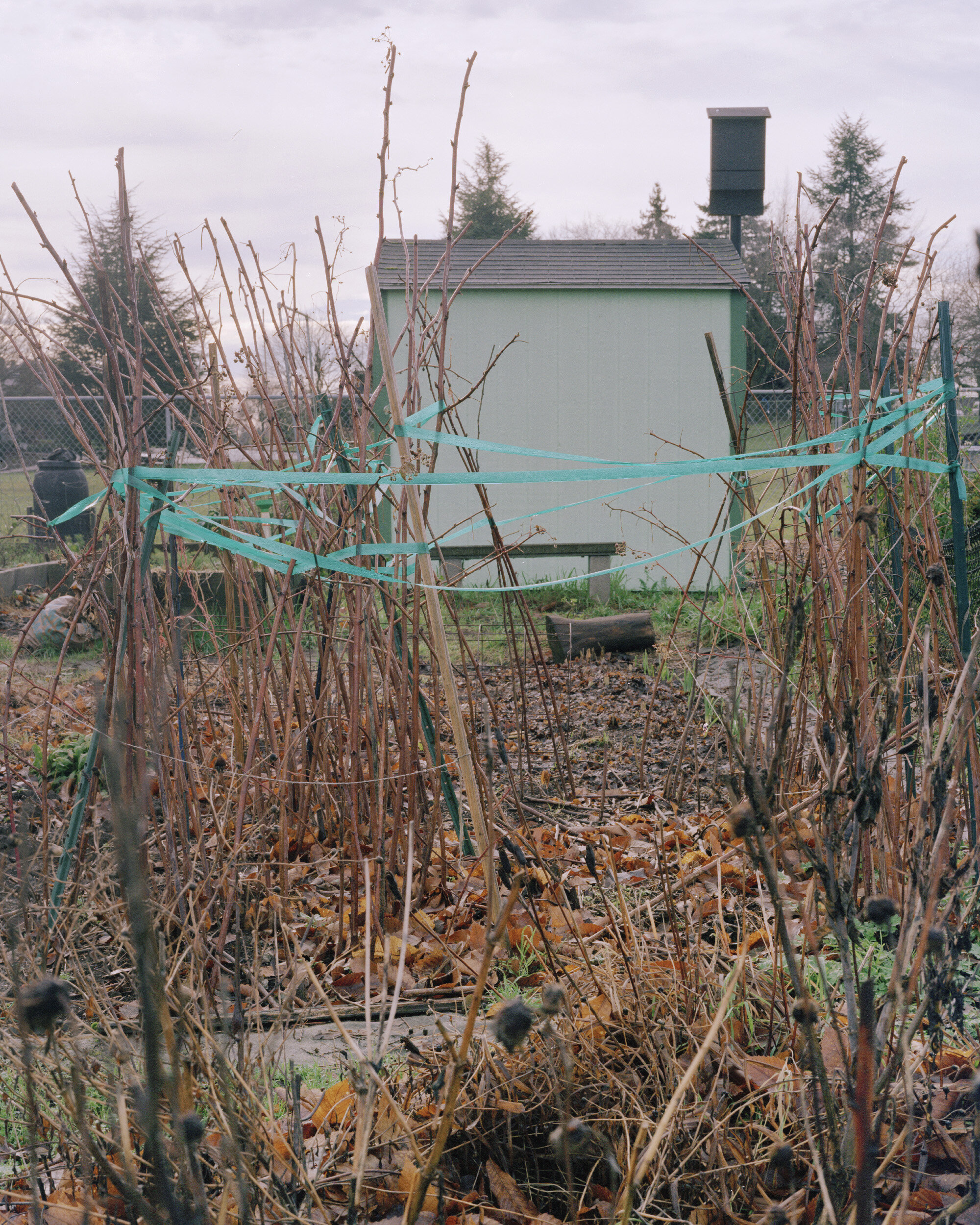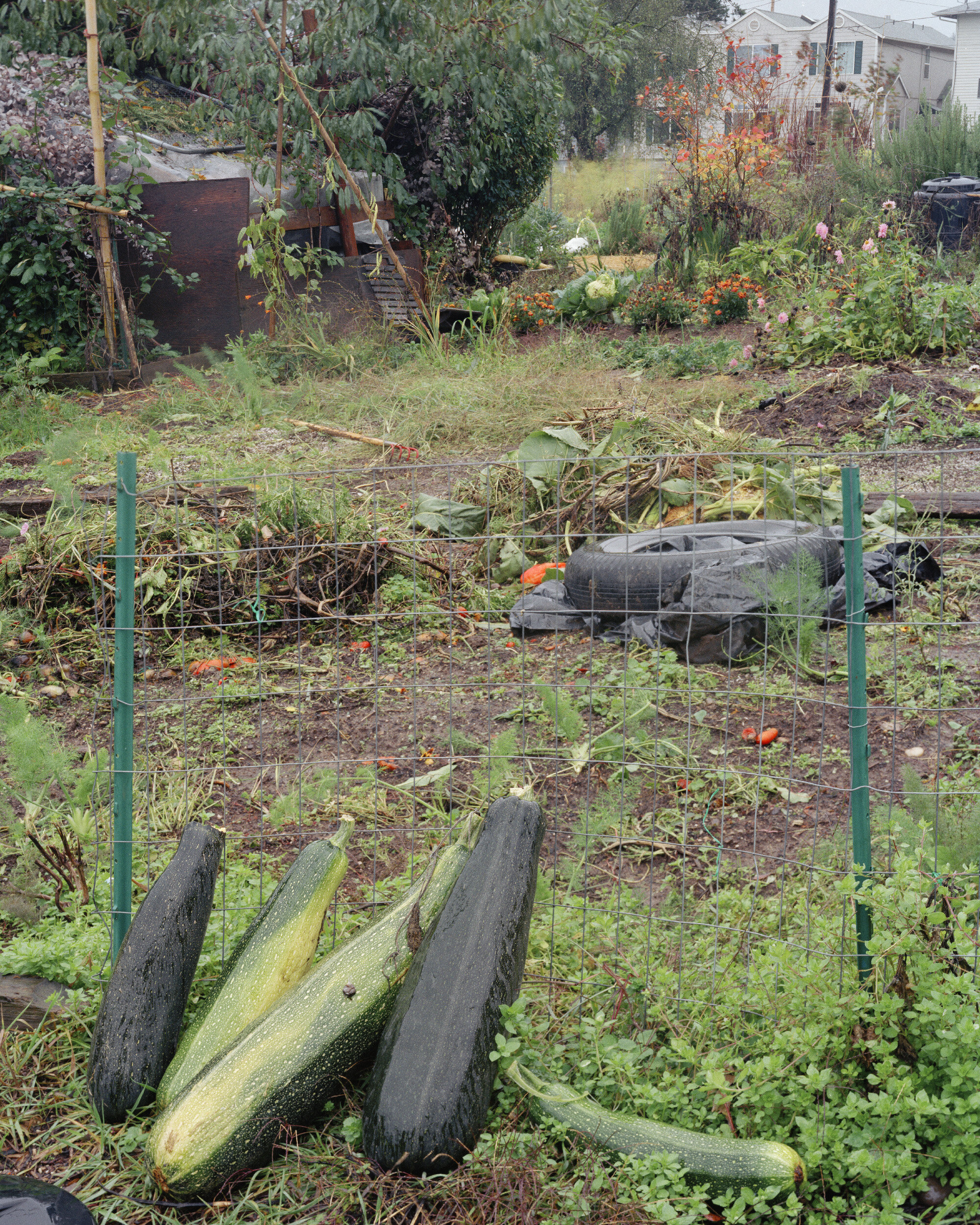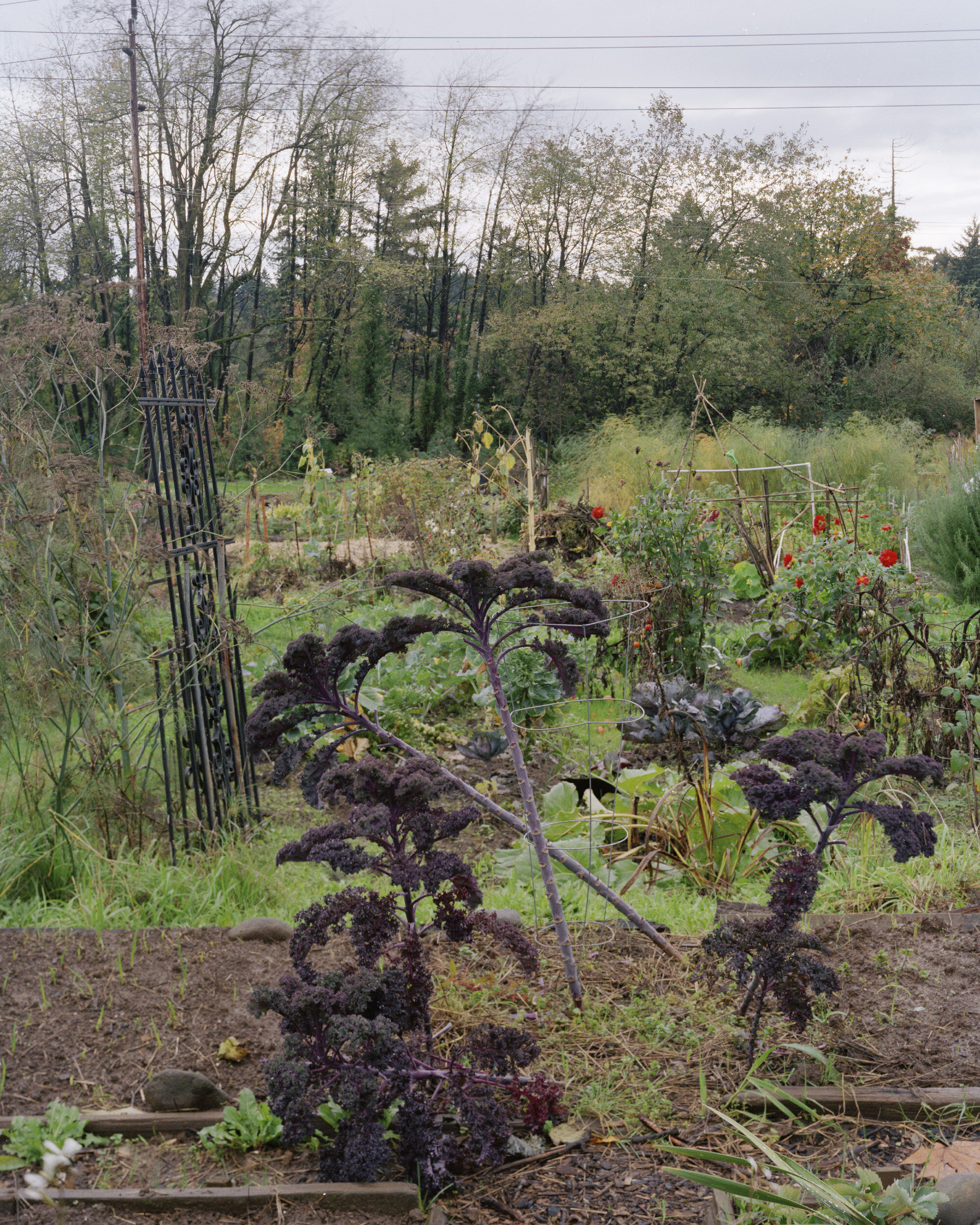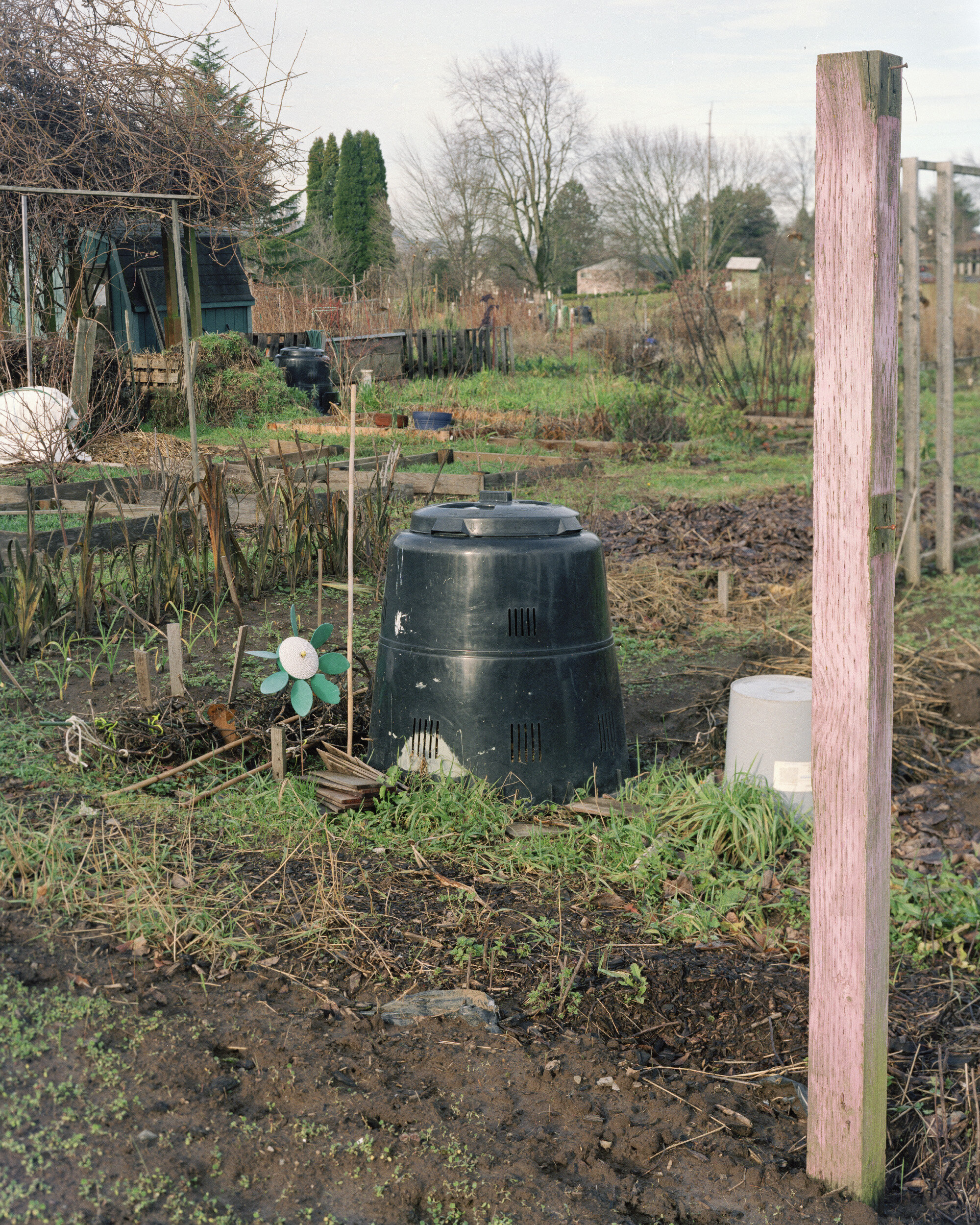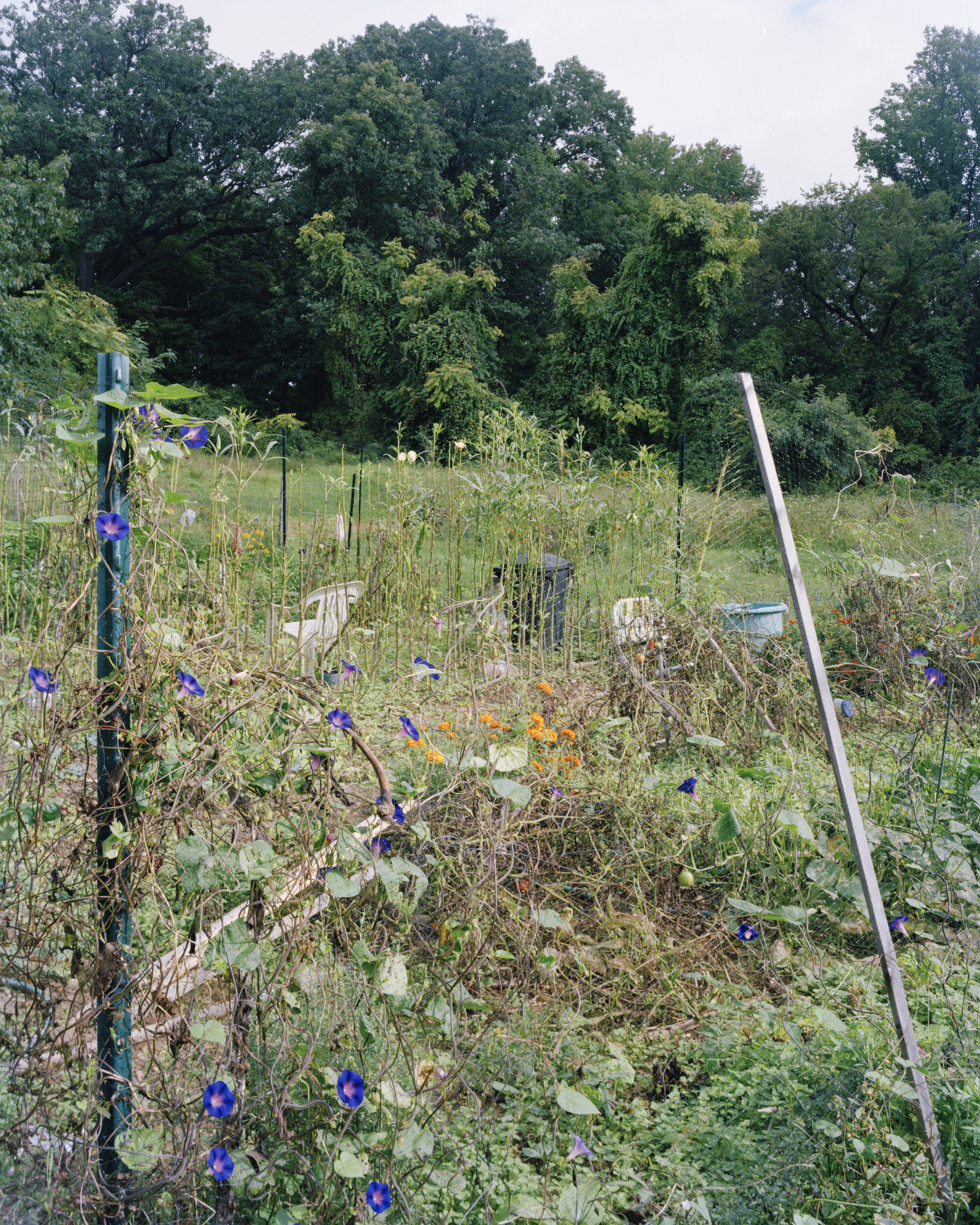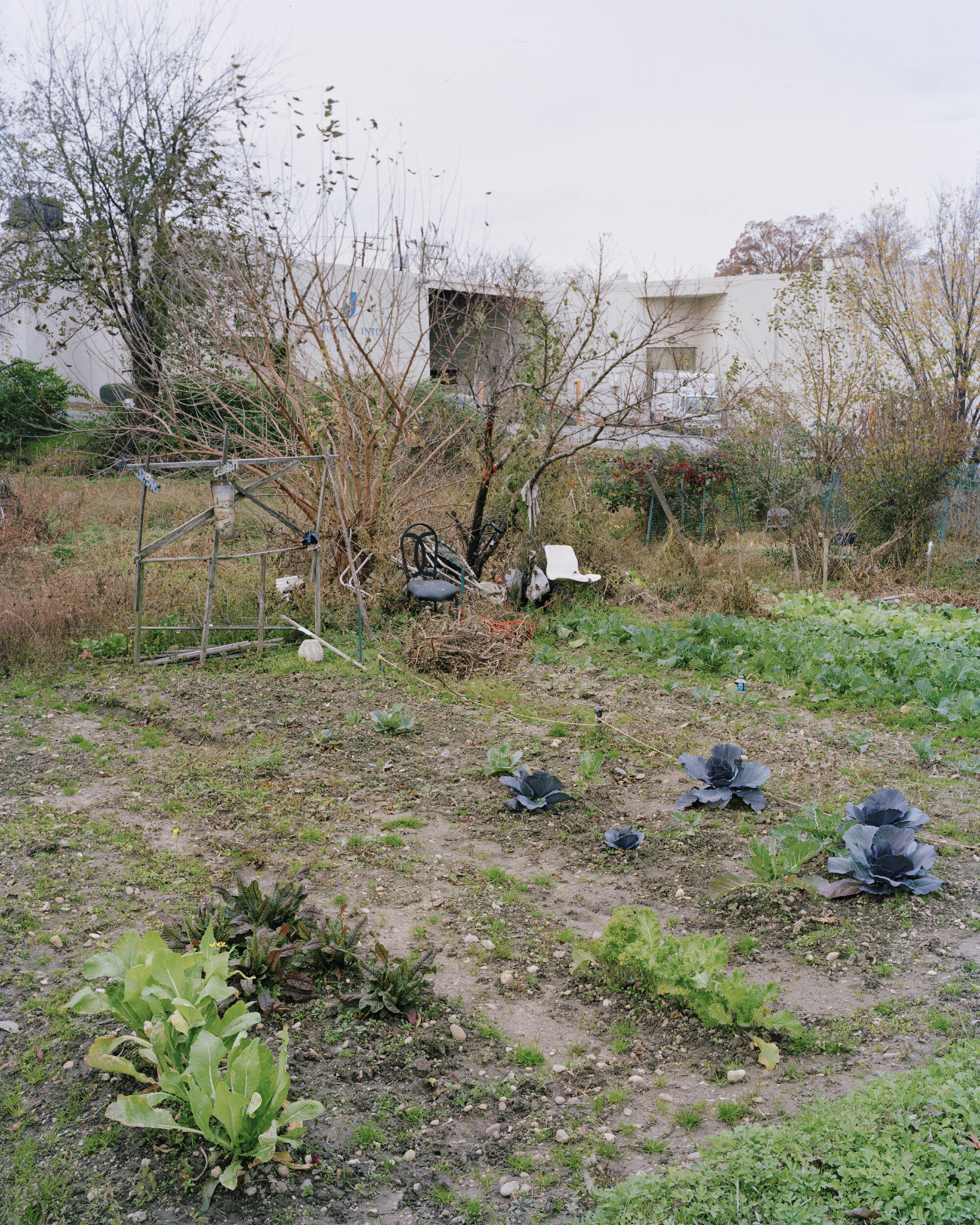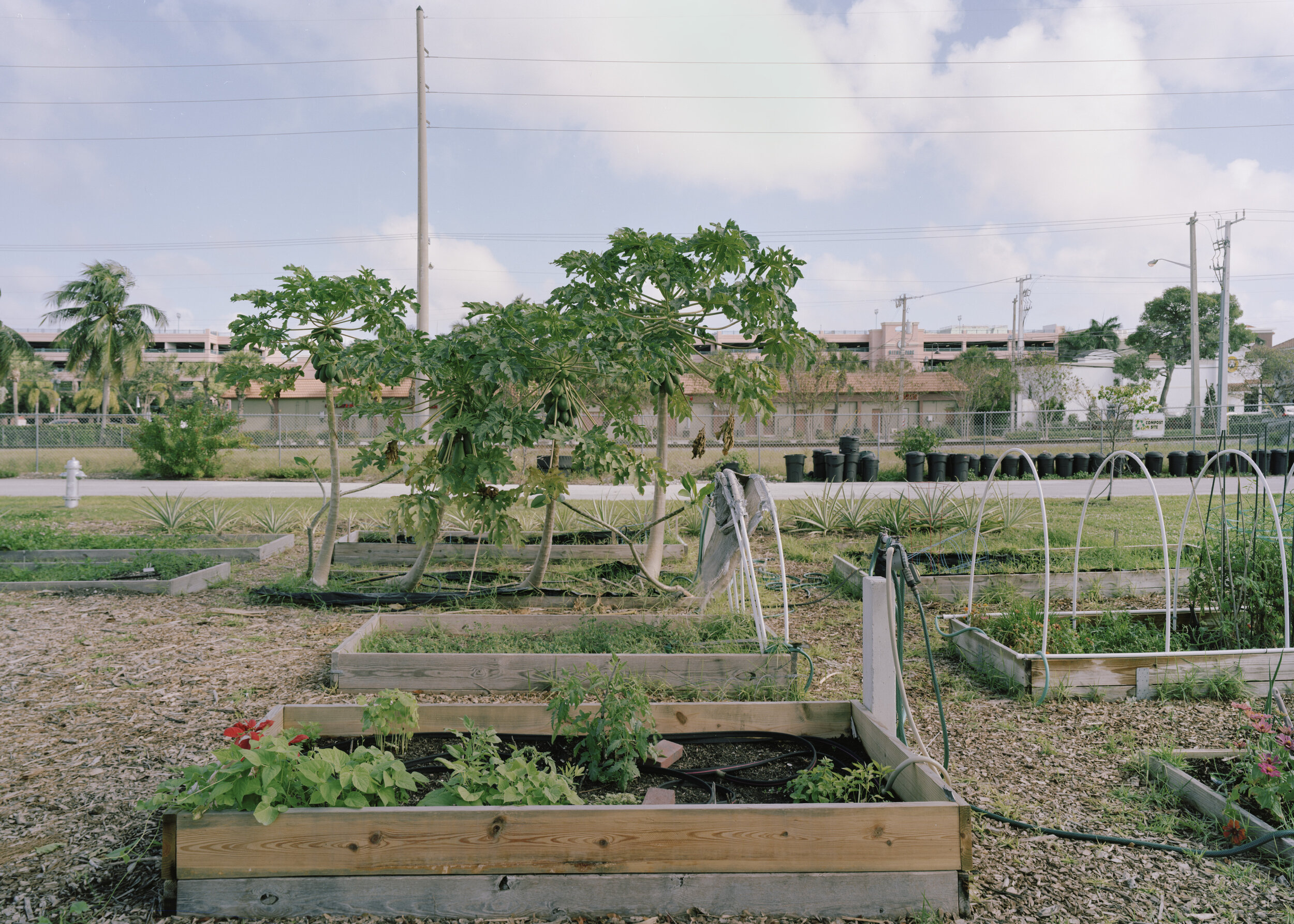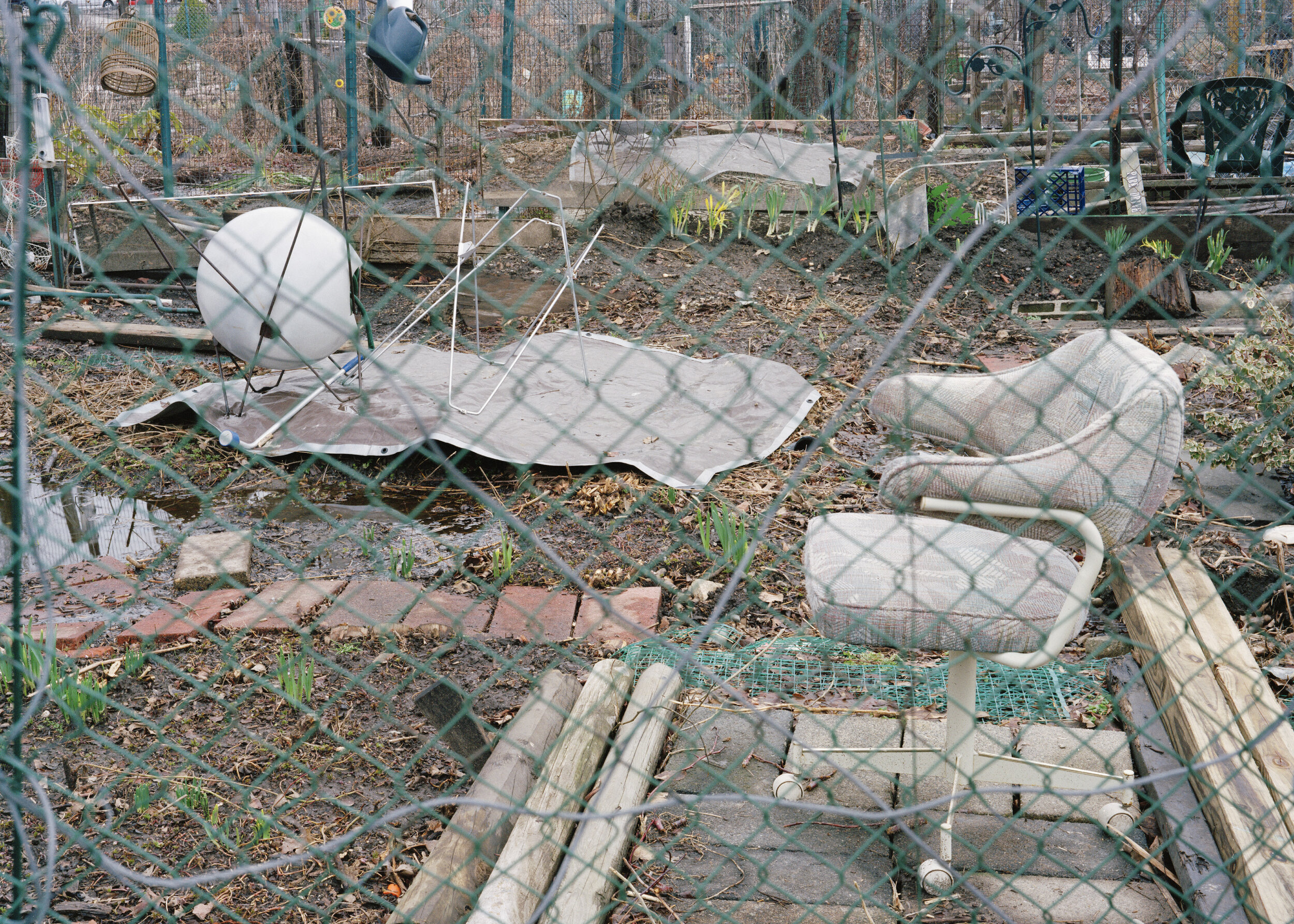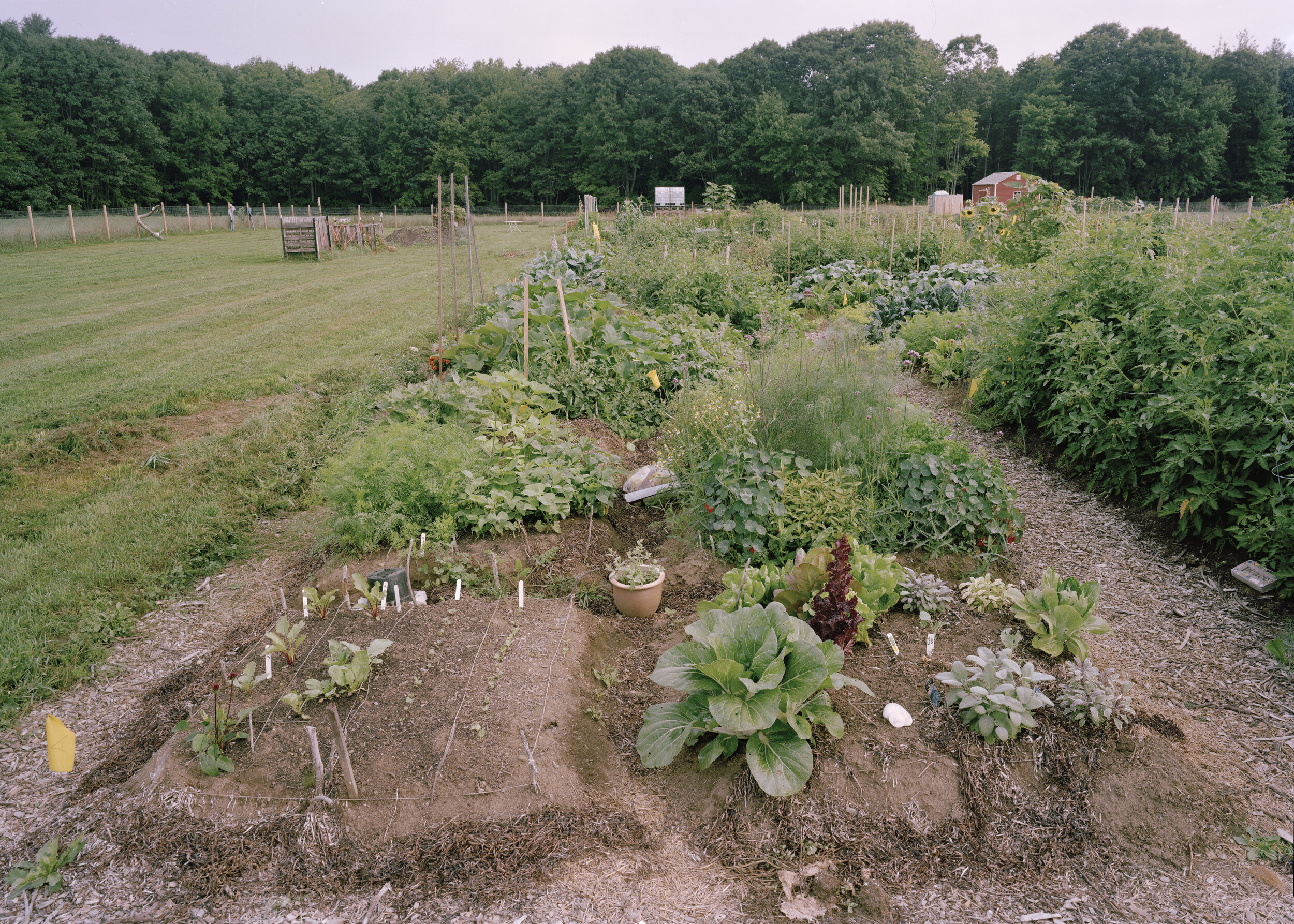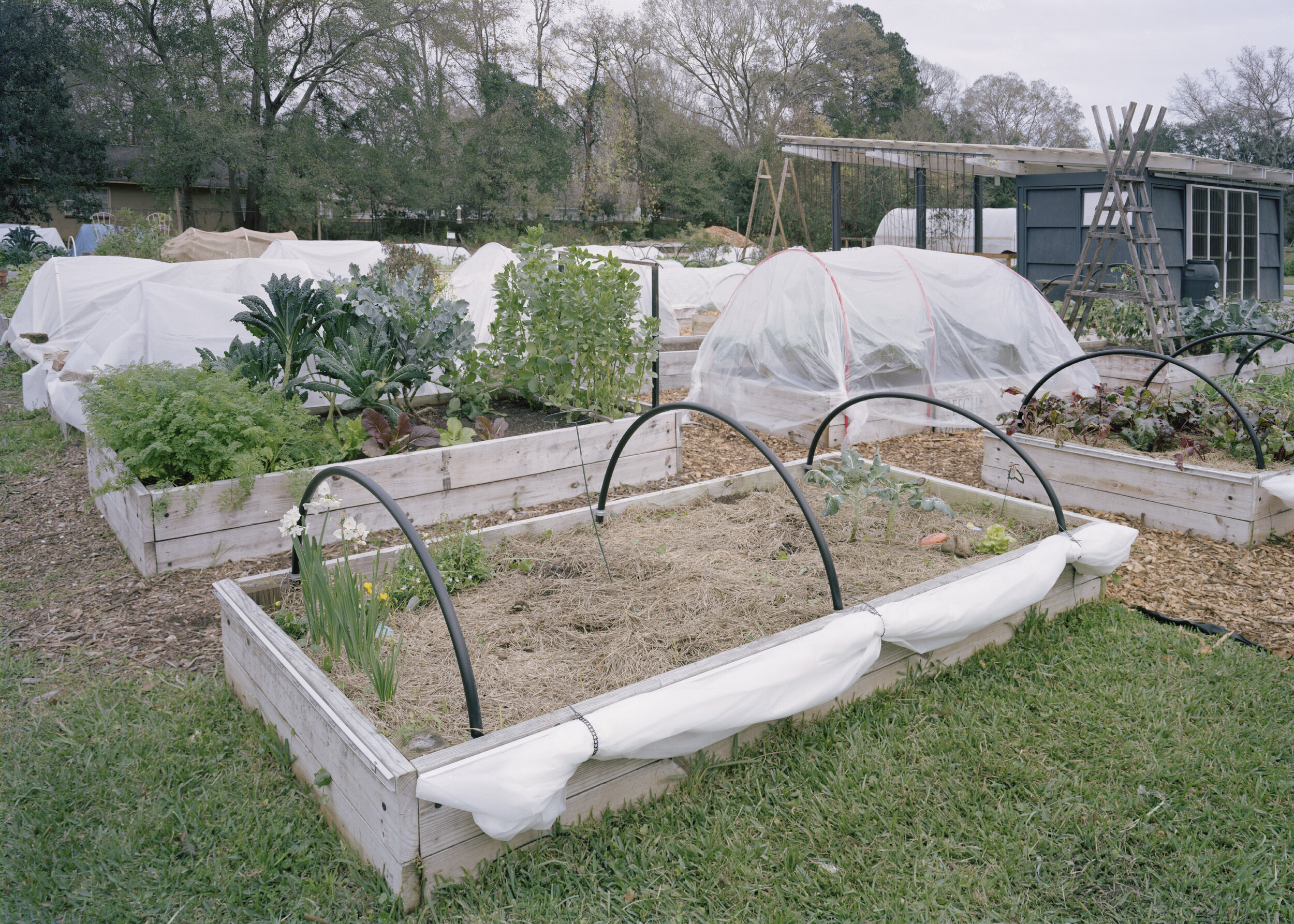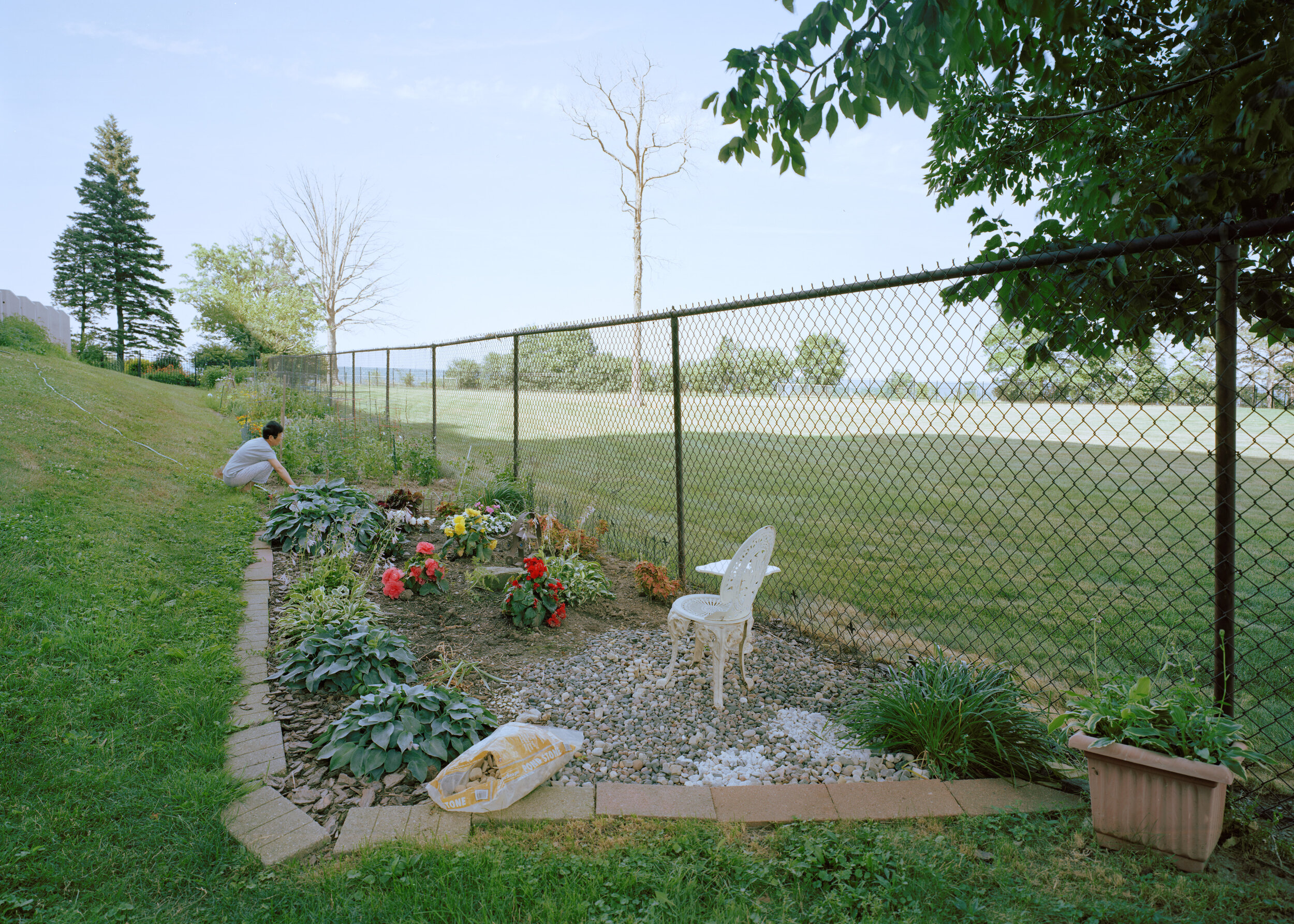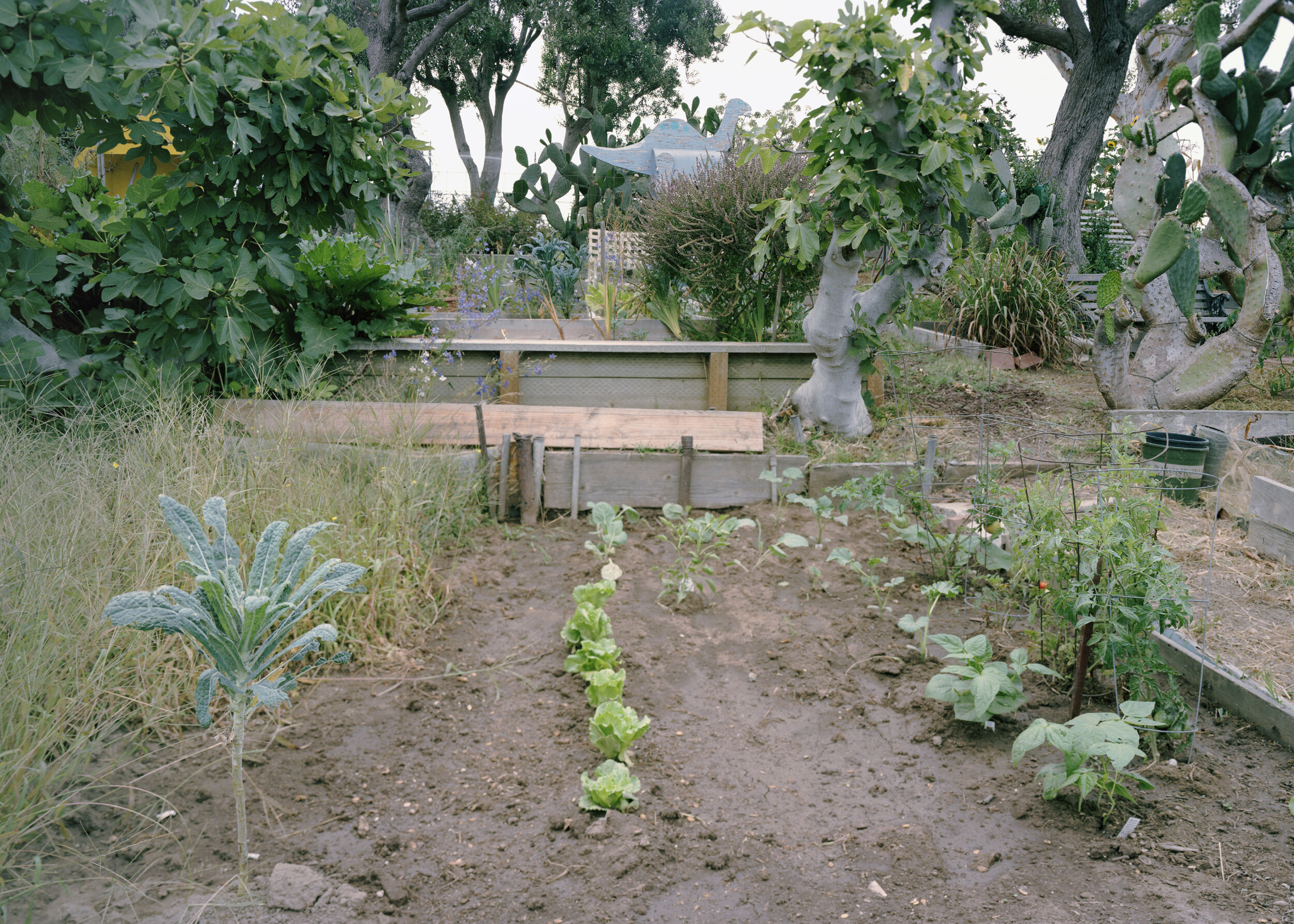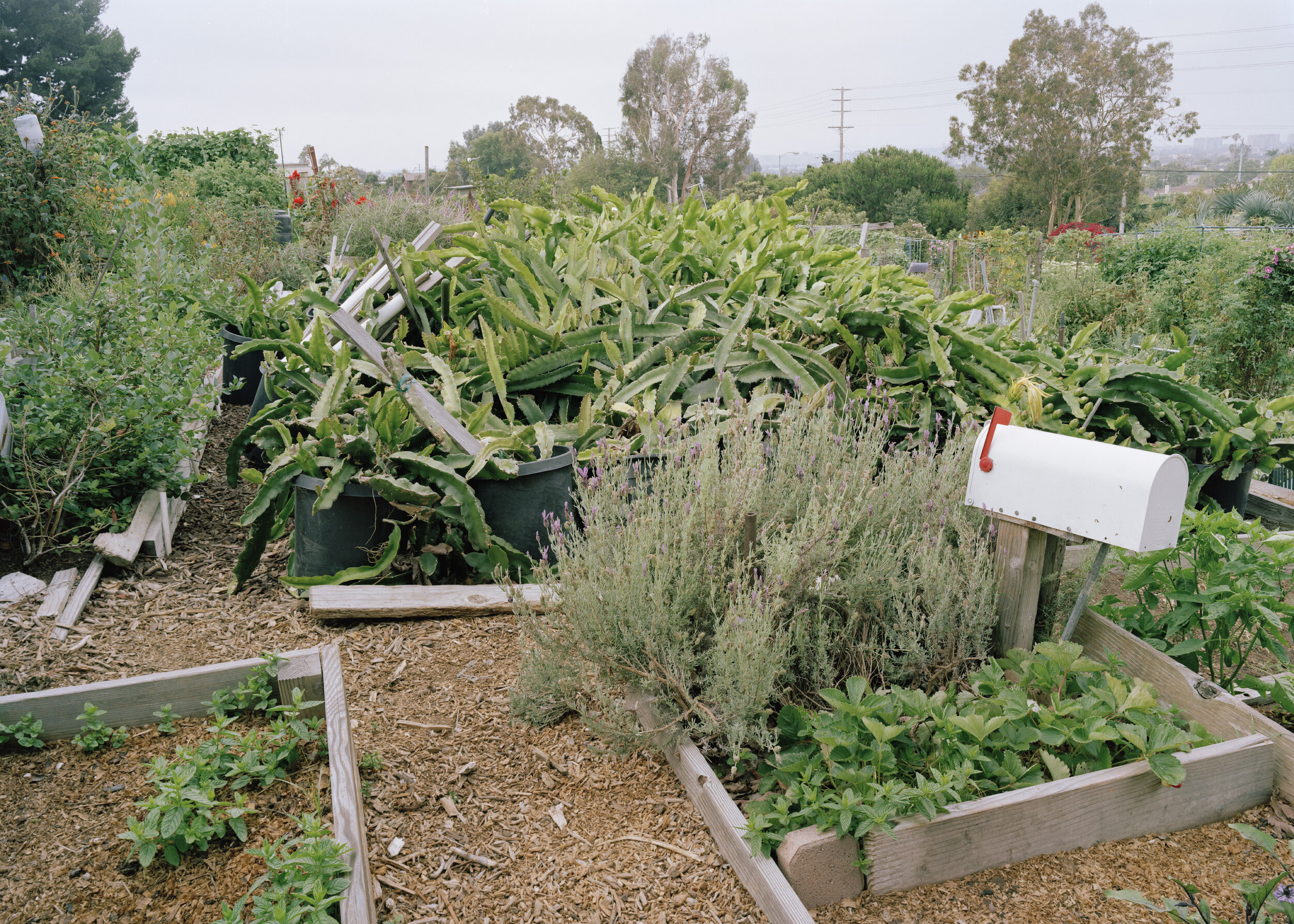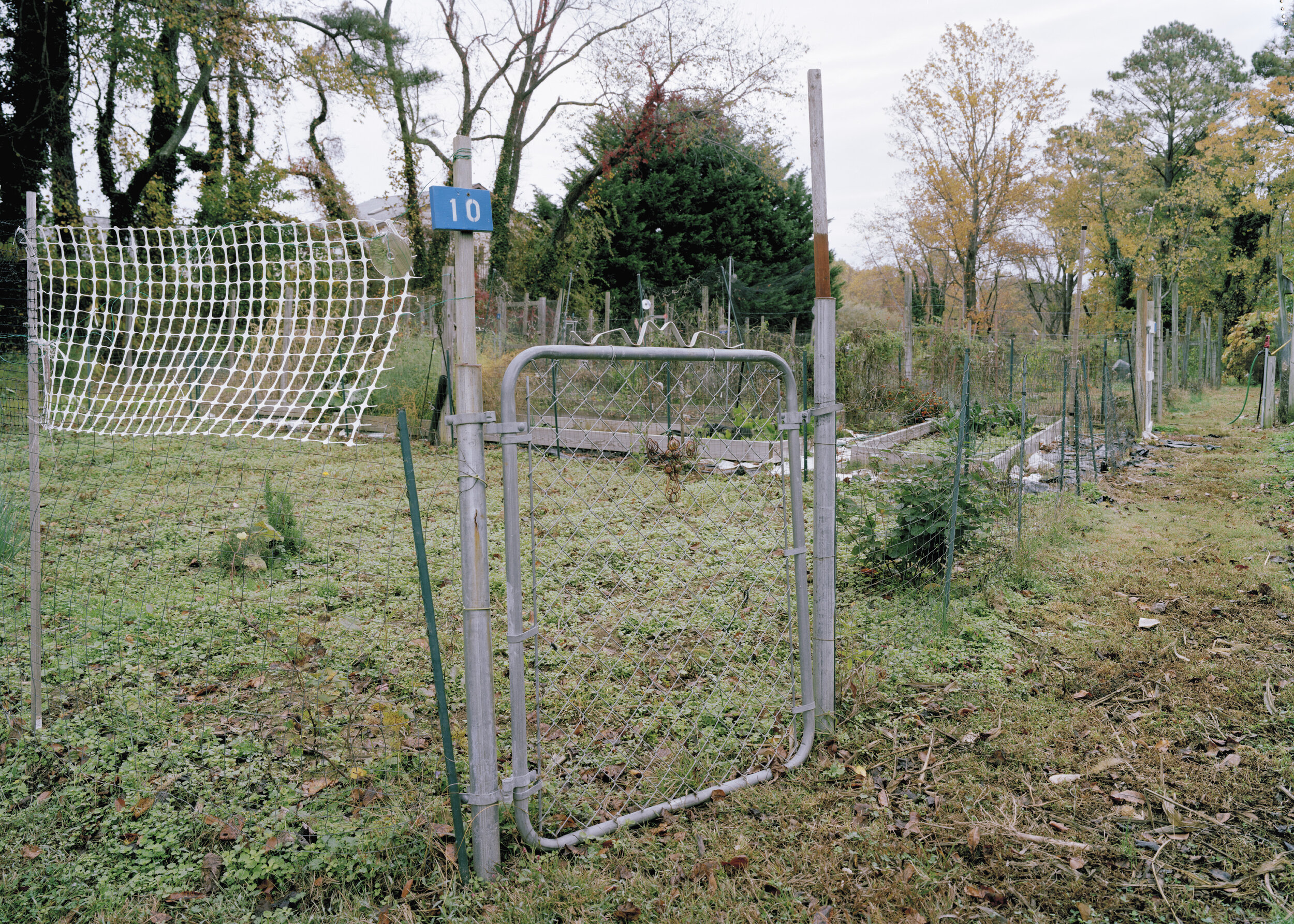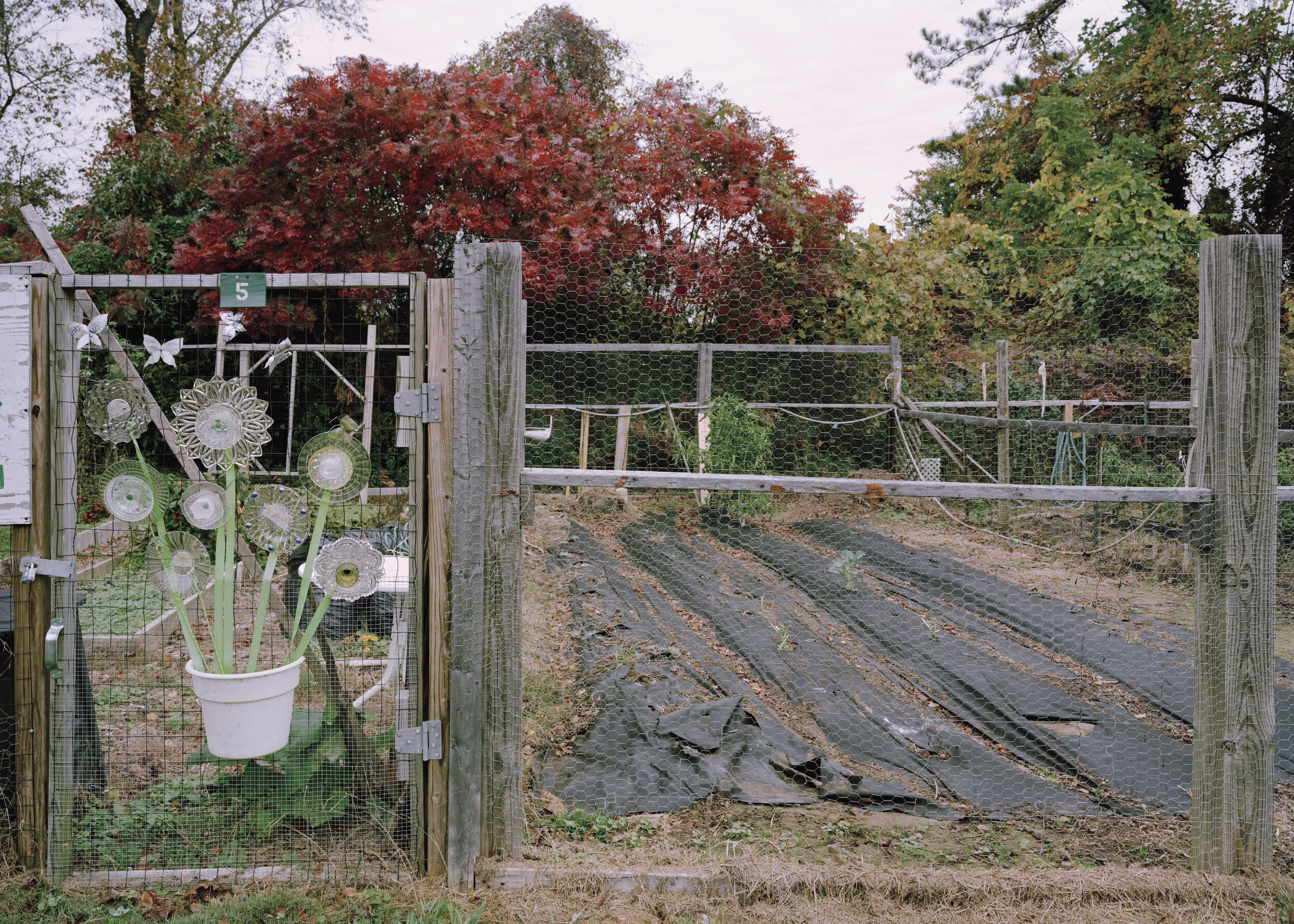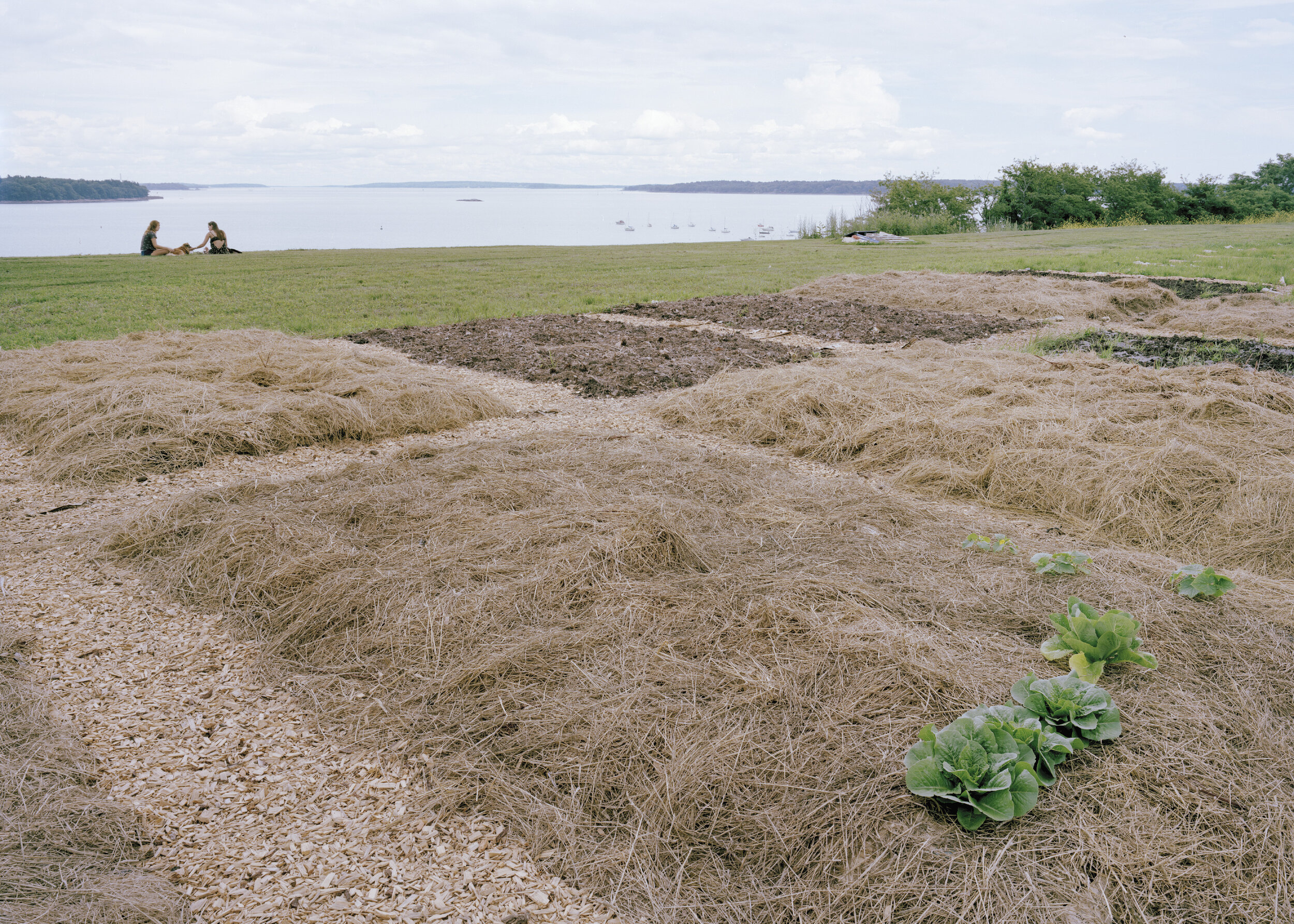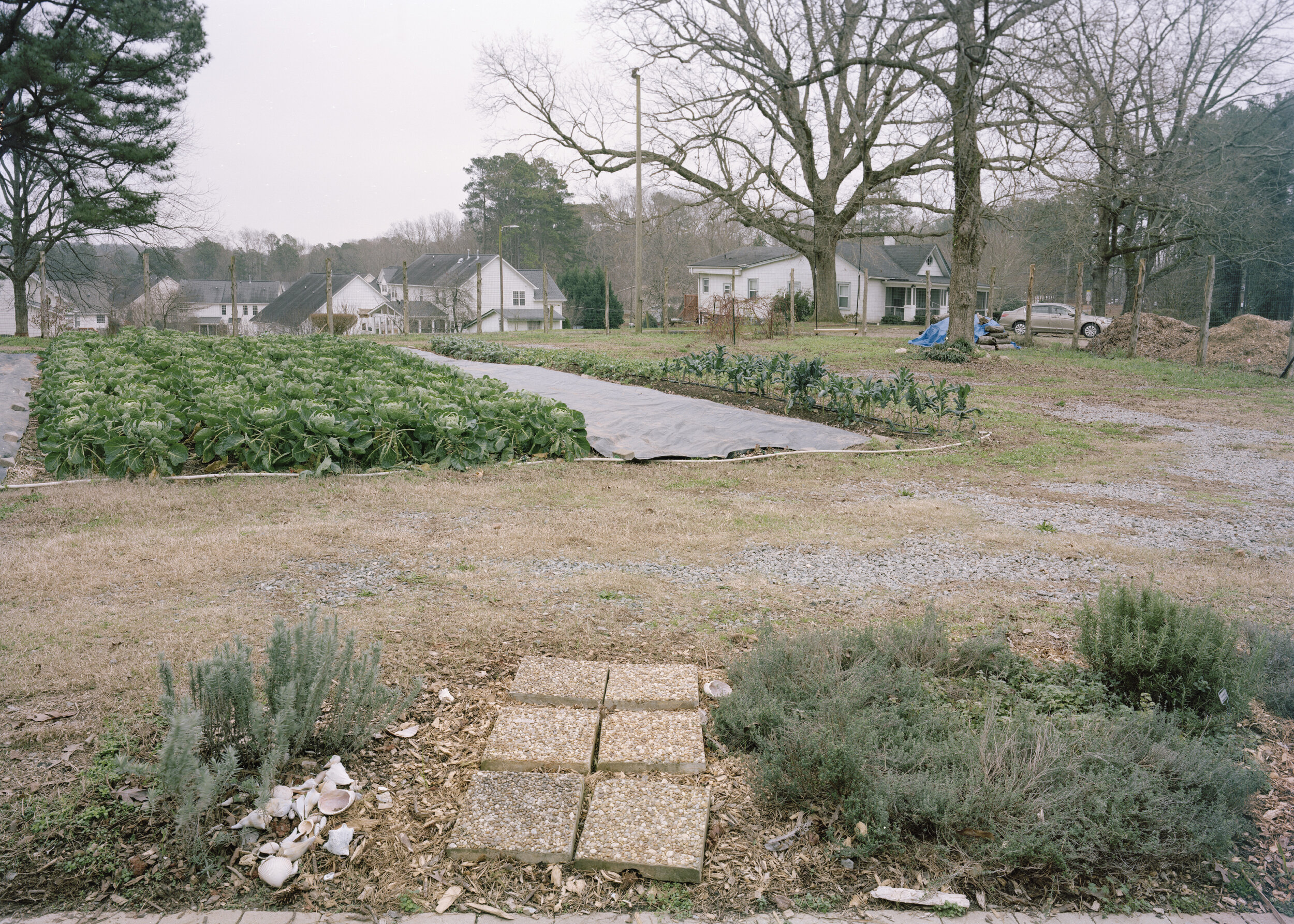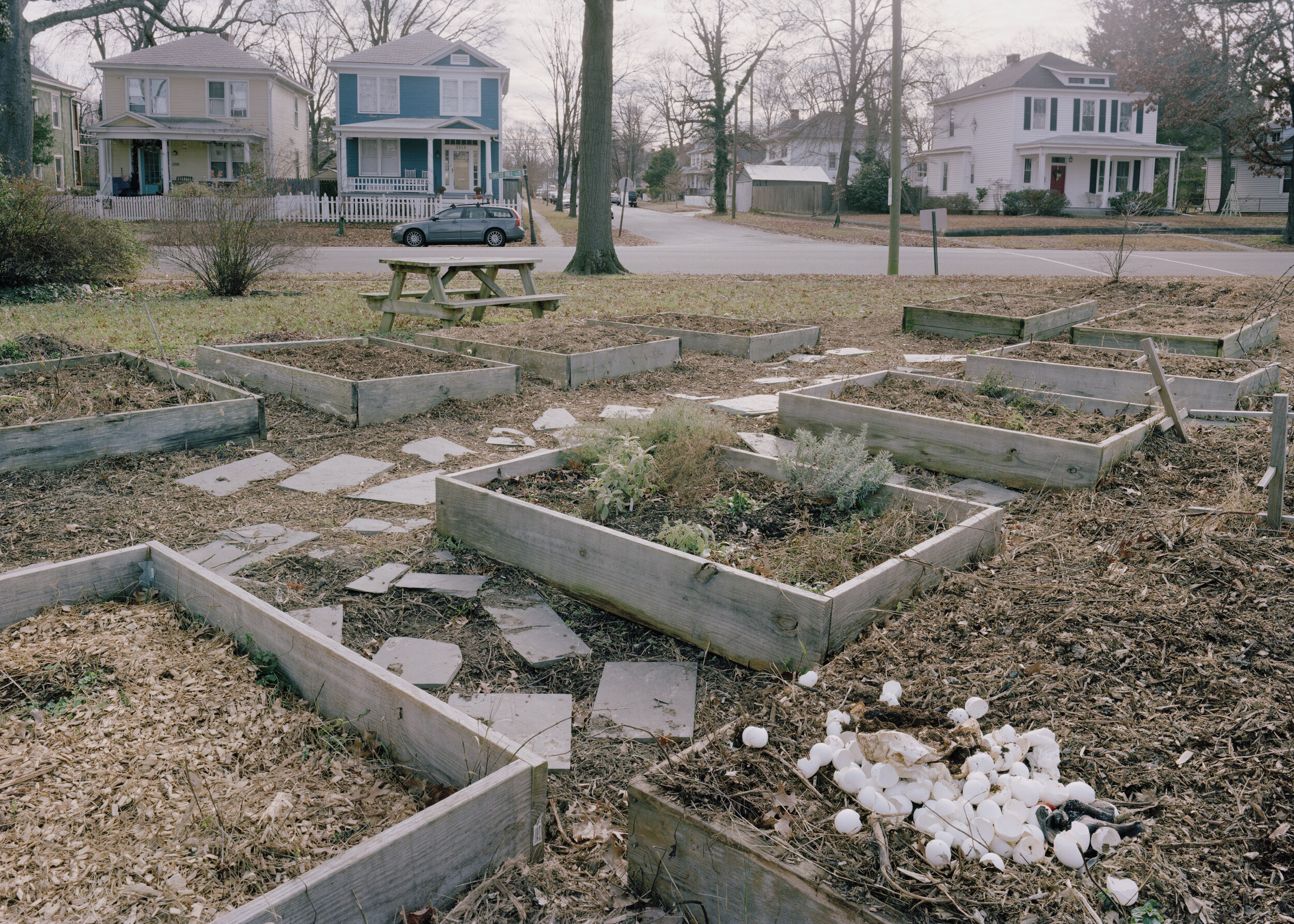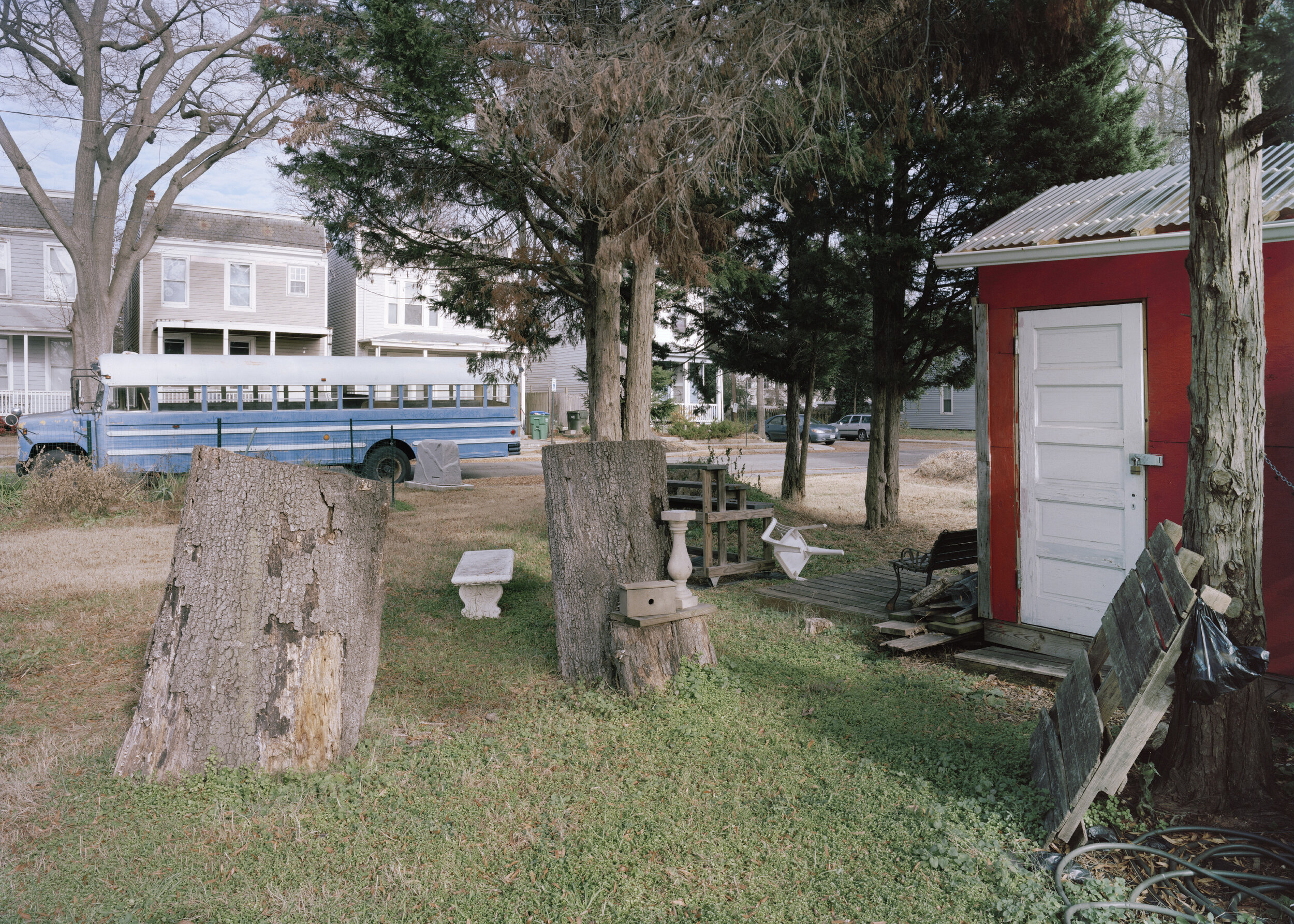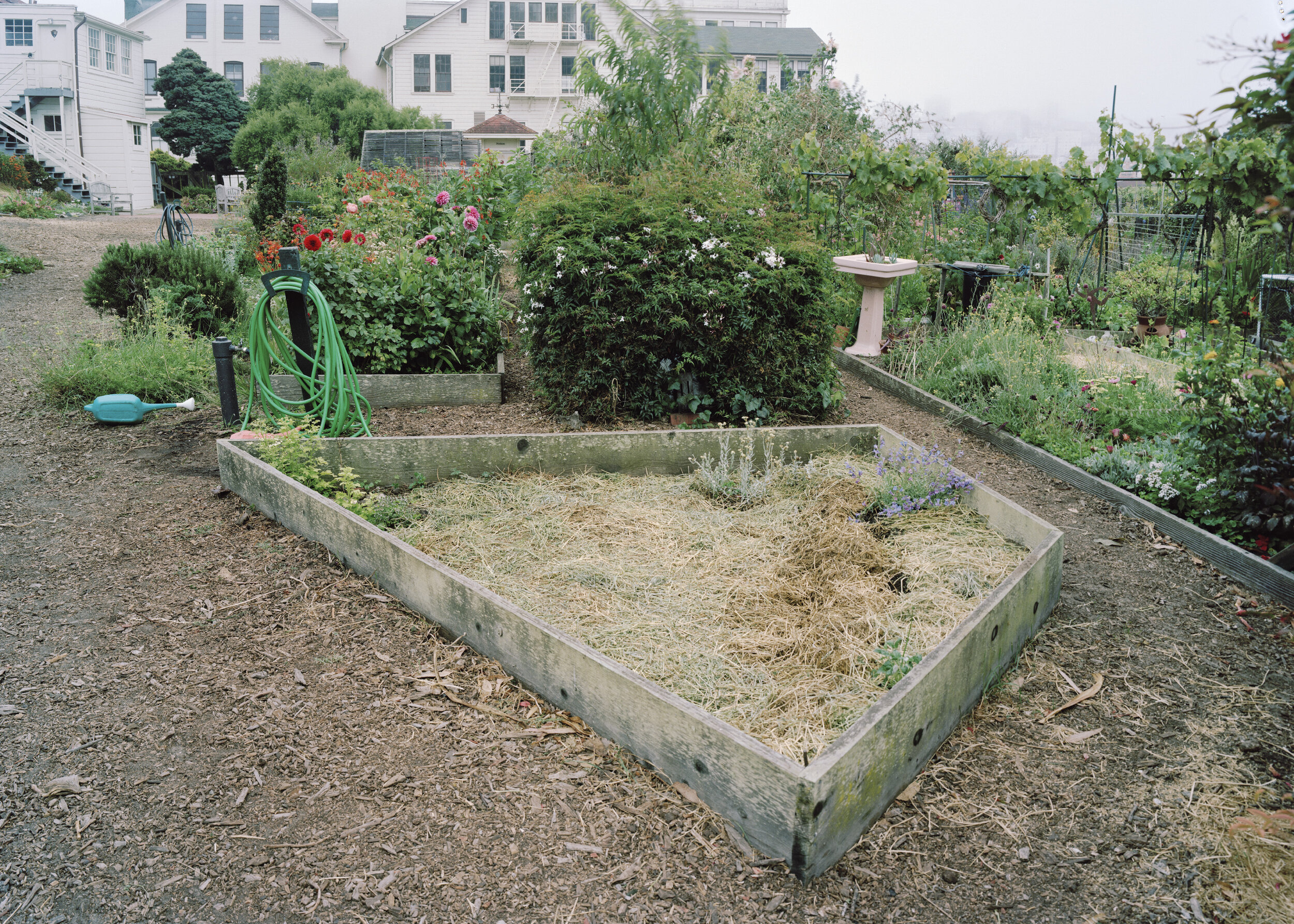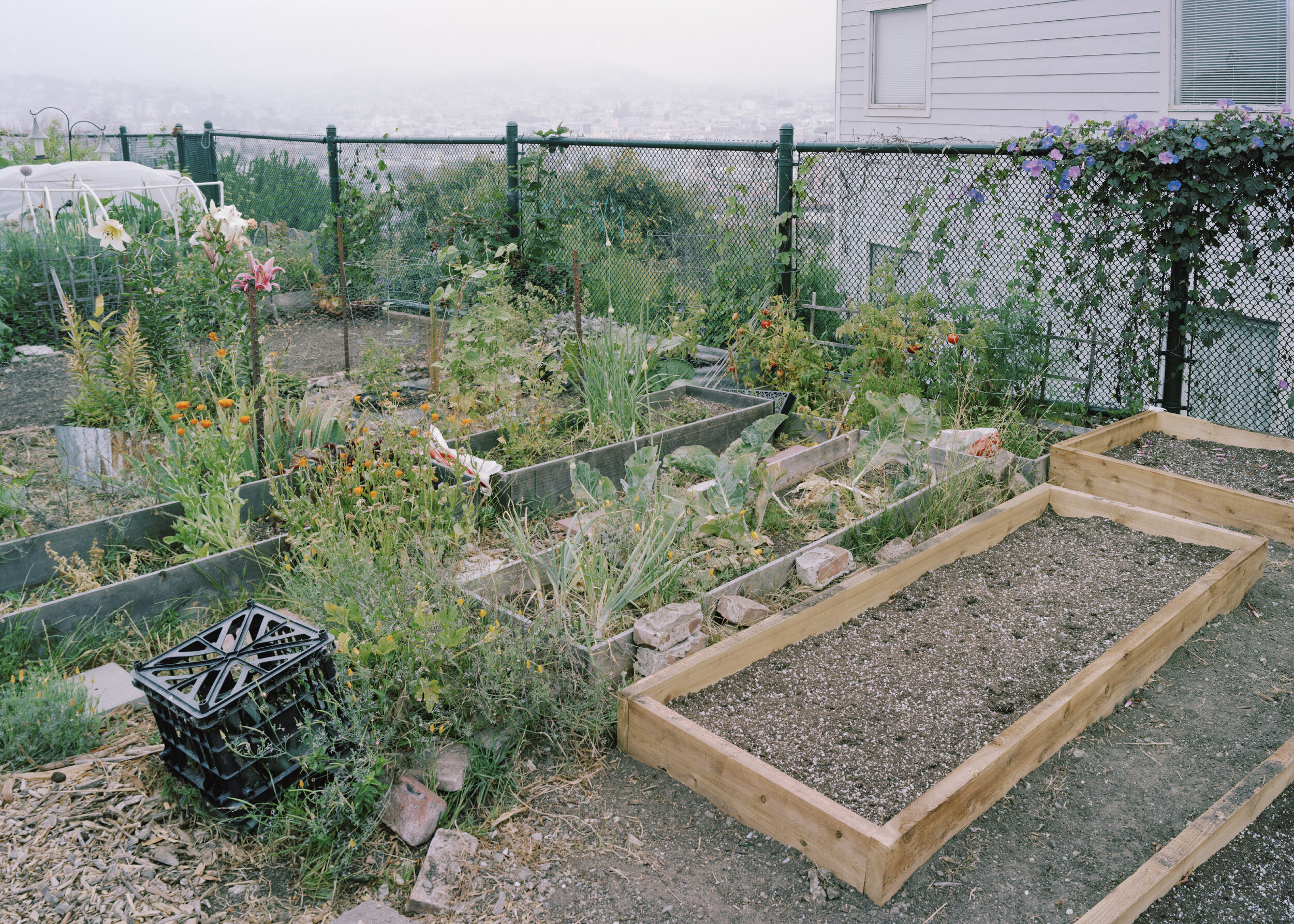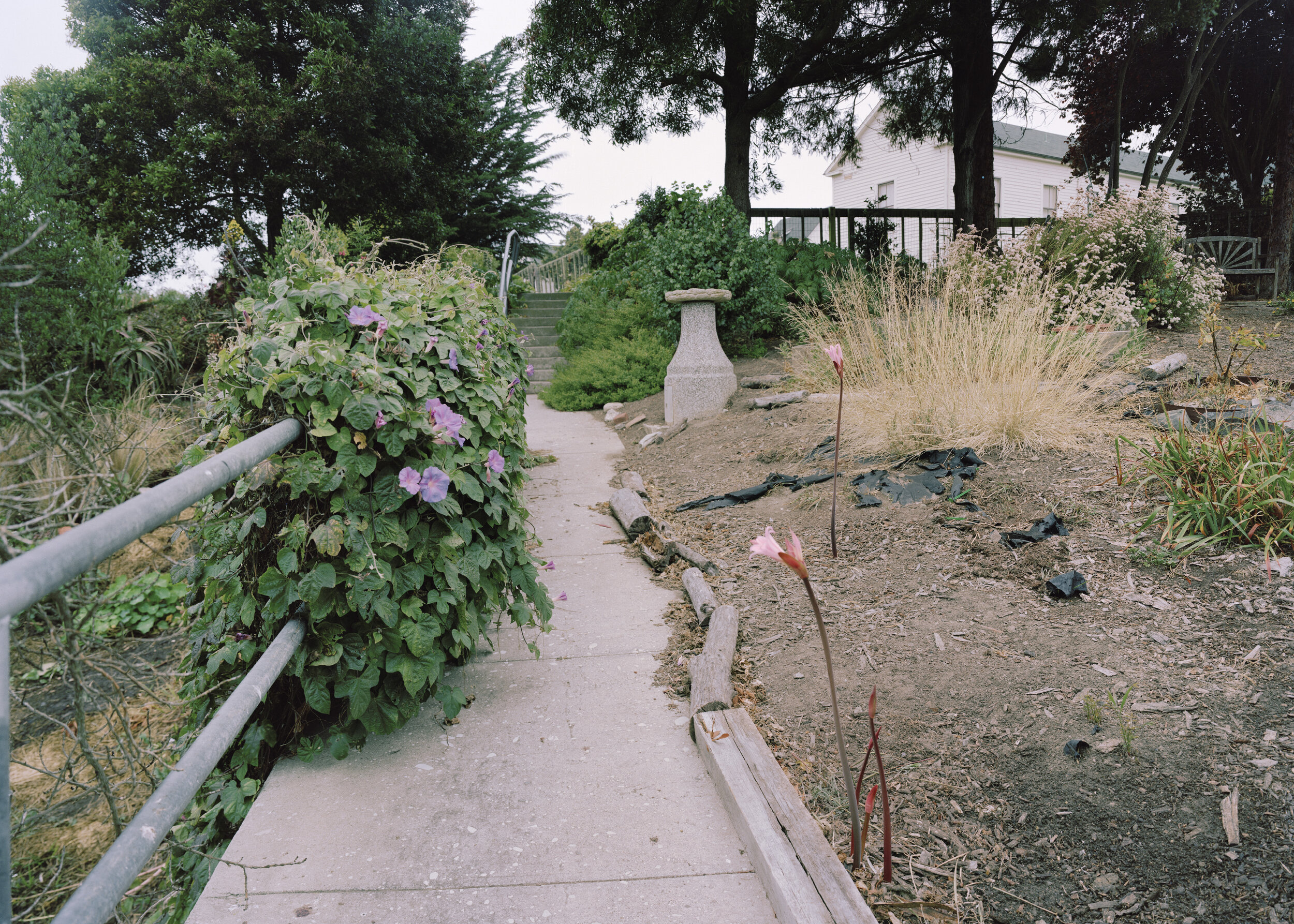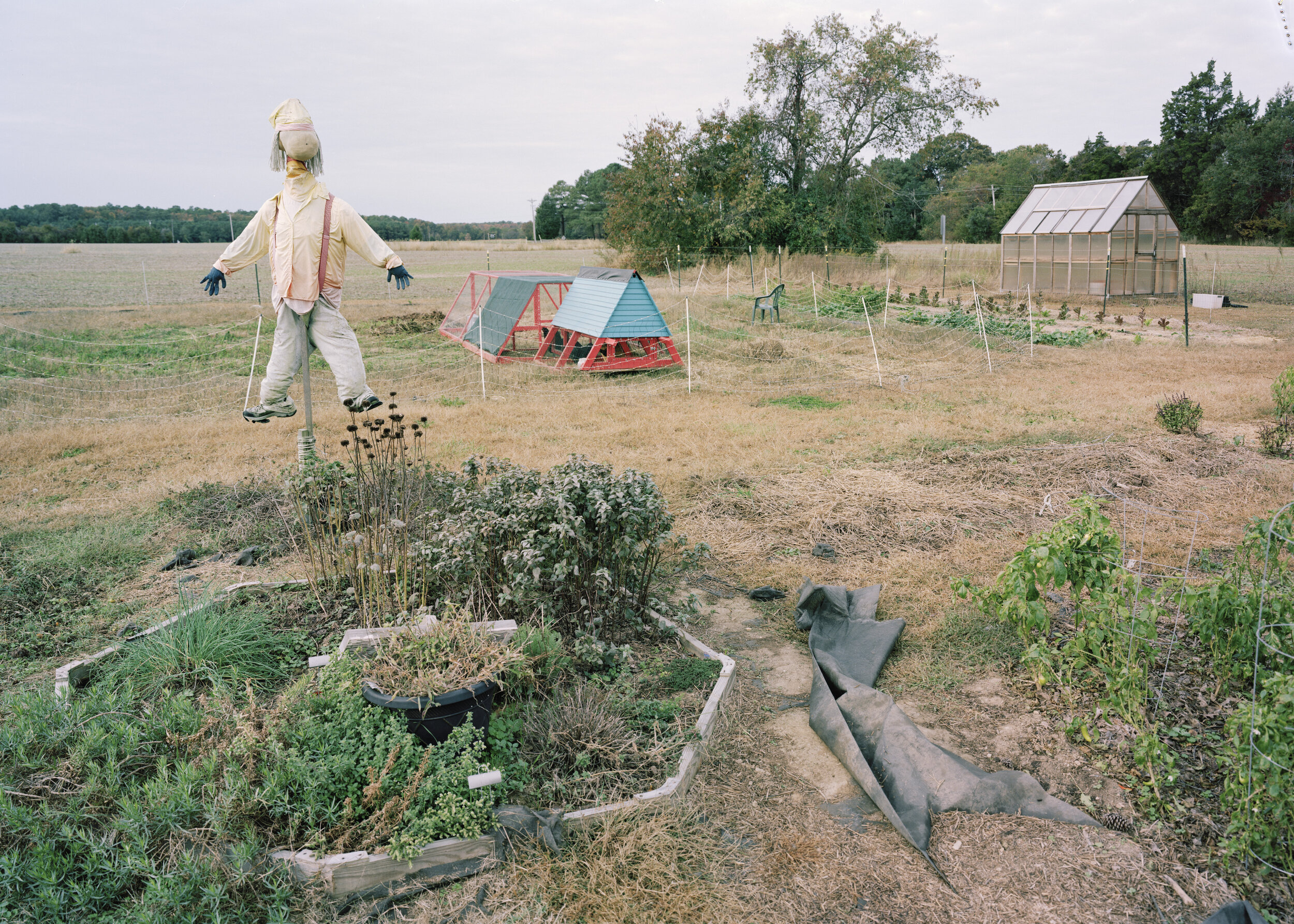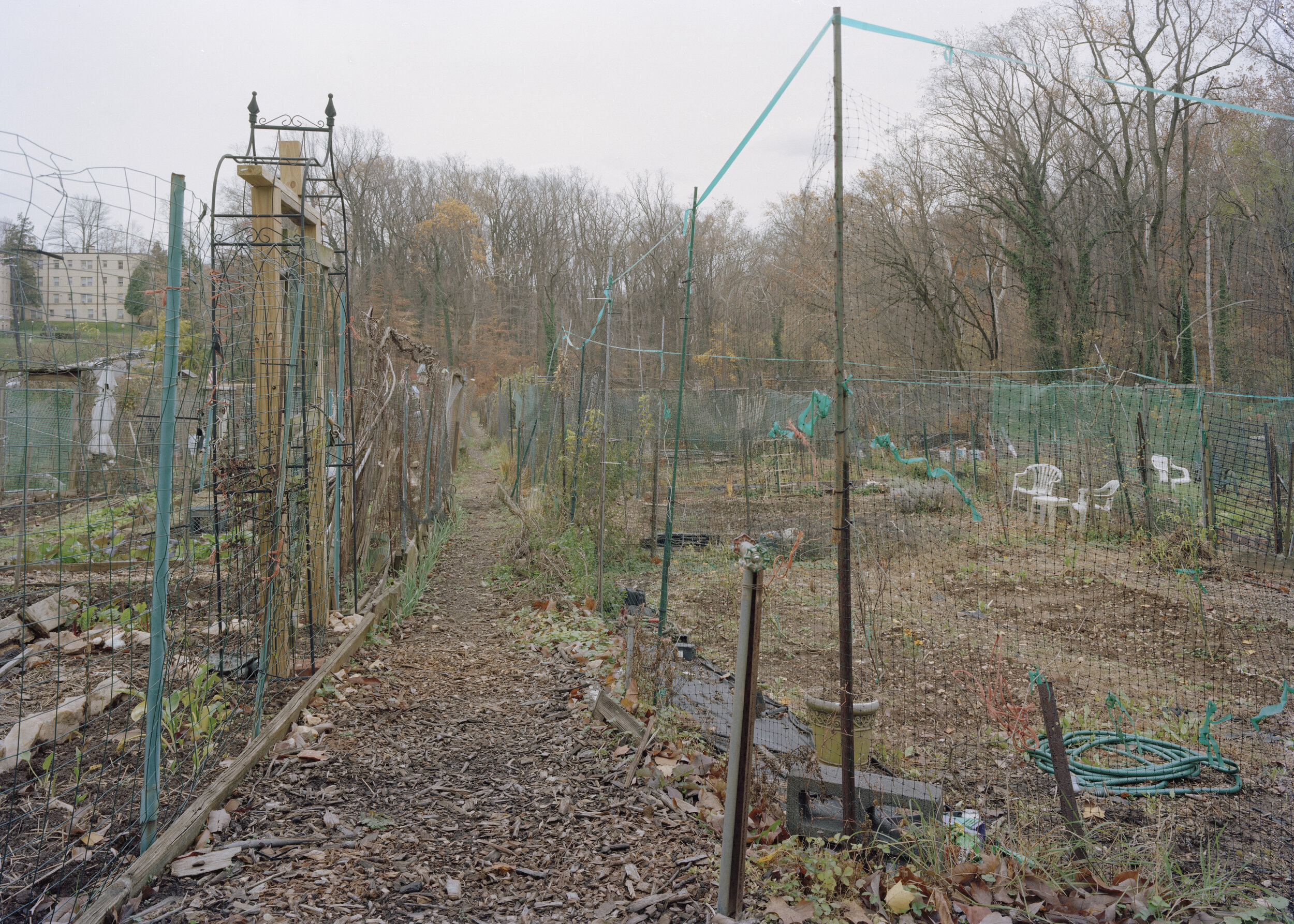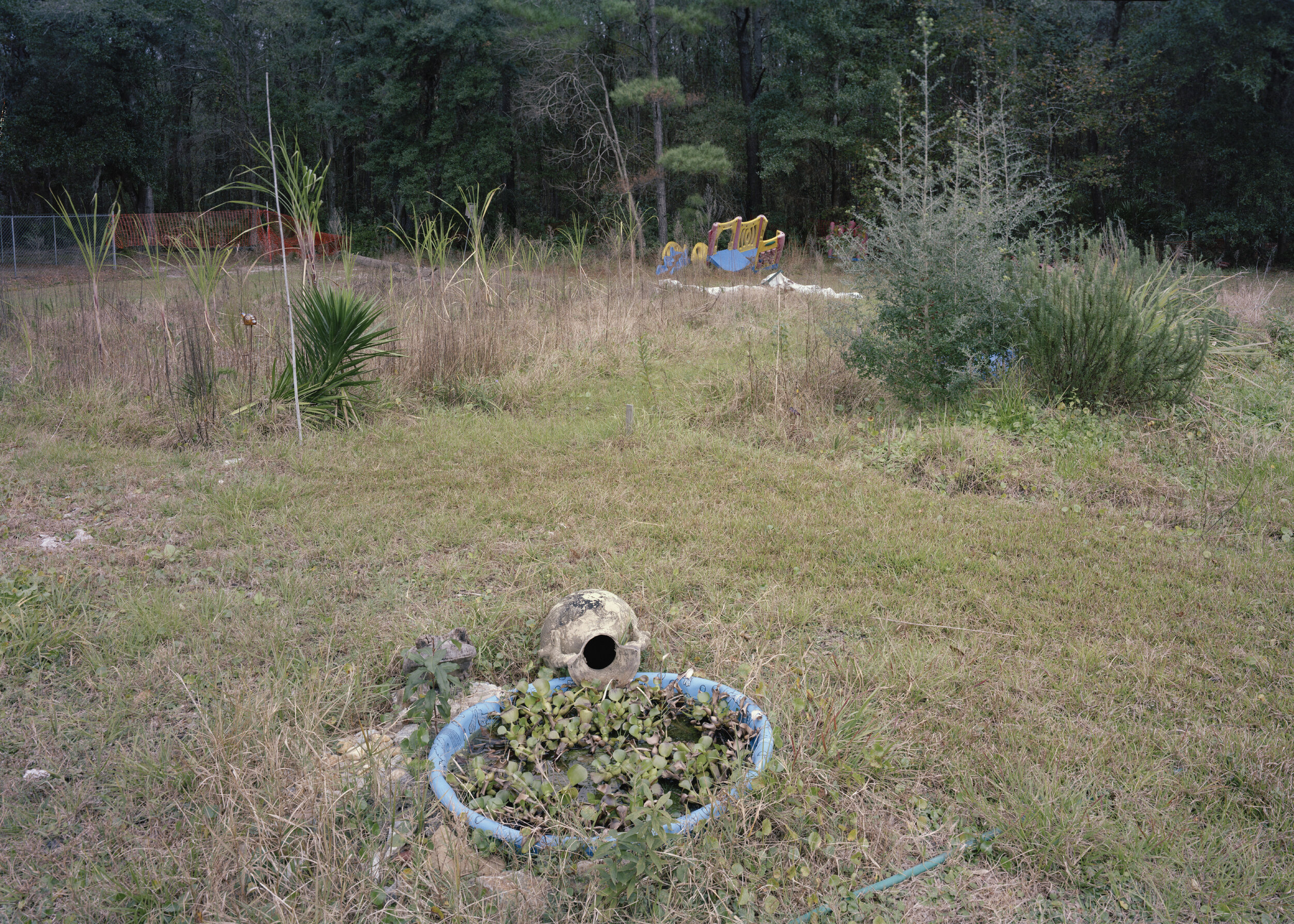Music, lyrics, and photographs by Bill Crandall. Get the song on Bandcamp: https://billcrandall.bandcamp.com
Social Justice, BLM, and Atlantika is a series of posts by Atlantika members that focus on the critical issues of race and social justice. The year 2020 has tragically brought together a pandemic with outsized impacts on communities of color and ongoing protests against the murder of George Floyd and the many others who have lost their lives as a result of racist violence. As our mission statement makes clear, Atlantika members have always valued “social responsibility, community, and nurturing a contemporary humanism through art.” However, in the wake of recent events, which are critical to the future of the nation and the world, Atlantika has renewed its commitment to make racial and social justice a lasting focal point -- and to do our part to bring about a powerful movement for change.
Bill Crandall
As an artist, I think a lot about relevance. I definitely admire straight-up beauty - which of course has its own relevance - but I try to challenge myself to create work that is truthful and brings itself to bear against our common challenges in some way. A dilemma is how direct to be. Shouty didacticism won’t win many converts, and can be boring art. How do we get people to care? Usually I choose a more indirect approach, wrapped in beauty and humanity as a lure before the relevance-trap snaps the viewer’s fingers. Hopefully they’ll start caring before they even realize it, before they can activate their defenses to caring.
I’ve been writing songs in the past several years, often with loose conceptual threads to relevance, but after George Floyd I knew I needed something more direct. I was angry. I picked up a guitar and quickly banged out a couple of fast, driving, chord progressions with a sketch of melody. That’s usually where I start. The lyrics didn’t come right away, not until I gave myself a deadline to finish before a small concert I was part of in my front yard for neighbors (which during COVID counted as a major live-music event).
I still resisted being too direct. I figured if A Hard Rain’s A-Gonna Fall can be a protest song, there’s room for nuance, word play, and ambiguity. I wanted to speak to the culture of white supremacy that’s killing black people. I’ve been learning in racial equity work I’ve been doing, it’s not the shark (overt racists), it’s the water (white dominant culture that suffuses everything). White culture is not bad in itself, there is much I dearly love about it. But there has to be a more inclusive re-balancing. And yes, we are going to have to give something up to do that. It’s the only way forward.
White privilege does not mean whites have easy lives. But if what was happening to blacks was happening to whites there would be a revolution. So if it’s that bad, which it is, we can’t tolerate these conditions for anyone if we ourselves wouldn’t tolerate them. Otherwise we are willing, complicit oppressors based on self-interest, not wanting to give up a shred of power even to save the lives of our fellow humans. The way white people are raising and conditioning their children - whether intentionally or not, it’s not about intention - is creating the George Floyds of tomorrow. We all have work to do, but many if not most white people, even on the left, refuse to see it.
So the words touch on that. The sense of futility watching another black life snuffed out before our eyes, all that’s left is “minding the traces” as witnesses. The world recoiling from us in horror, as they see how little we value human life, how far we’ve fallen from moral anchors. The arc from slavery’s abuses revealed in scars, to today’s revealed on screens.
For the video imagery, I dug into my project archives. I realized I have quite a number of photos of black people, black lives, that matter to me. Some are of my family, which is interracial. Some are of strangers in fleeting moments of resonance. They don’t show black people at their worst, deserving our condescending pity. Nor are they sugarcoated. They are complex lives, full of mystery, joy, dignity, and hardship. In other words, ordinary lives worth caring about. I hope black people can recognize themselves in affirming ways, and white people find themselves drawn into the images - and caring before the trap snaps shut. I do it for my biracial daughter, my ‘silver girl’.
Fallen
Fallen on the street
And all the girls you know
Are wasting their time
Calling on your phone
Calling out to stop
And minding the traces
Blue from sticks and stones
And all the world you know
Is reeling us out
Finding that a breath here
Like a life
Is too expensive
If the fallen could be you
And the wasting could be mine
Then you’d say it’s too many times
And the fear of what could break
In the lives that you made
Keeps your mind on autopilot
From the raw backs of the owned
To the new blood on the phone
A silver girl can’t face these times, so I rise
We rise
If the fallen could be you
And the wasting could be mine
Then you’d say it’s too many times
And the fear of what could break
In the lives that you made
Keeps your mind on autopilot


